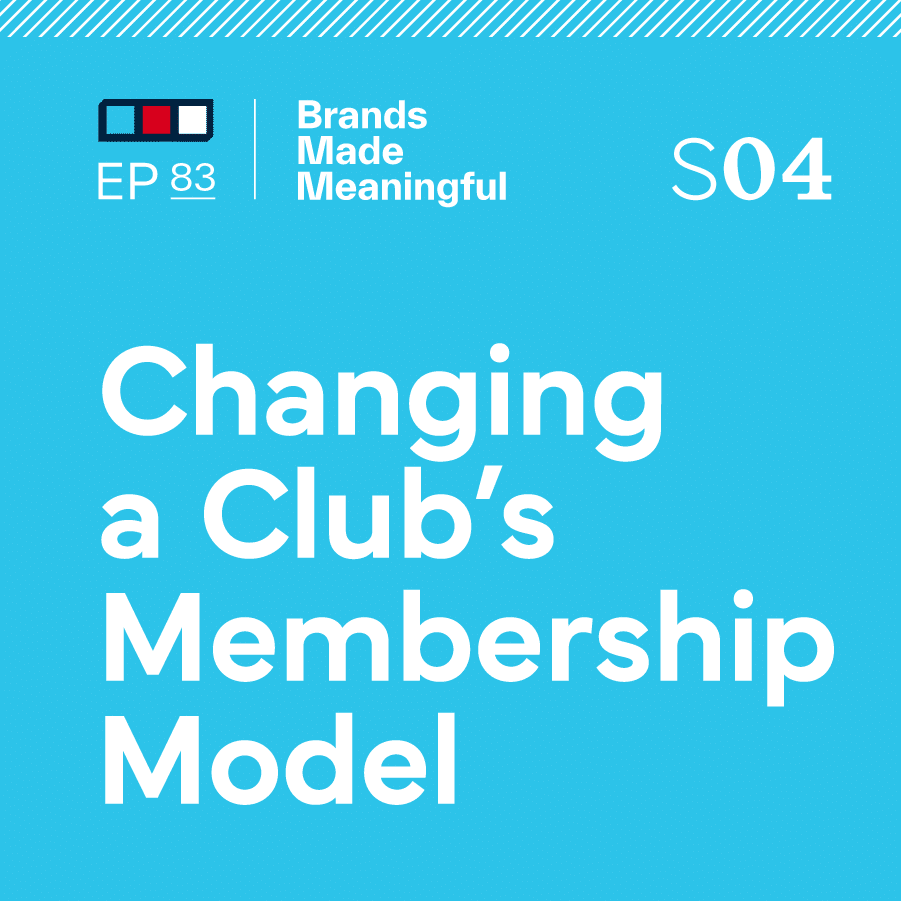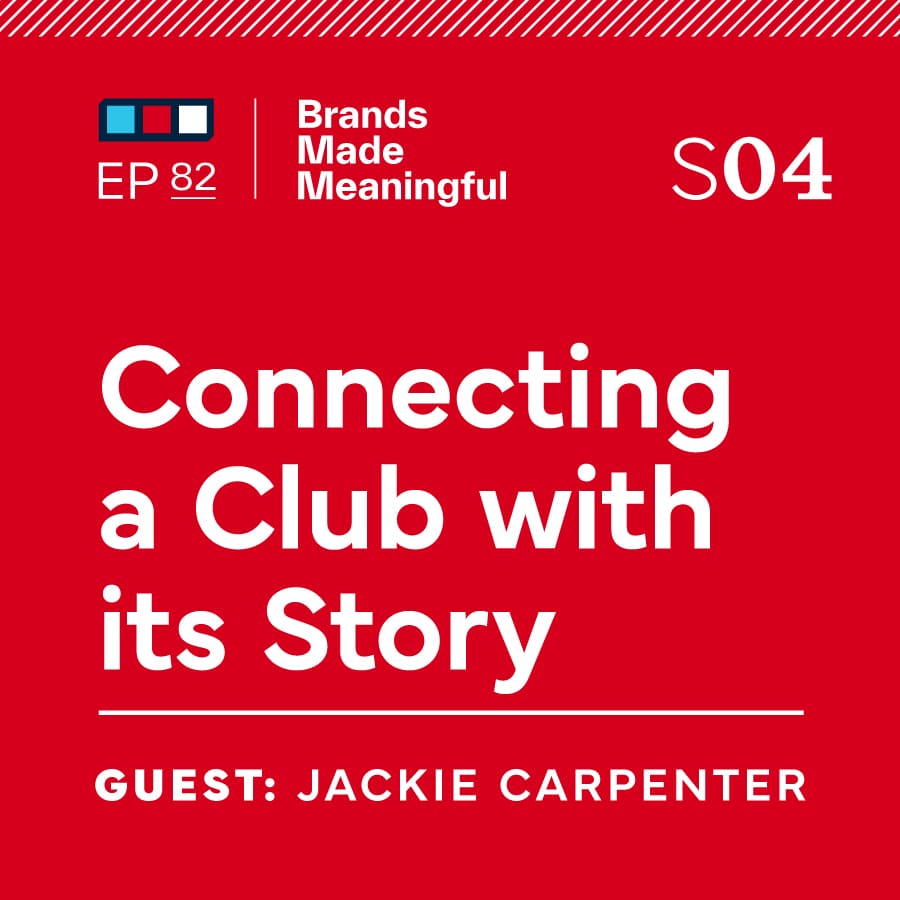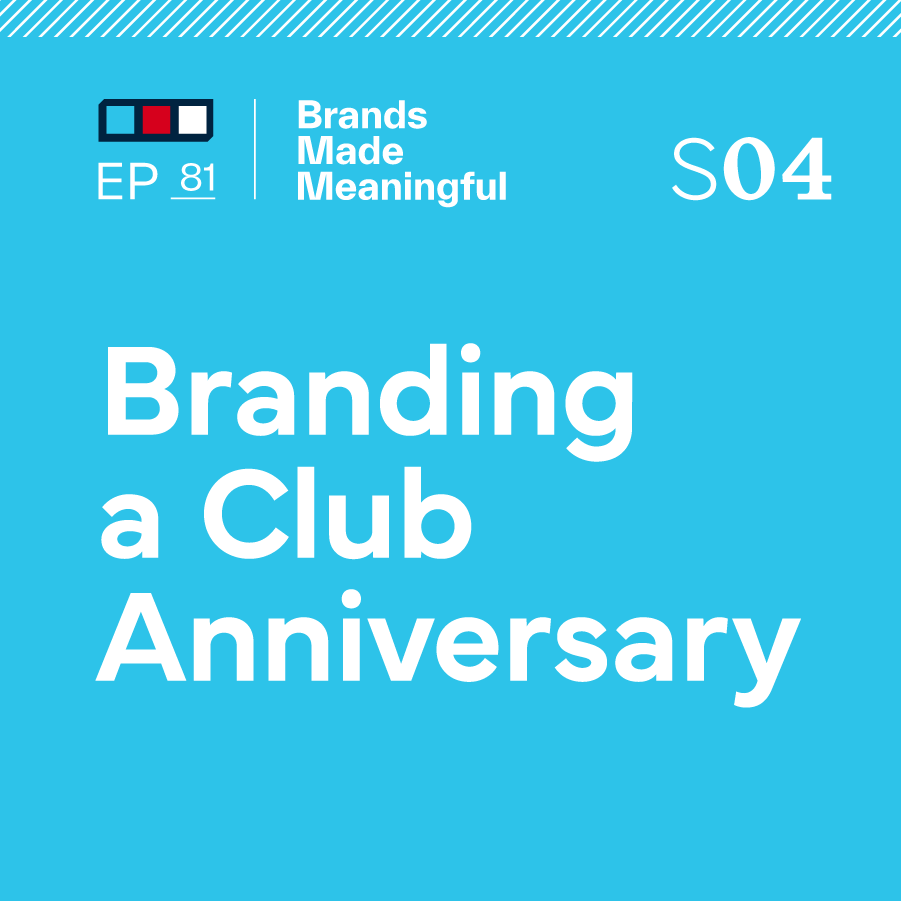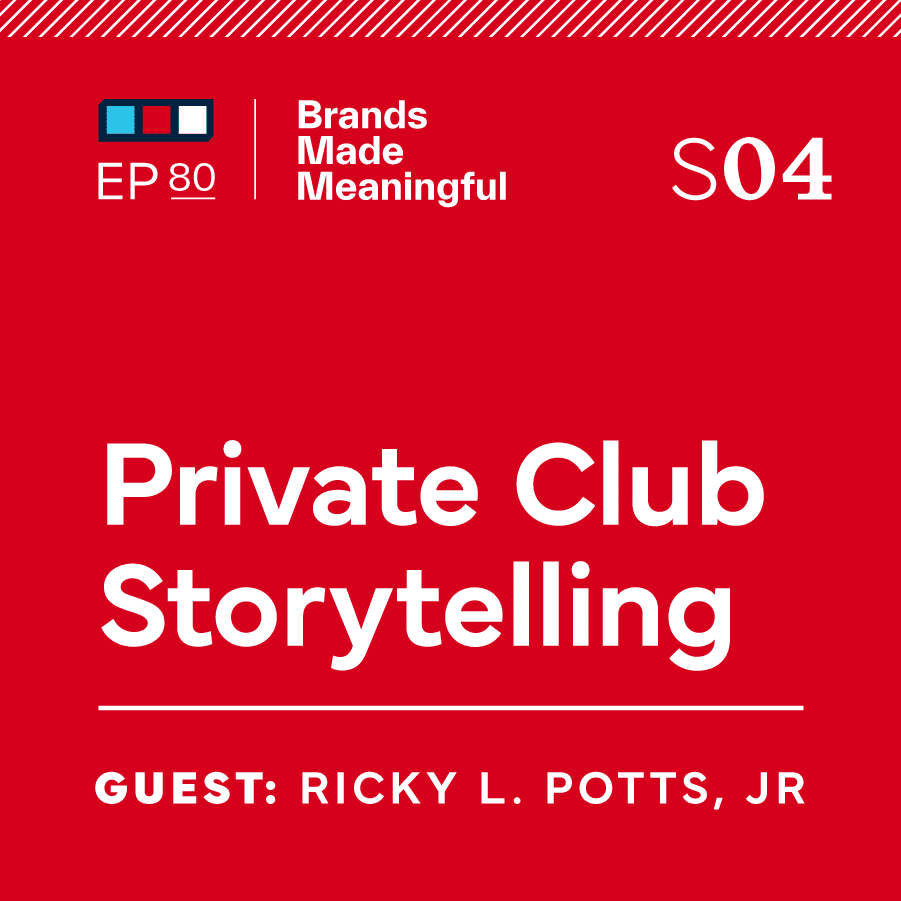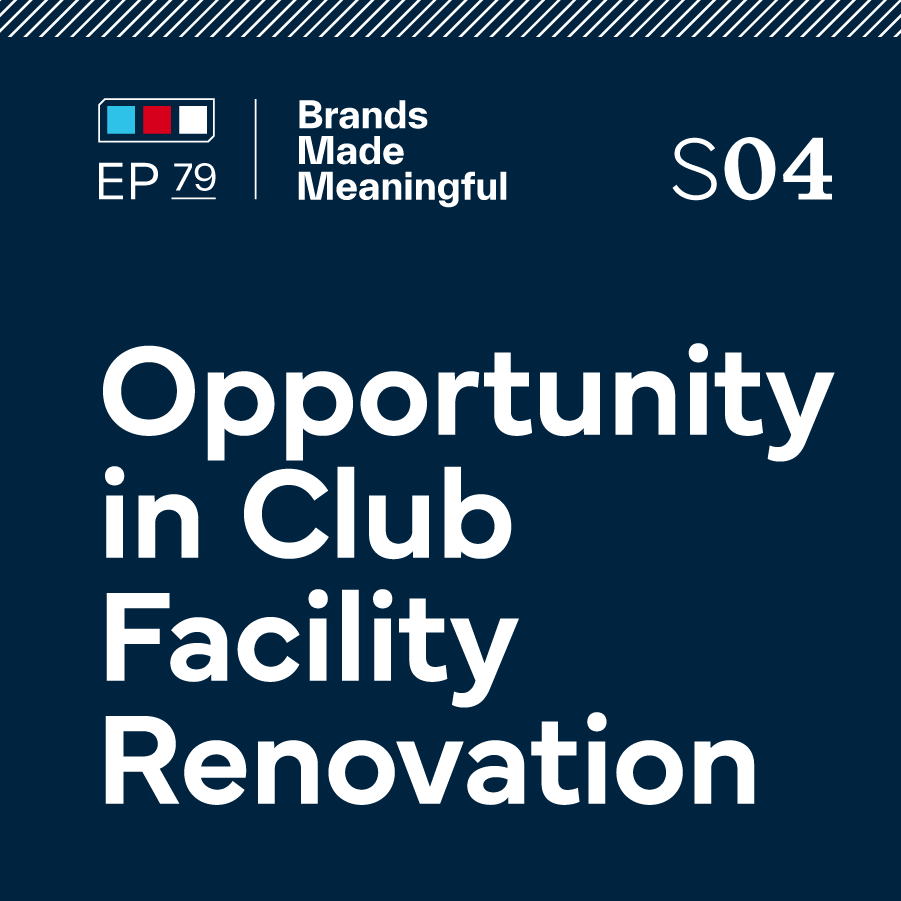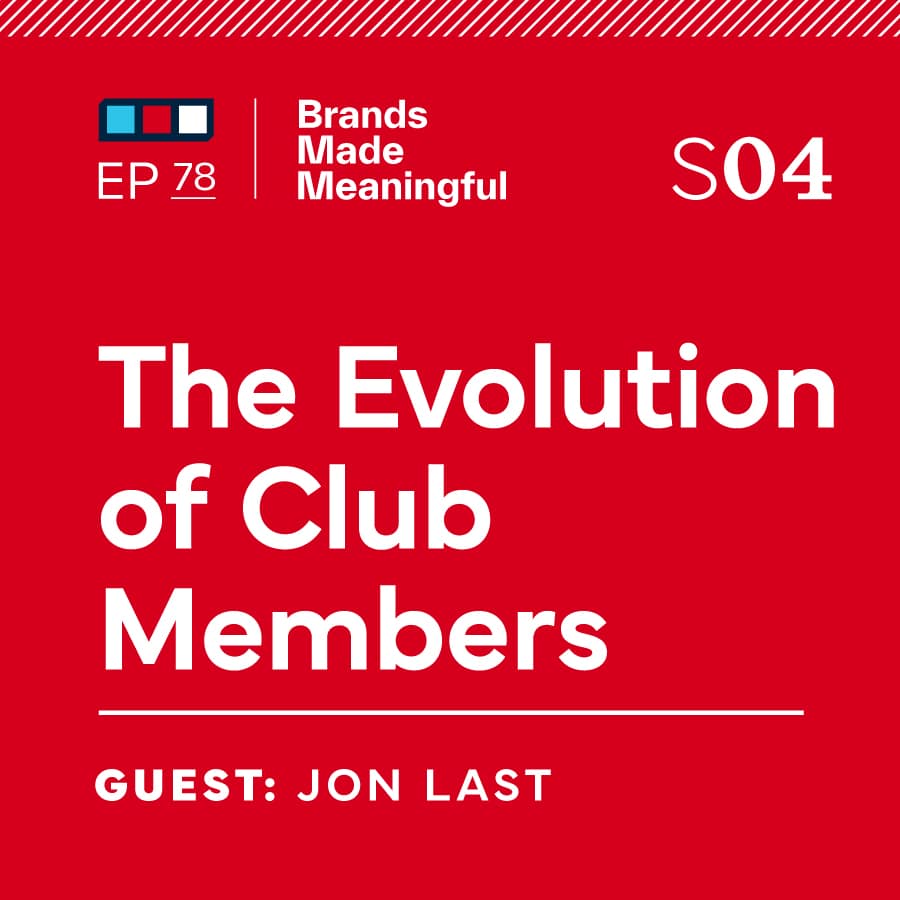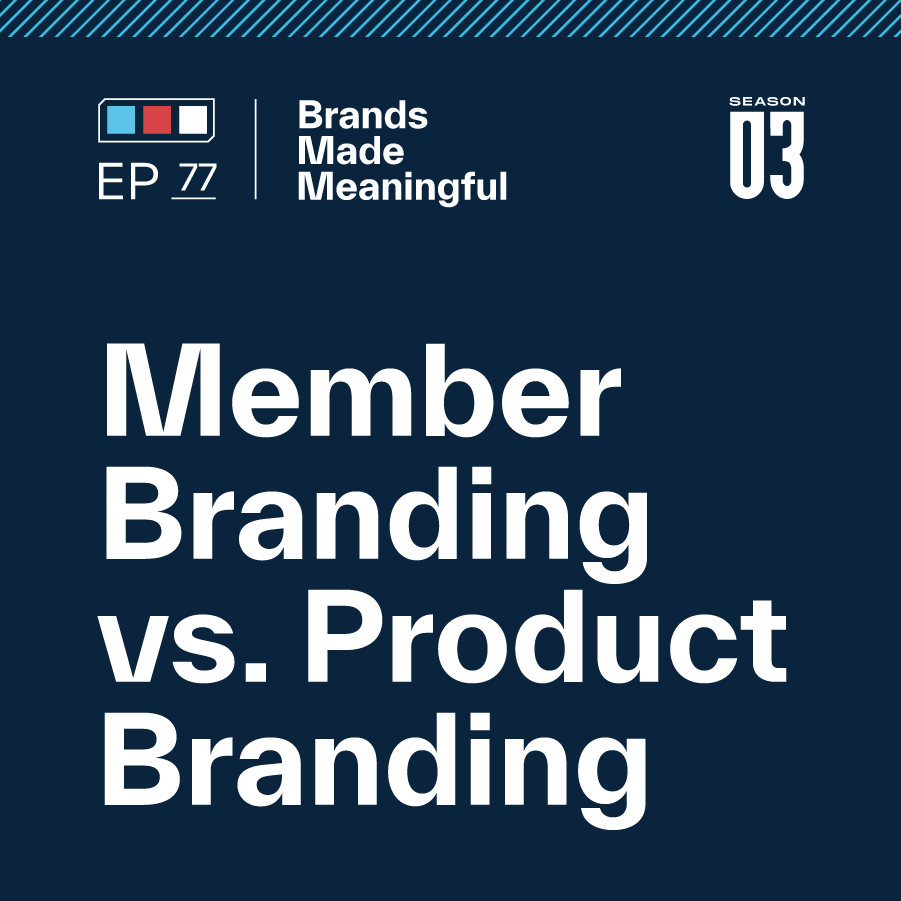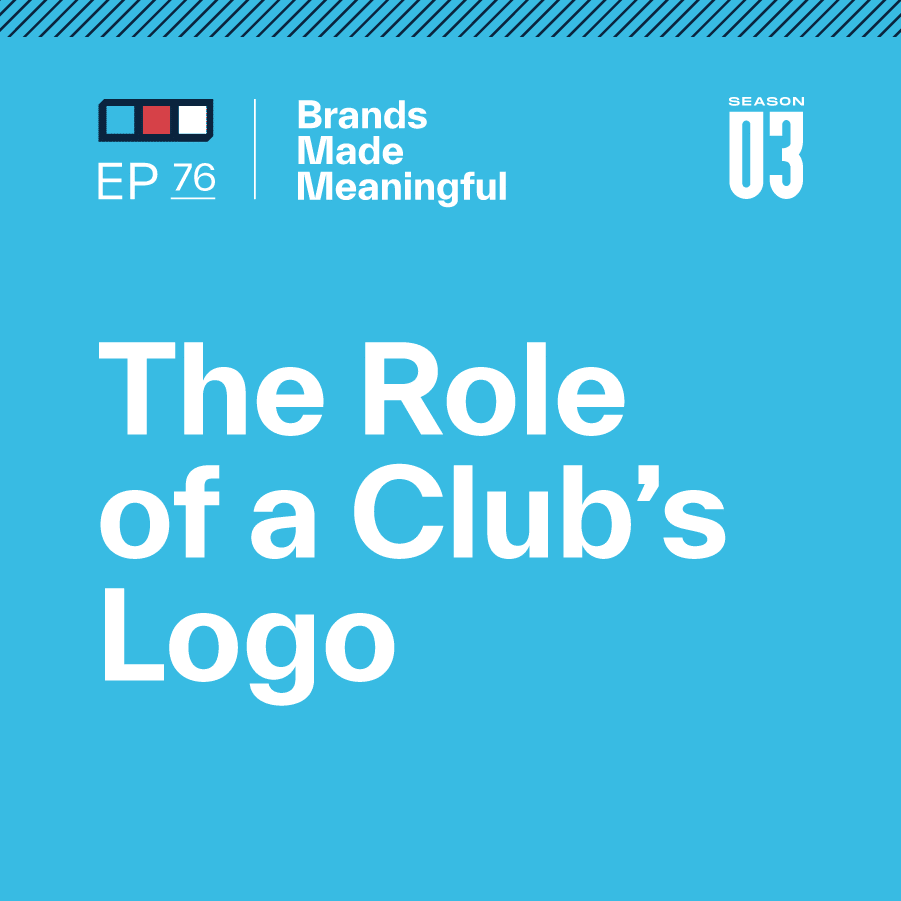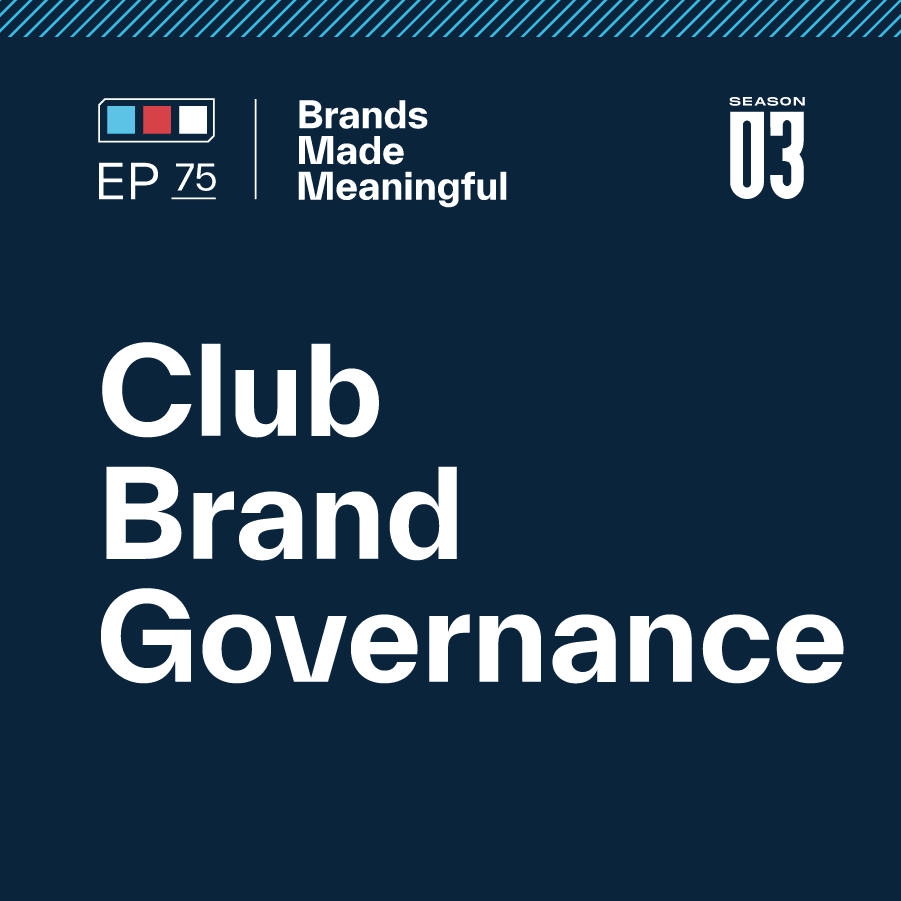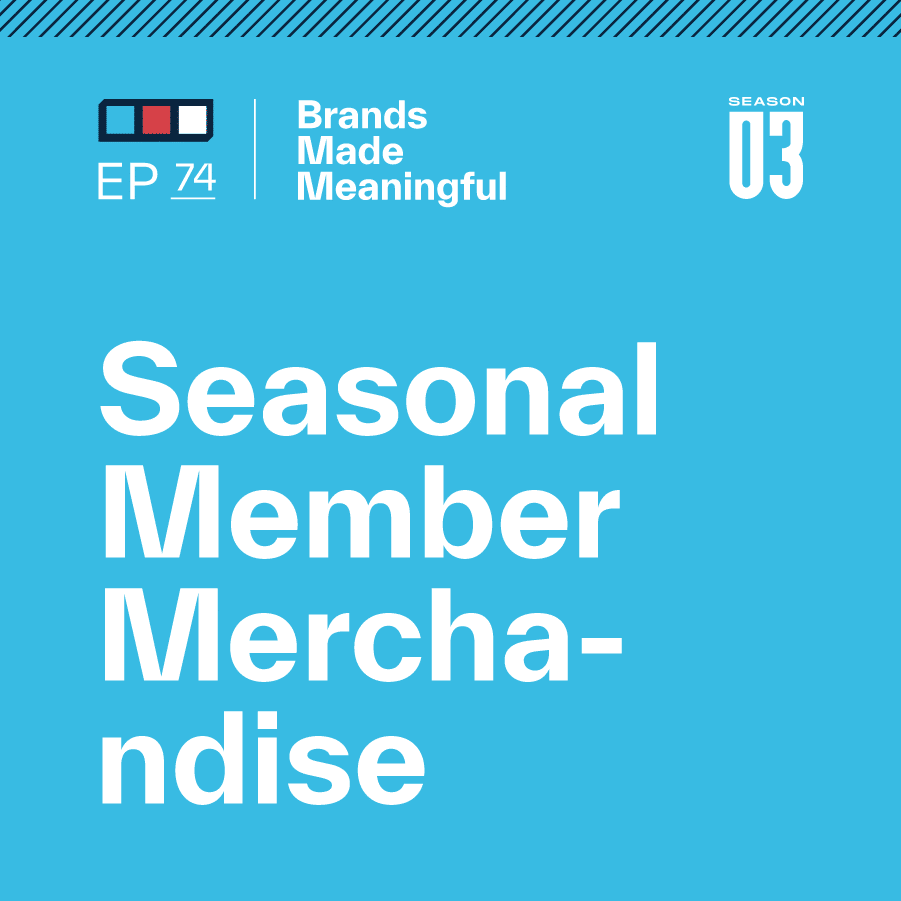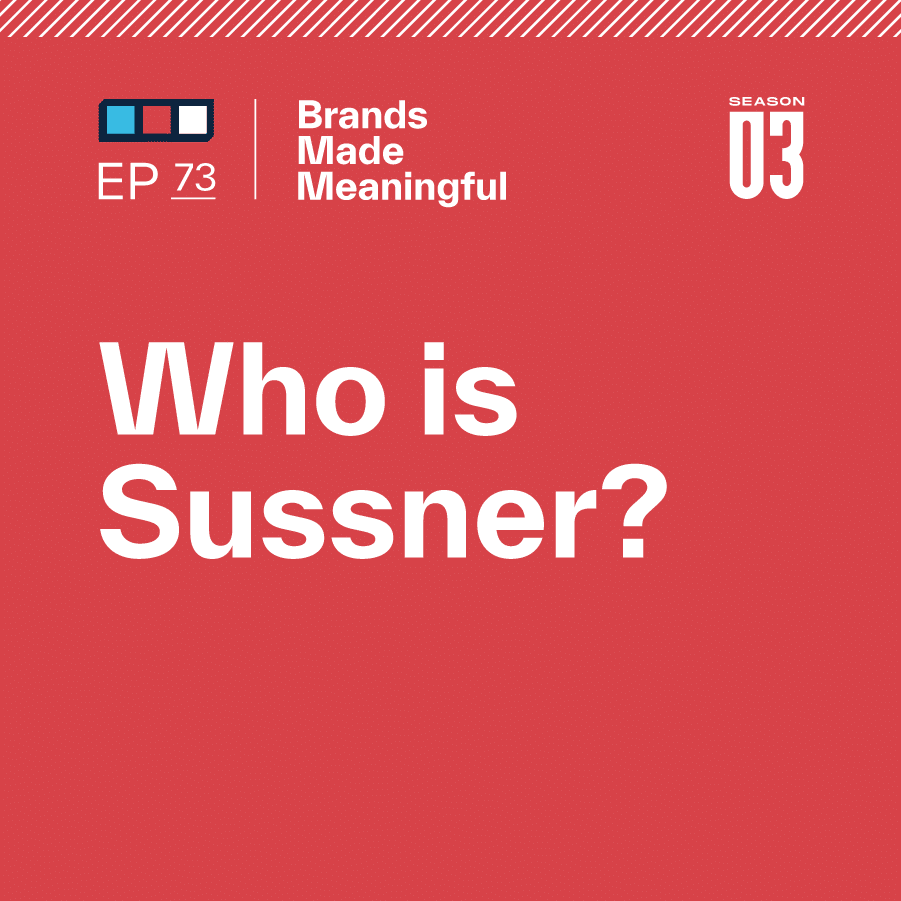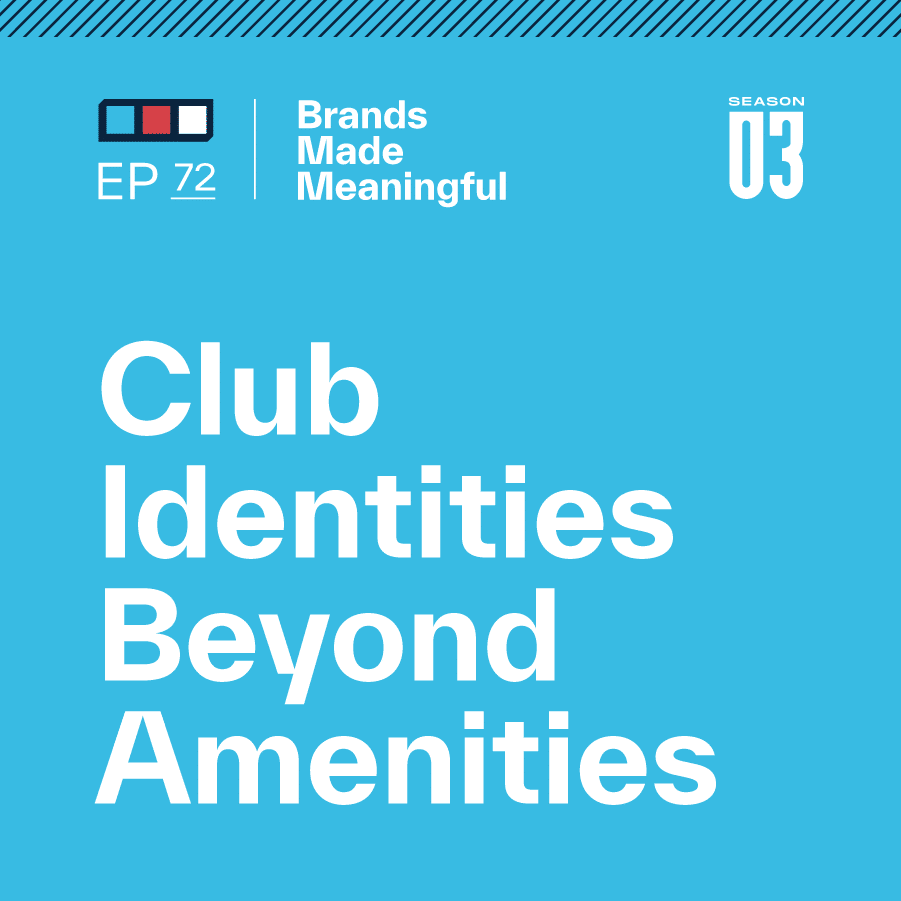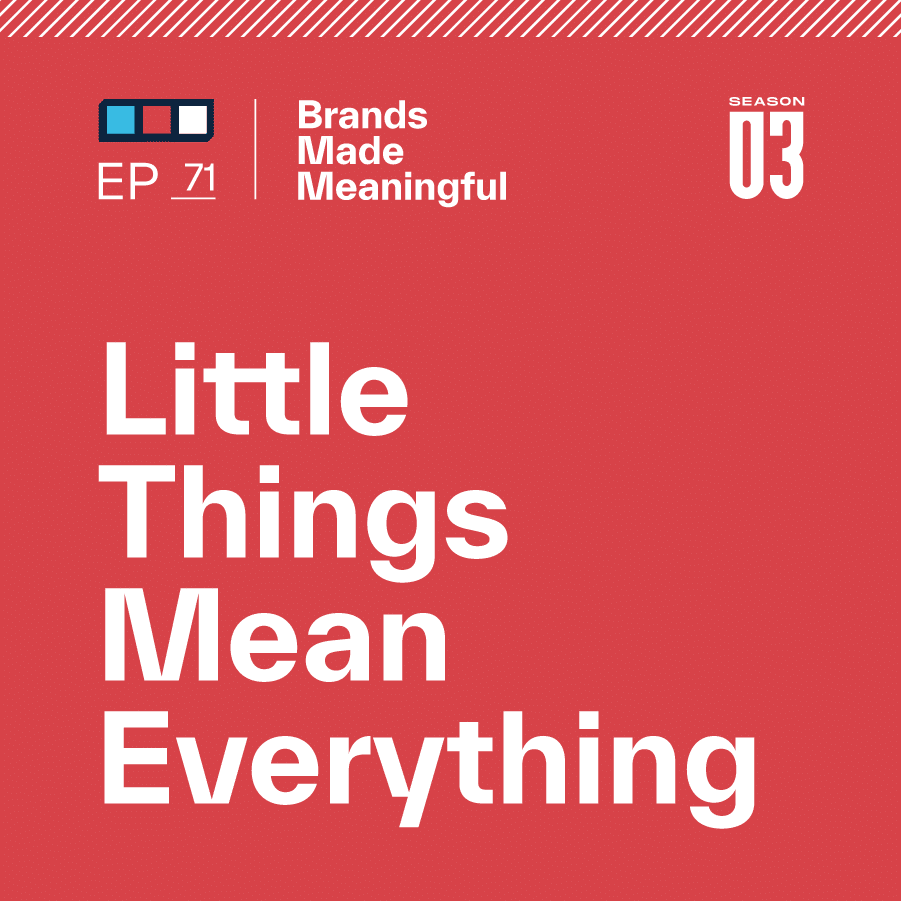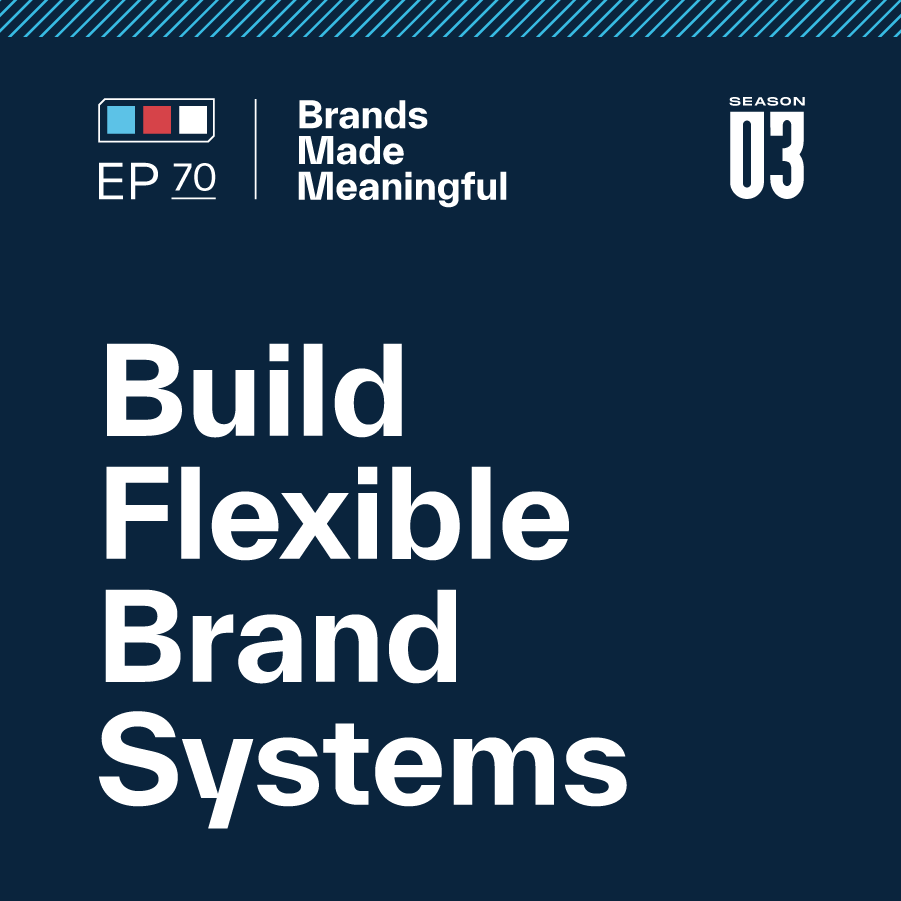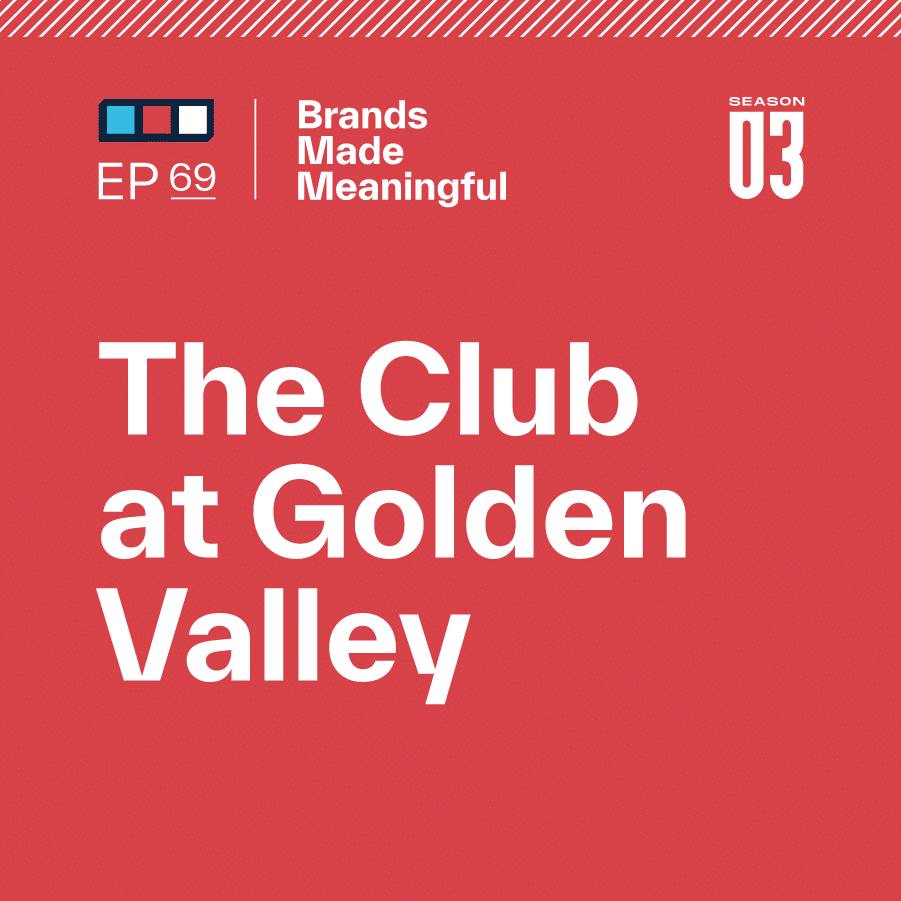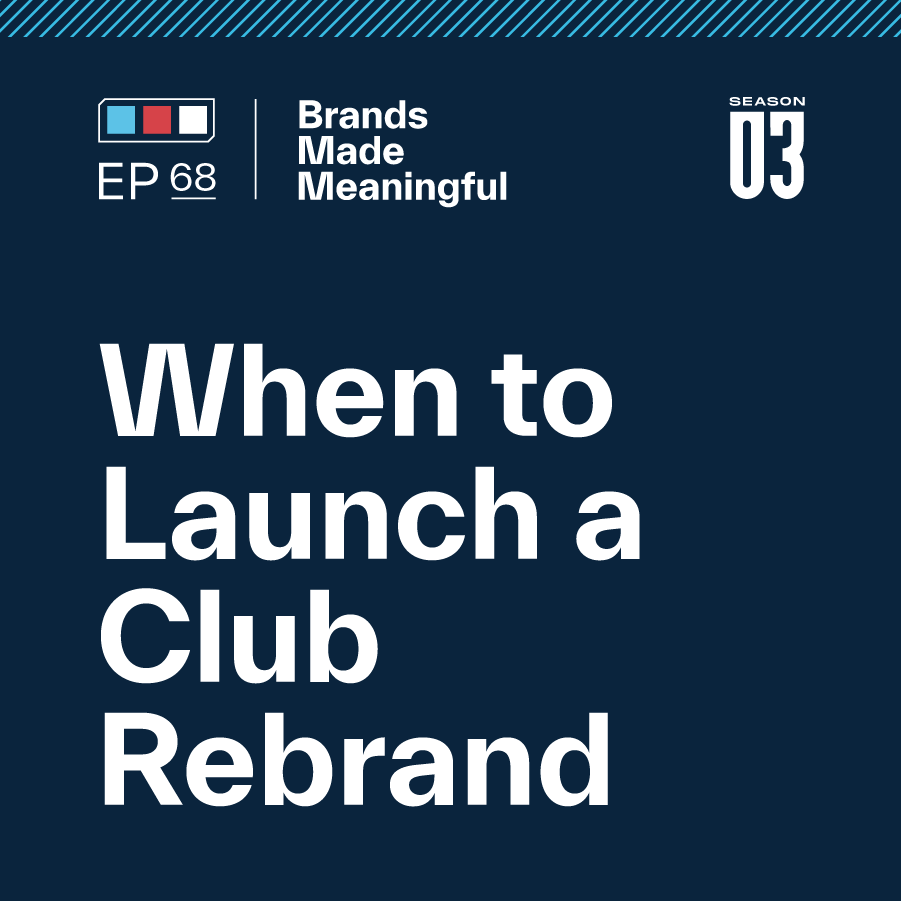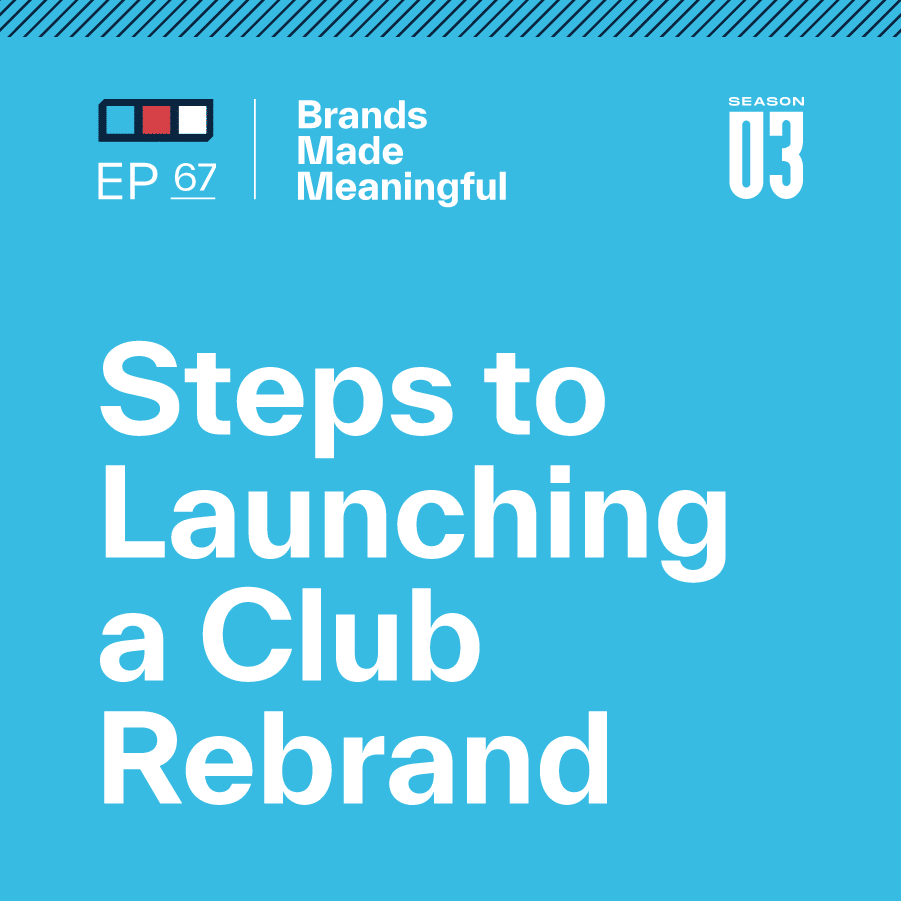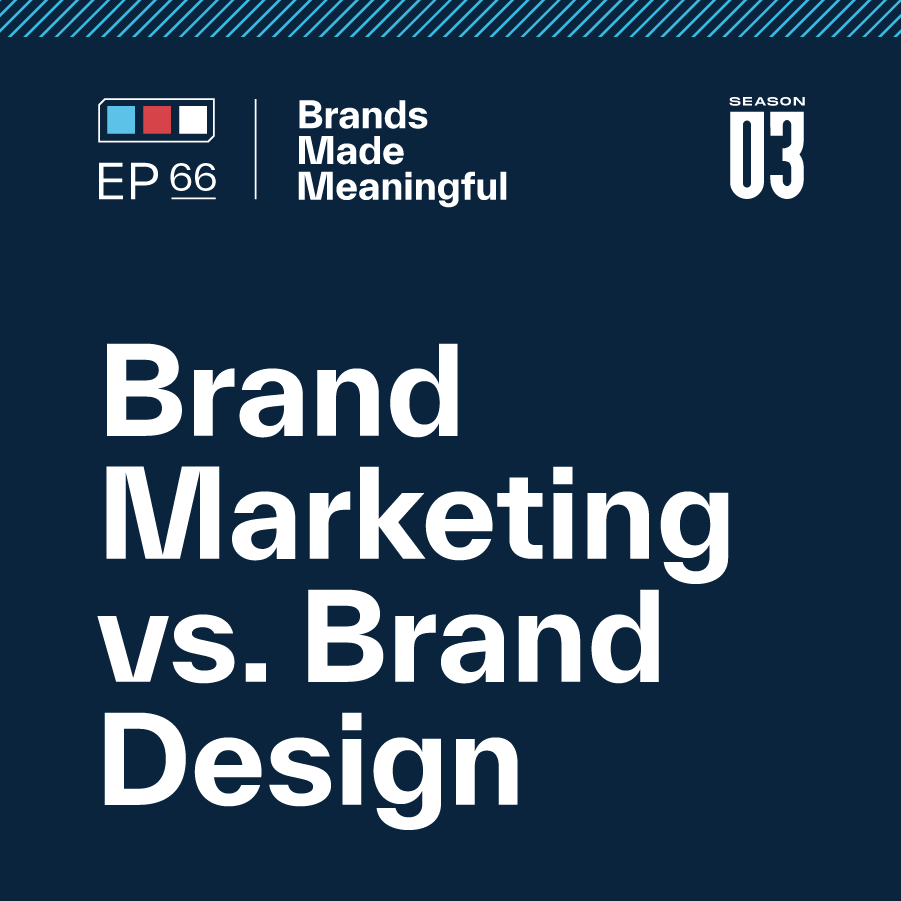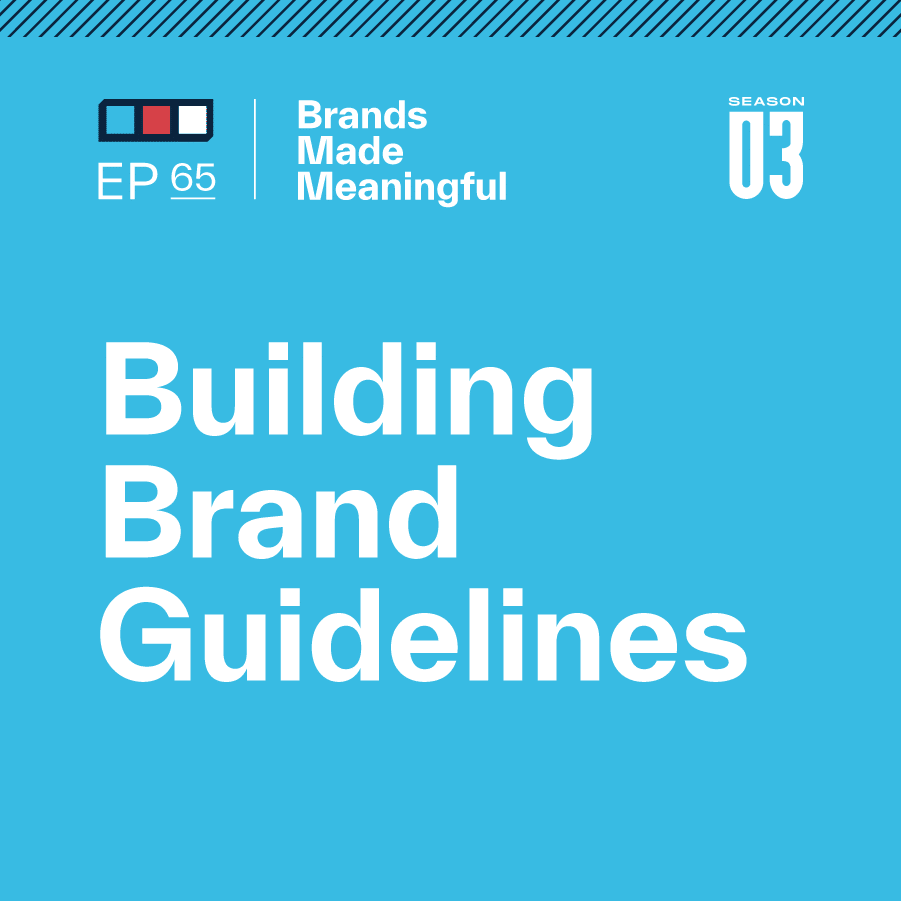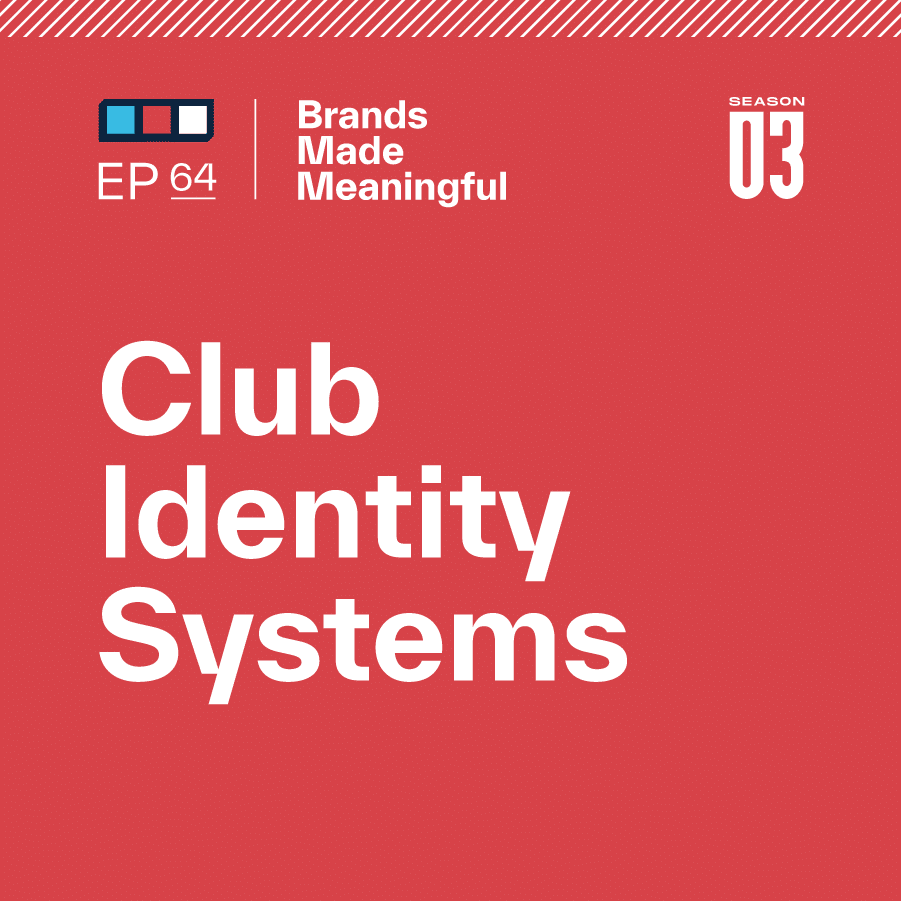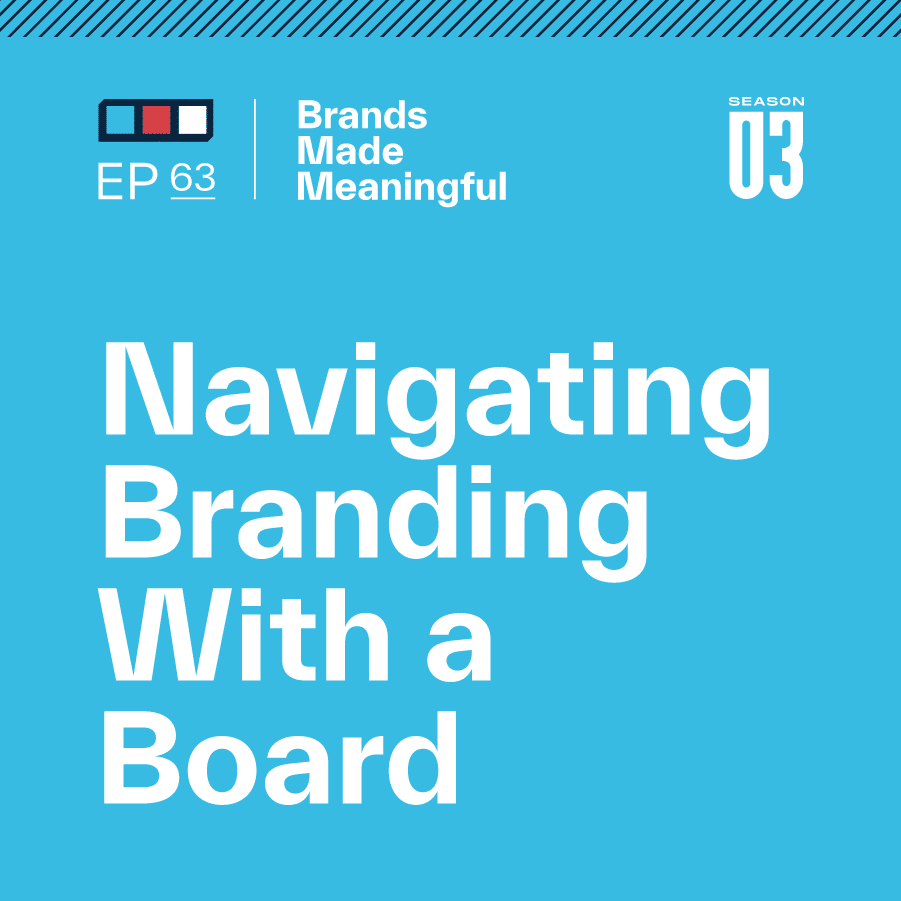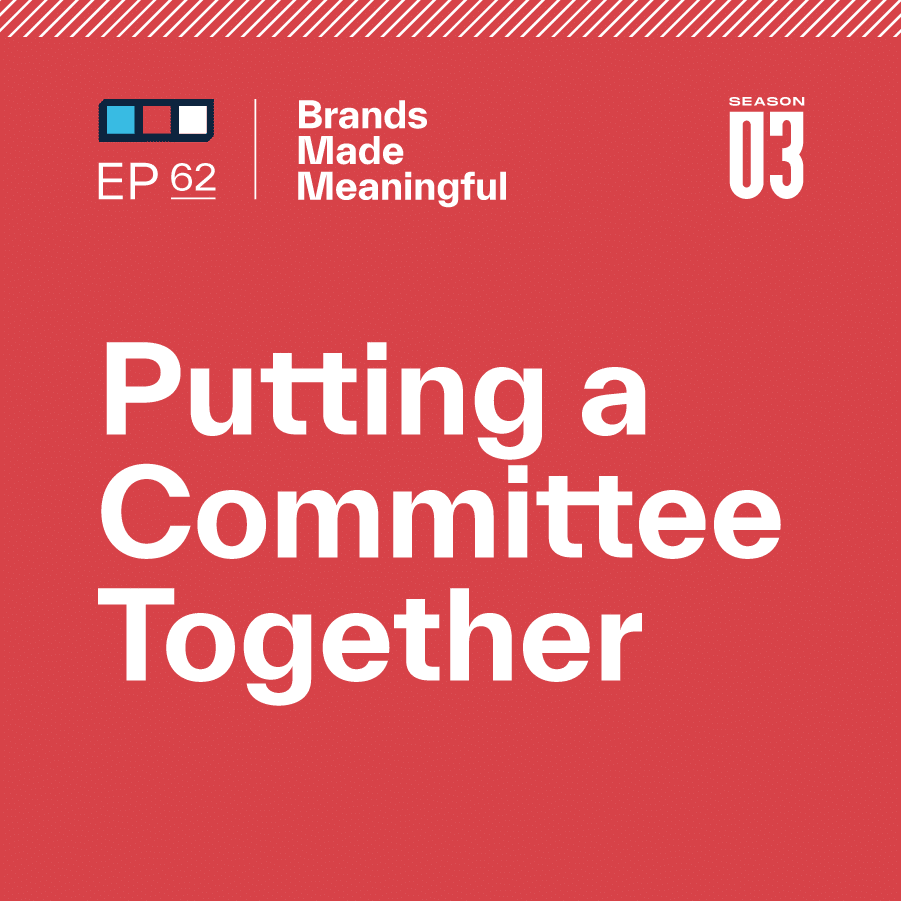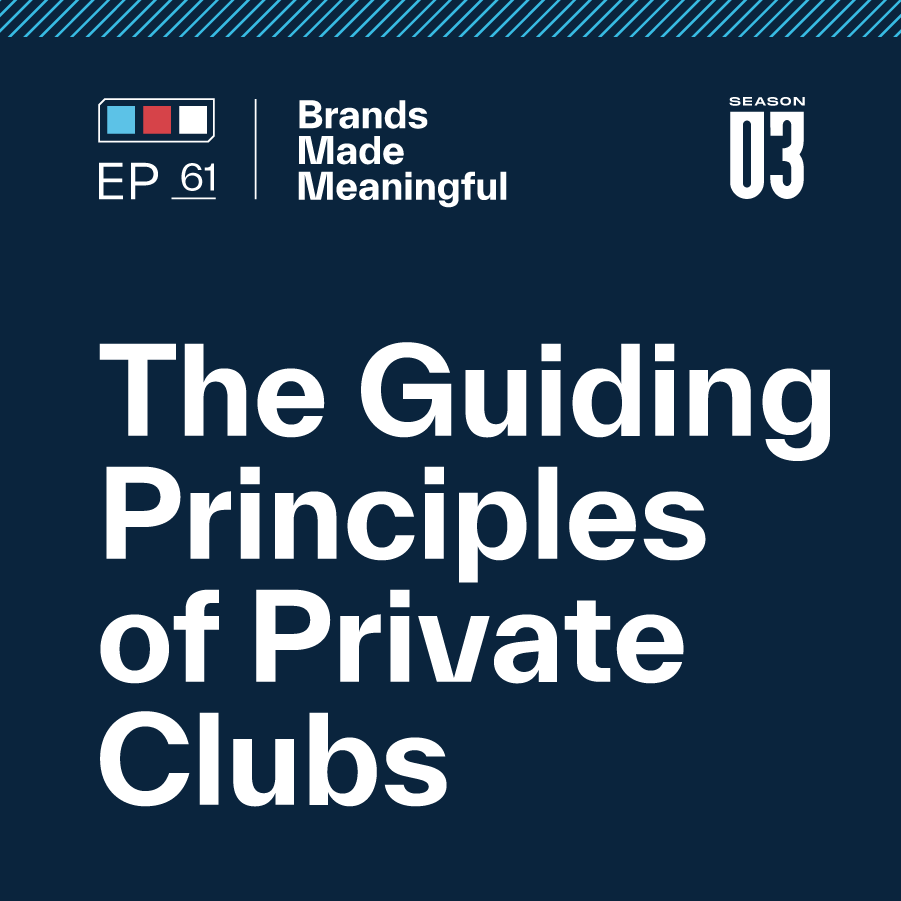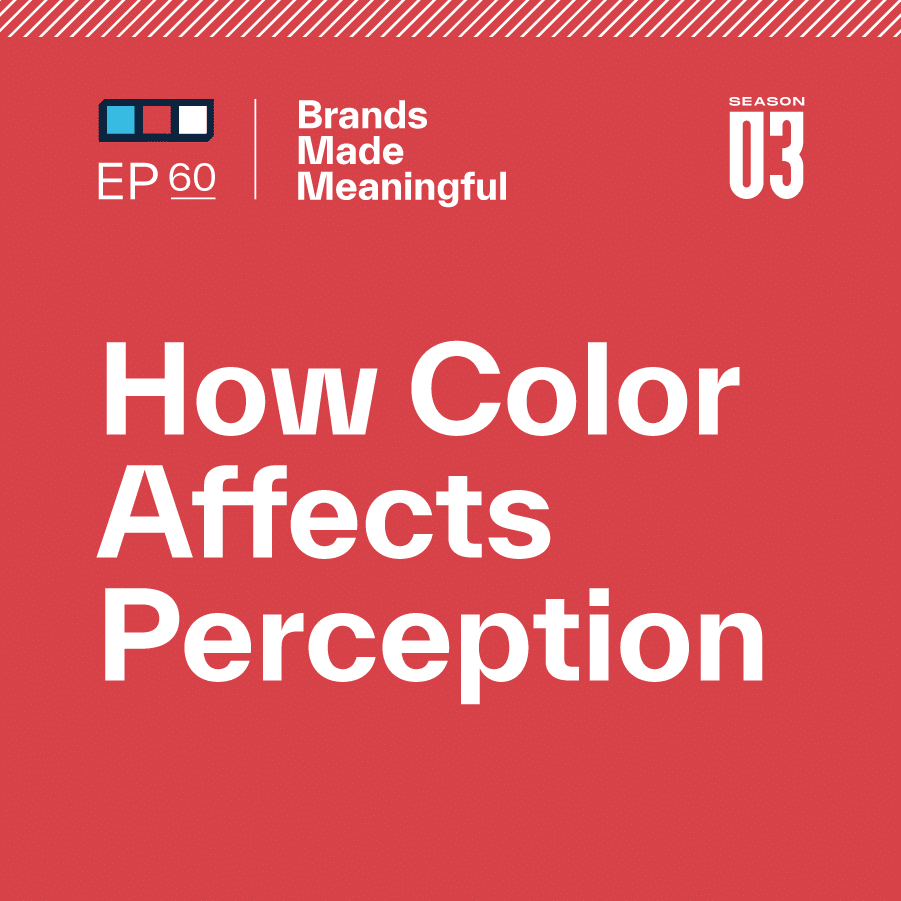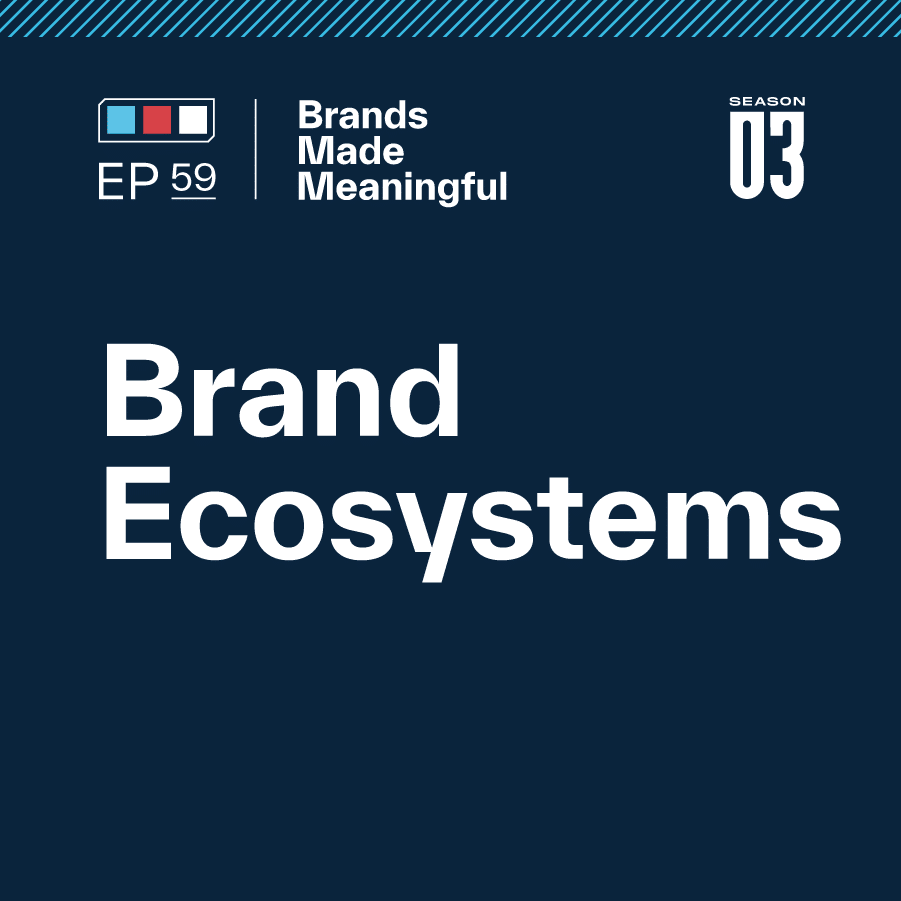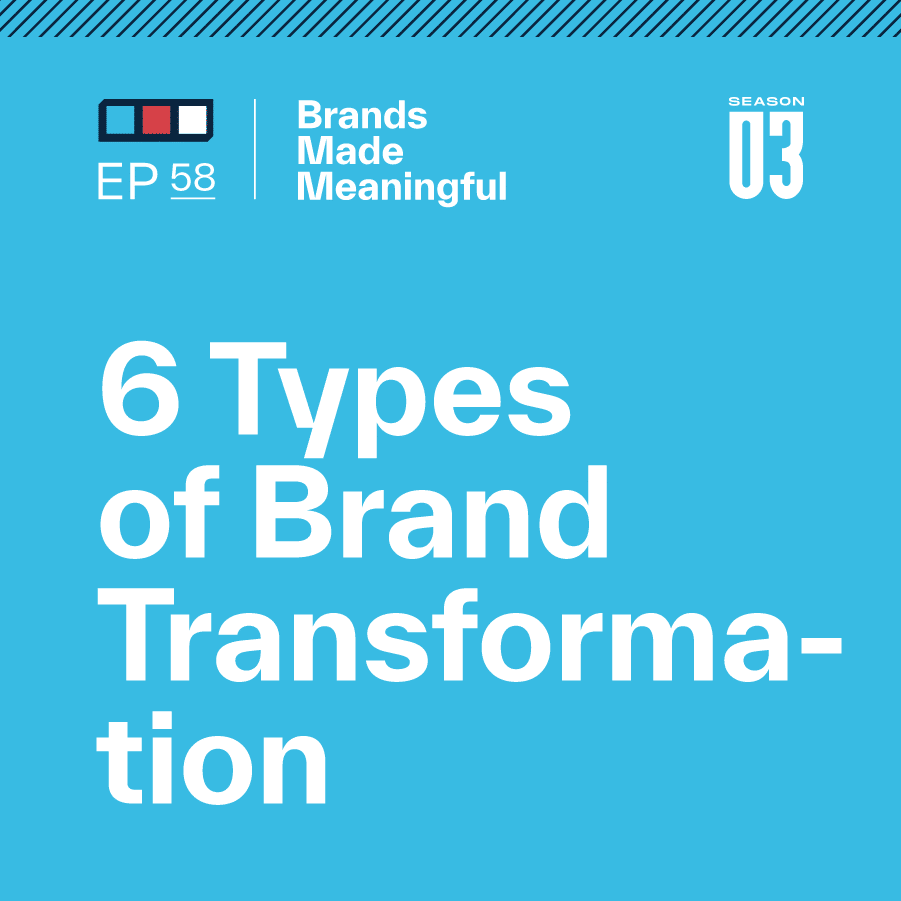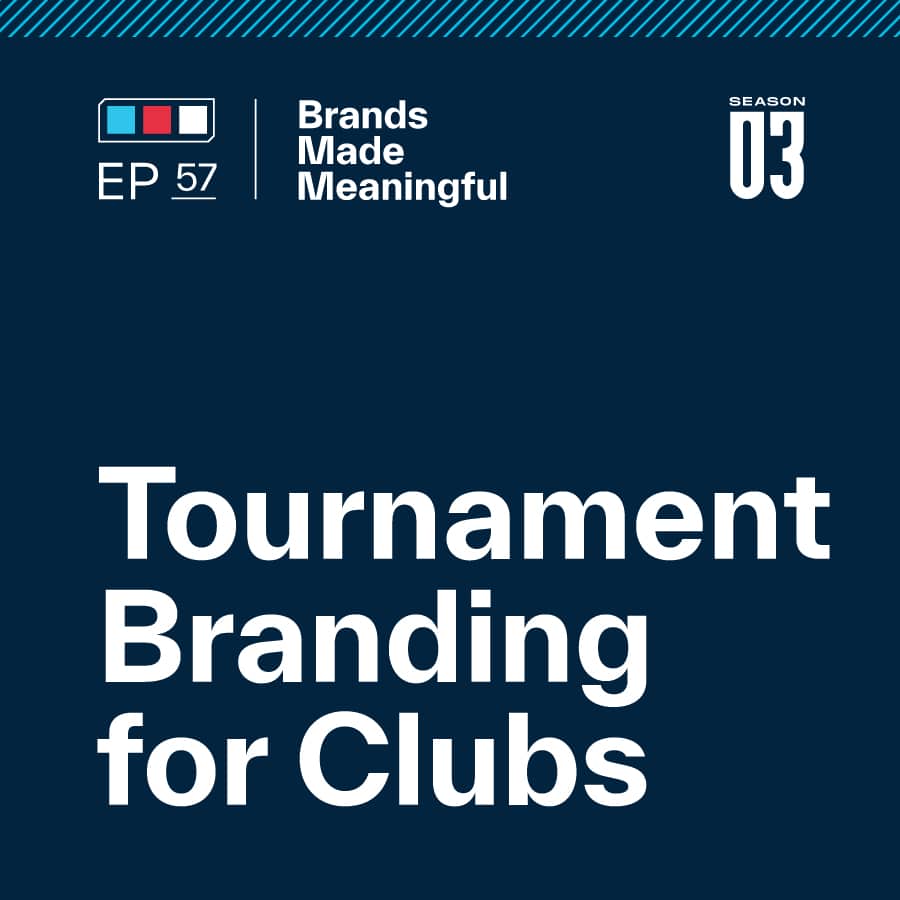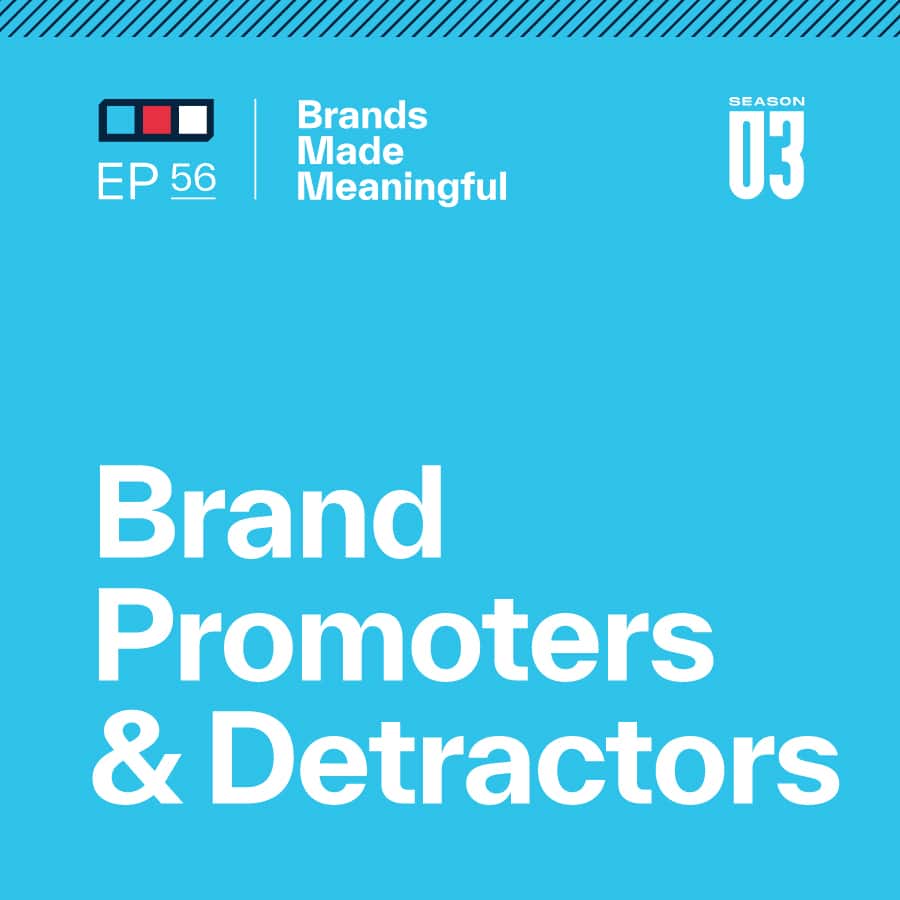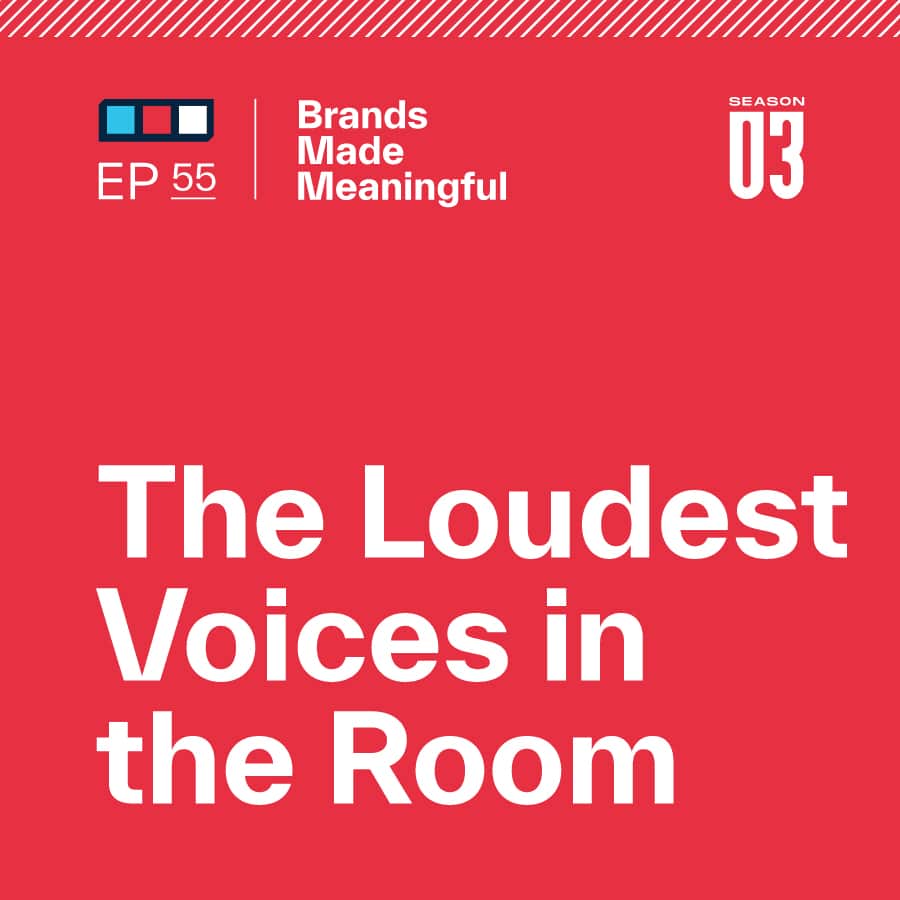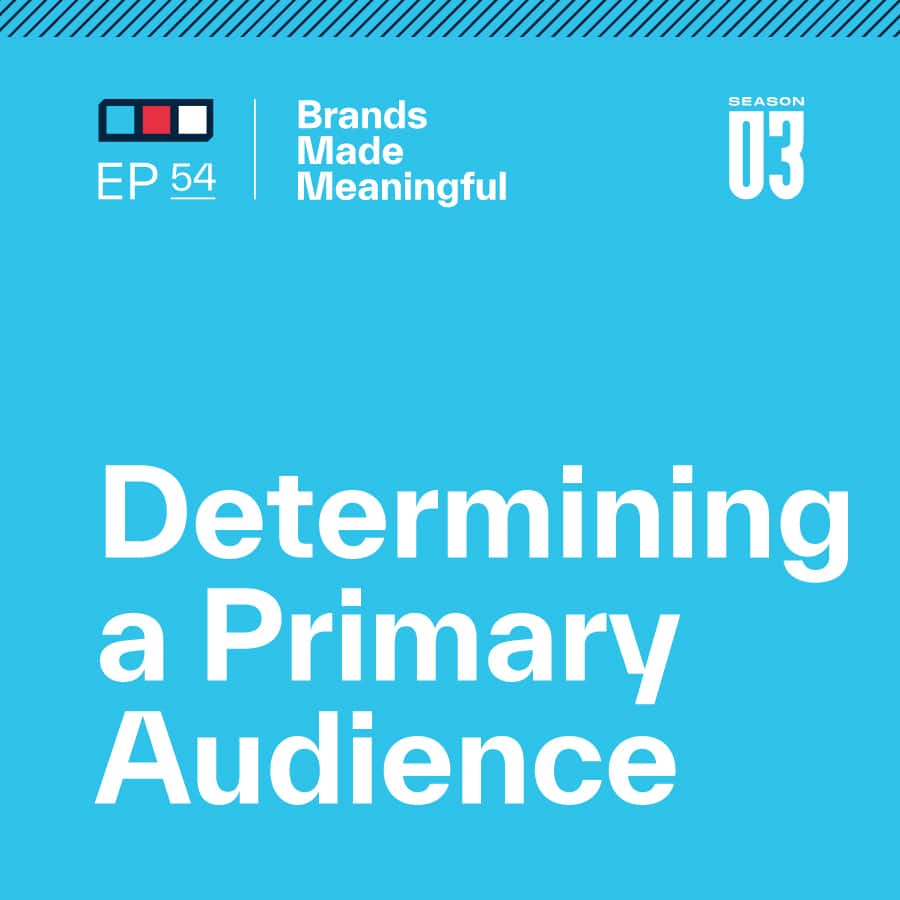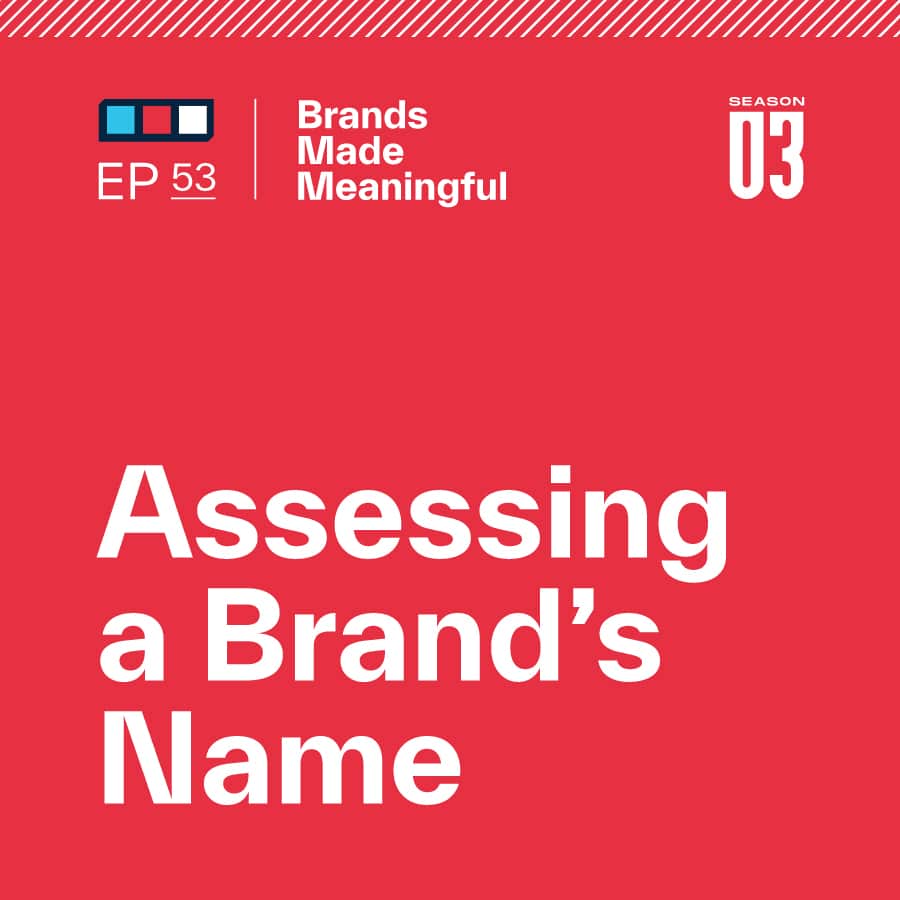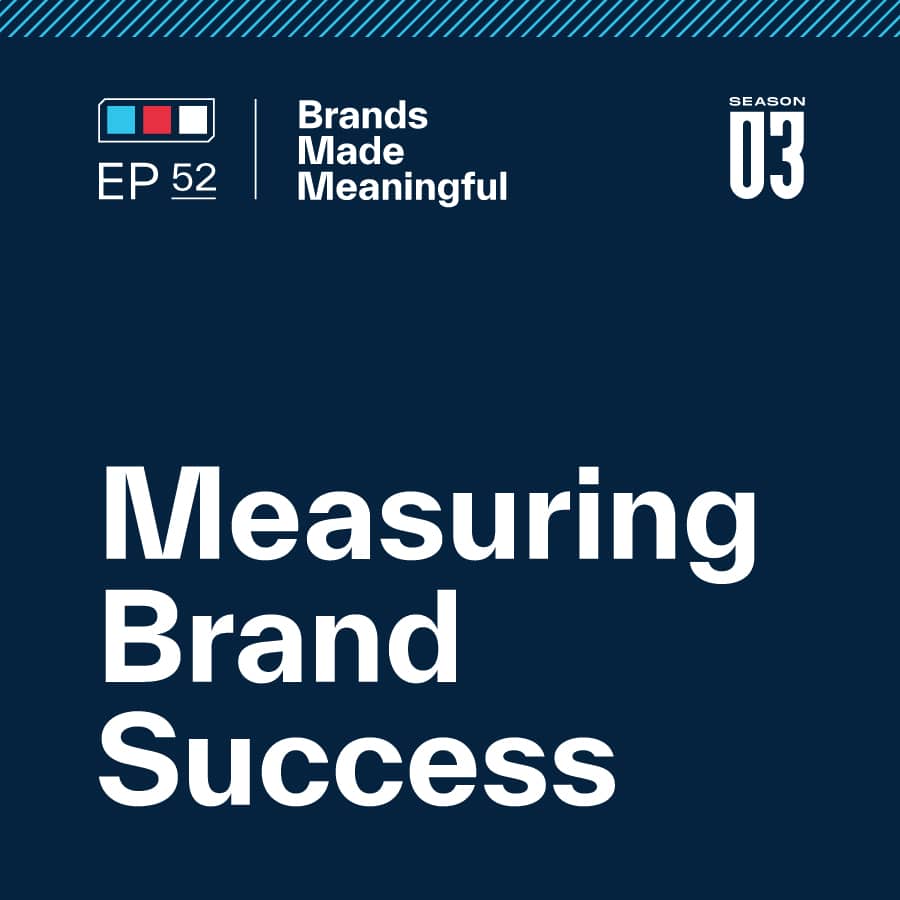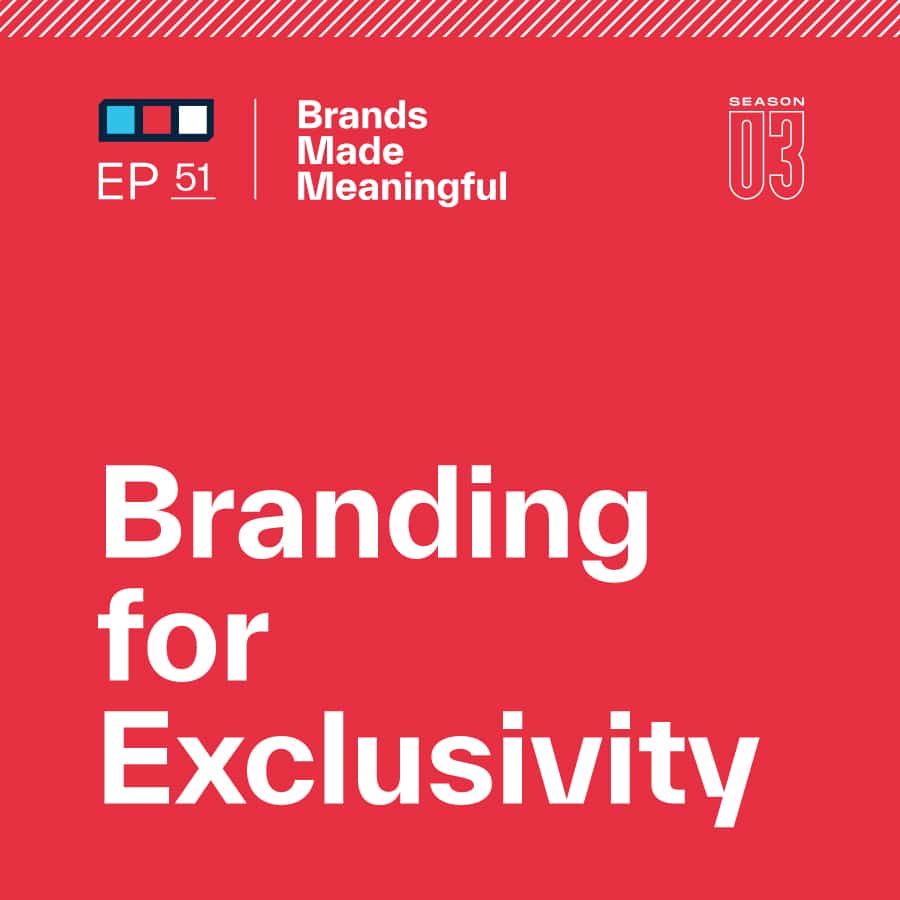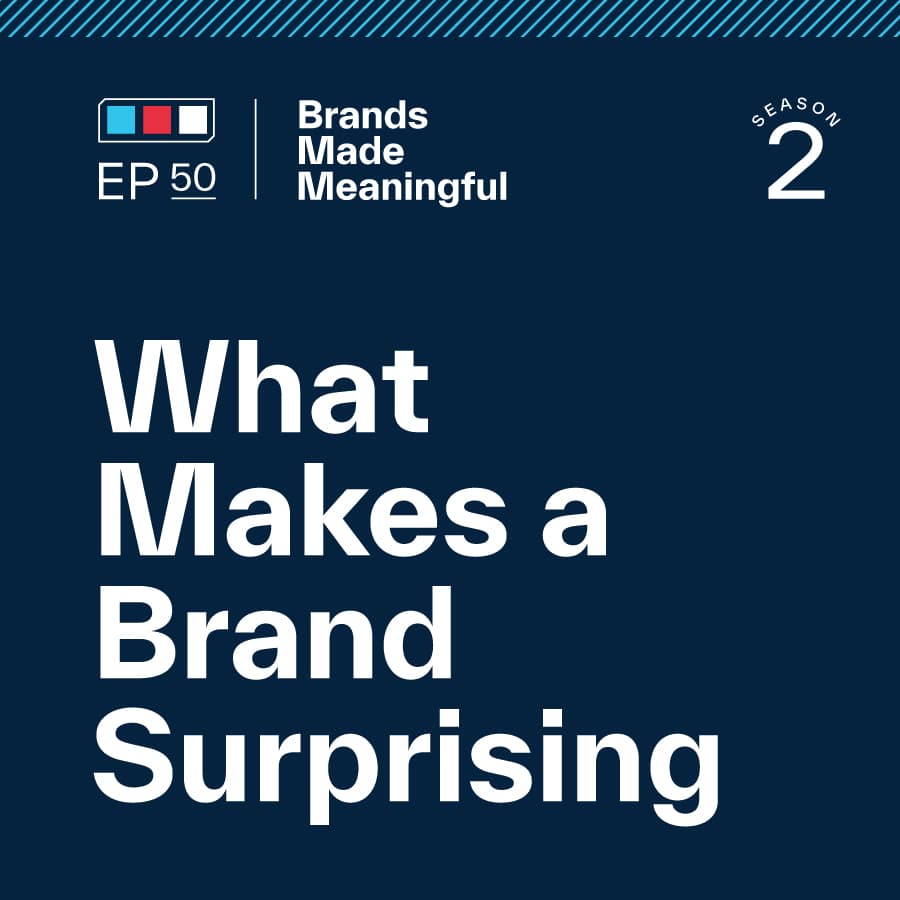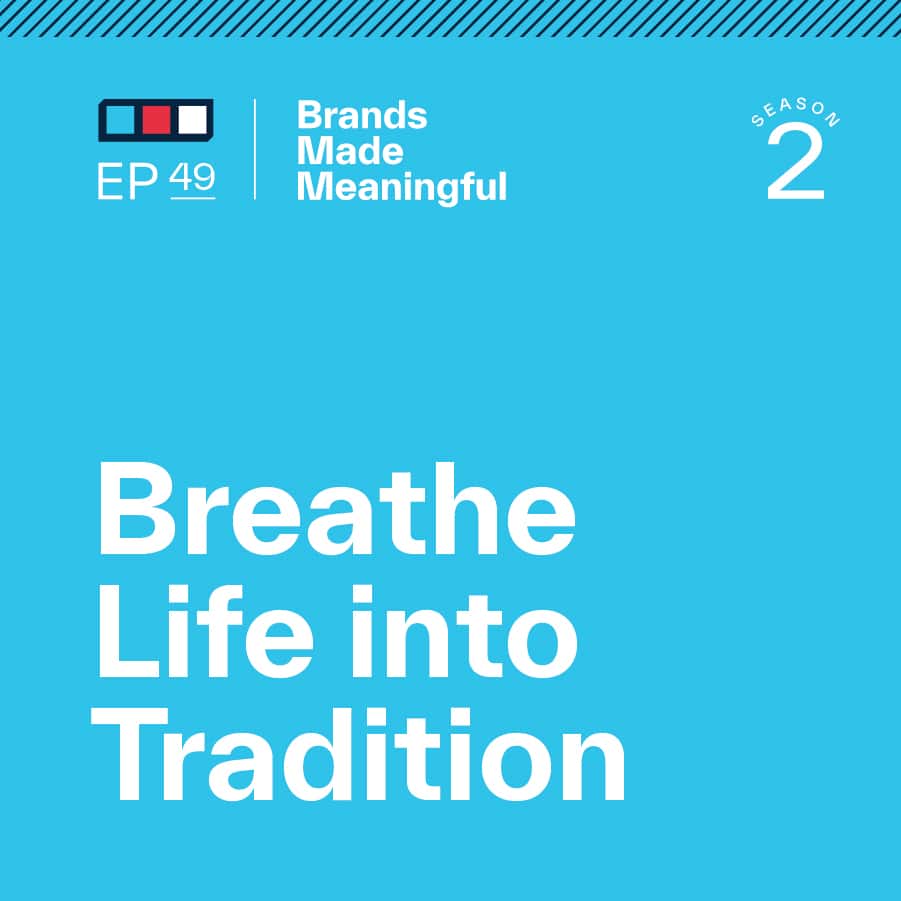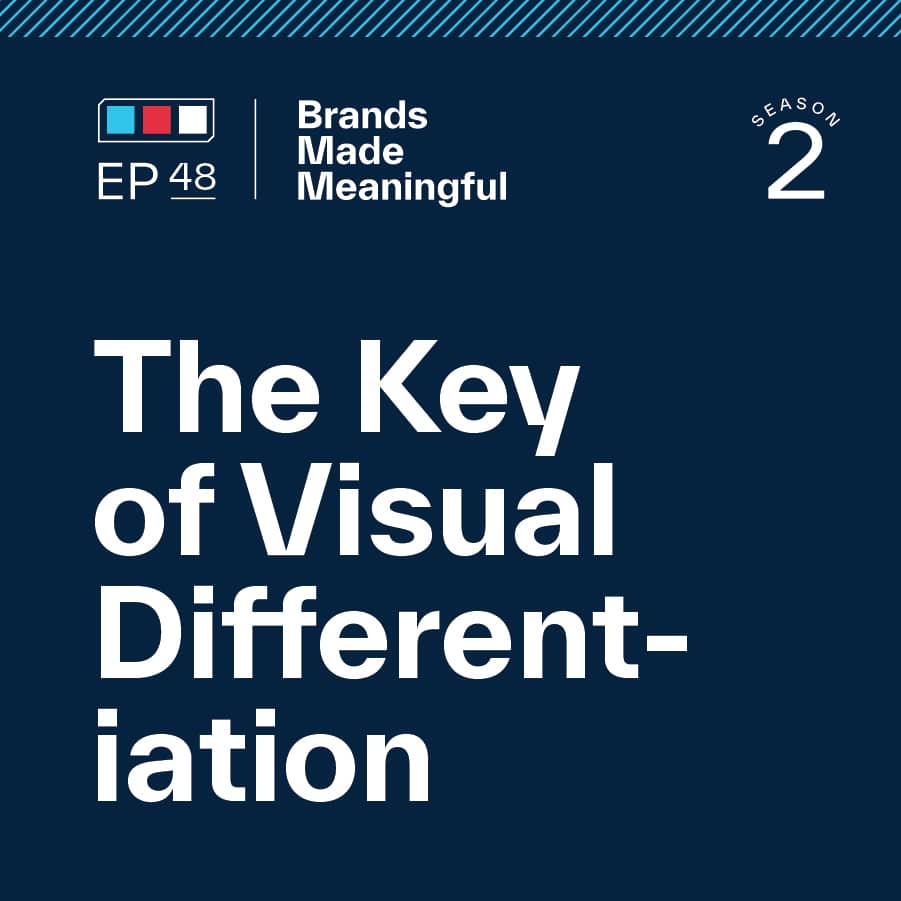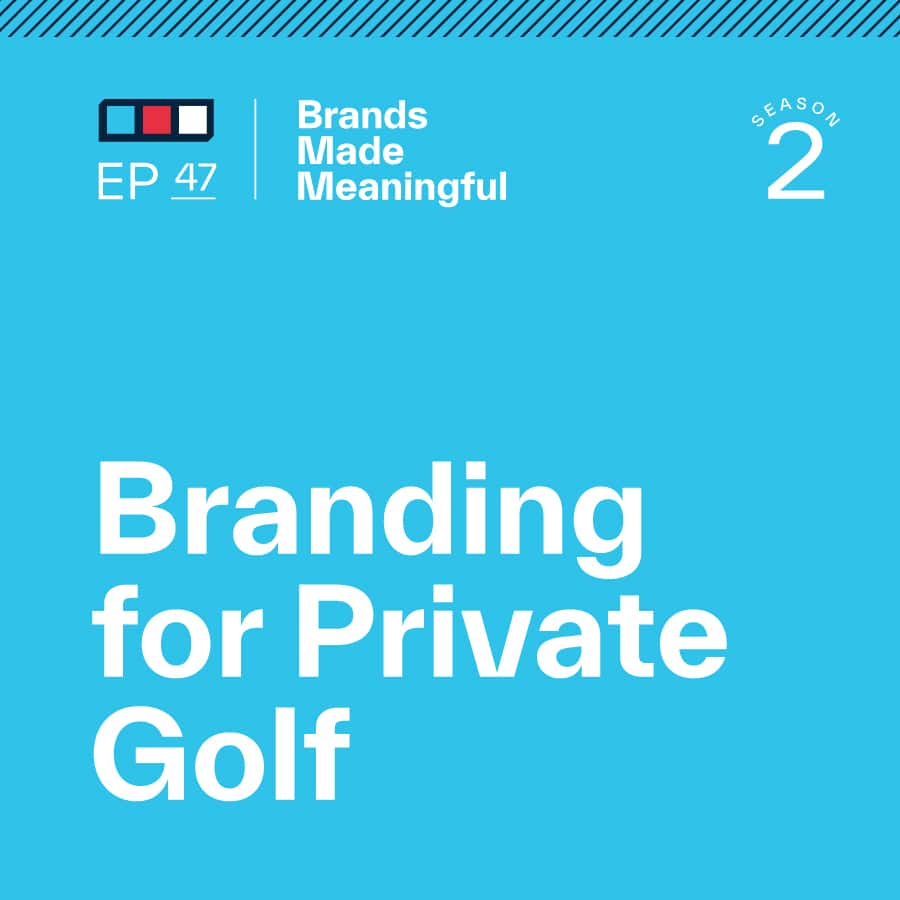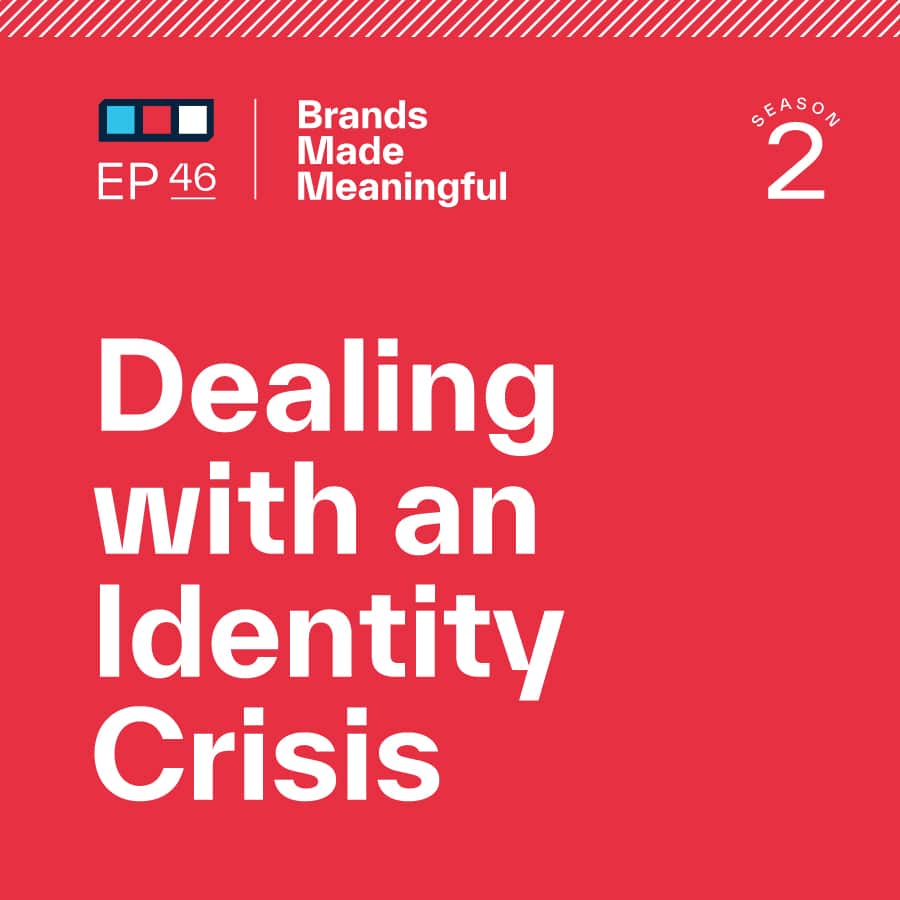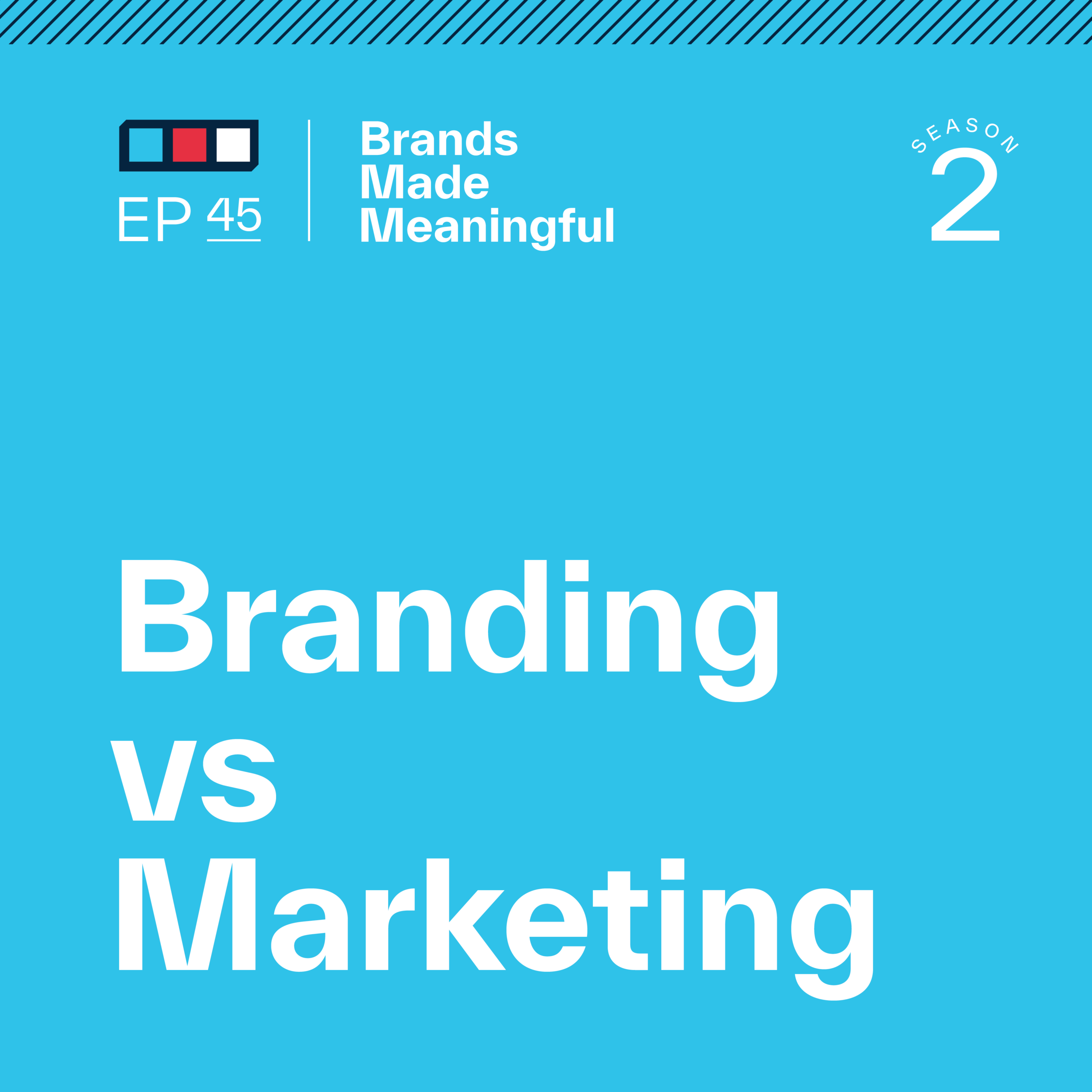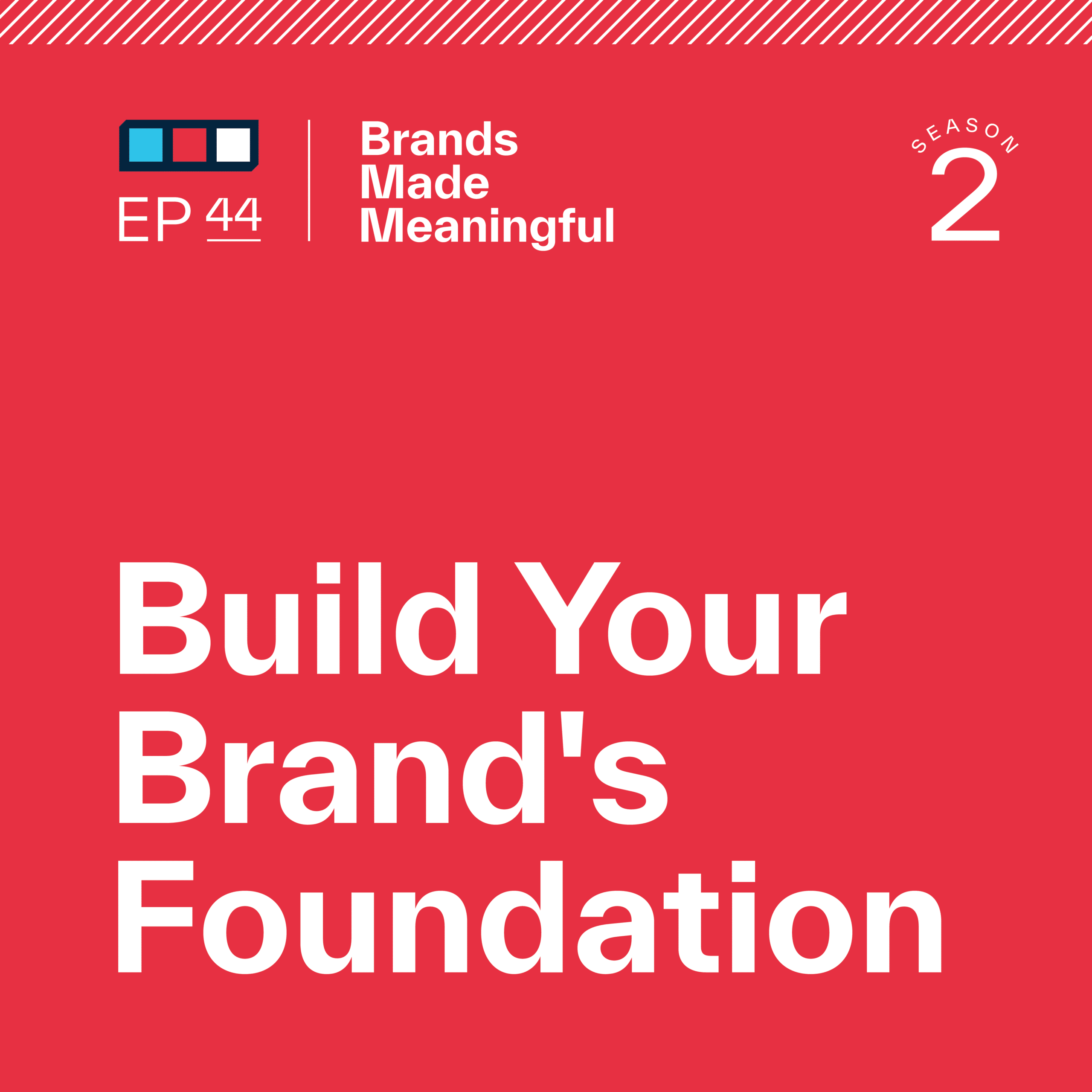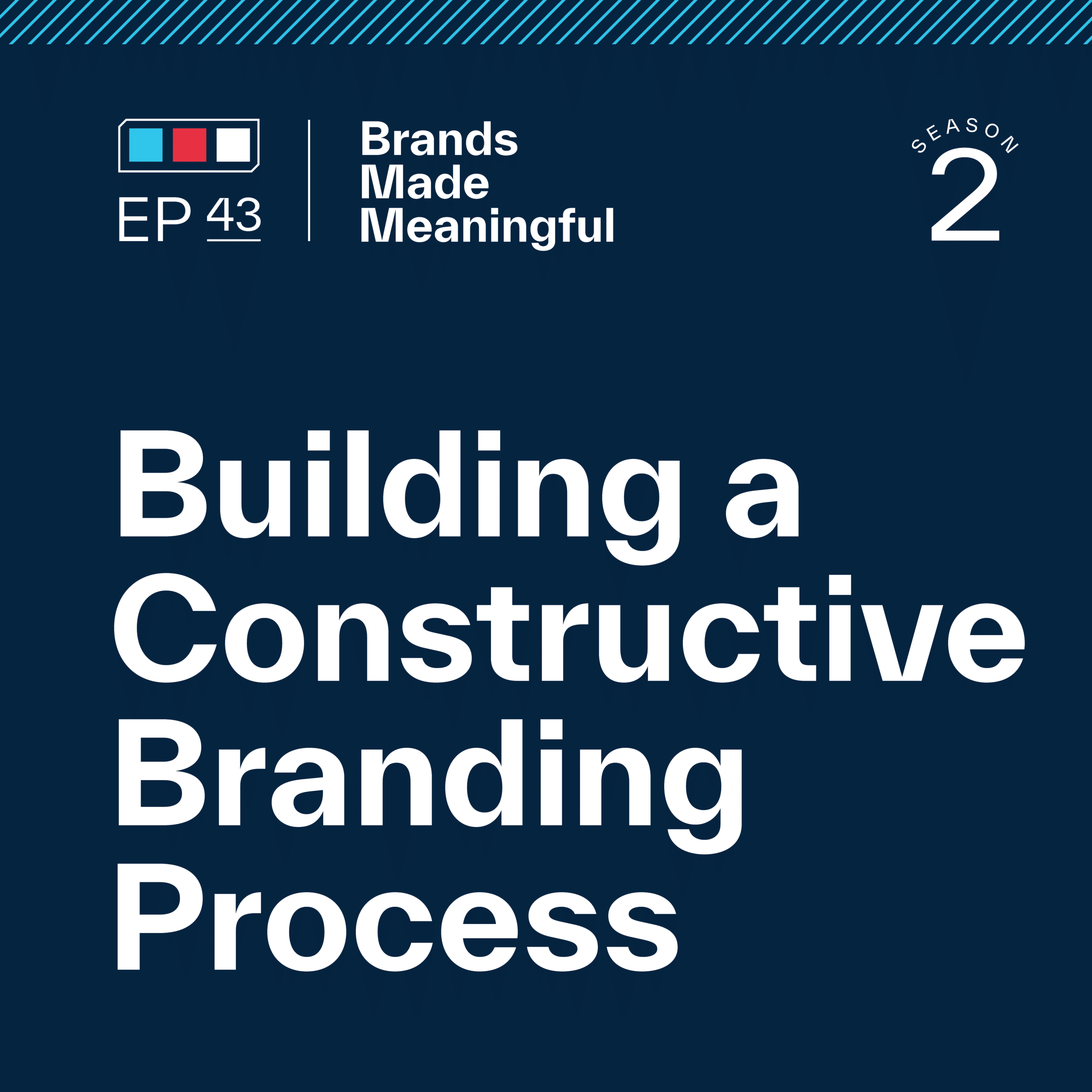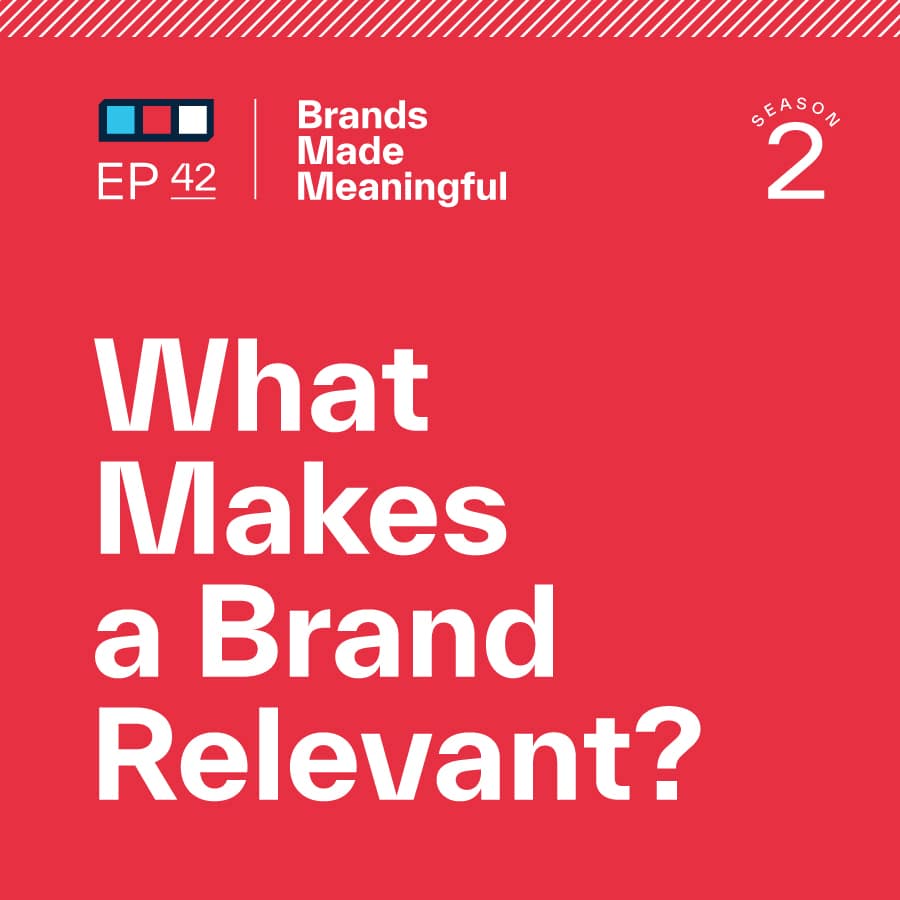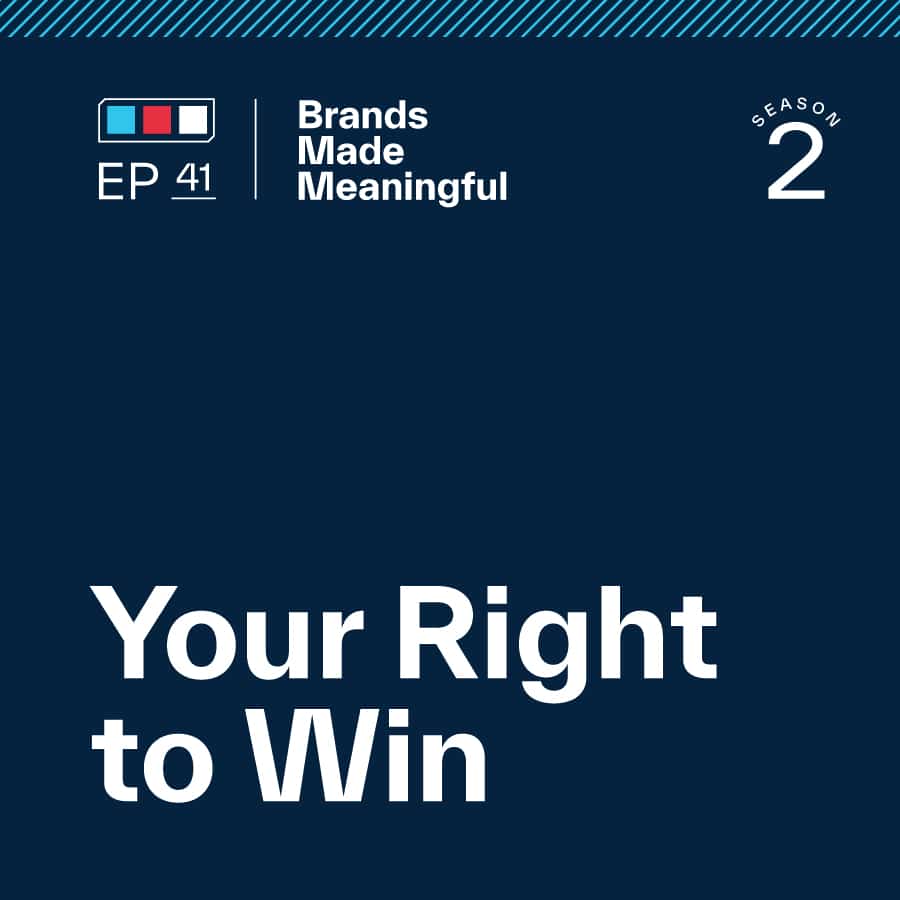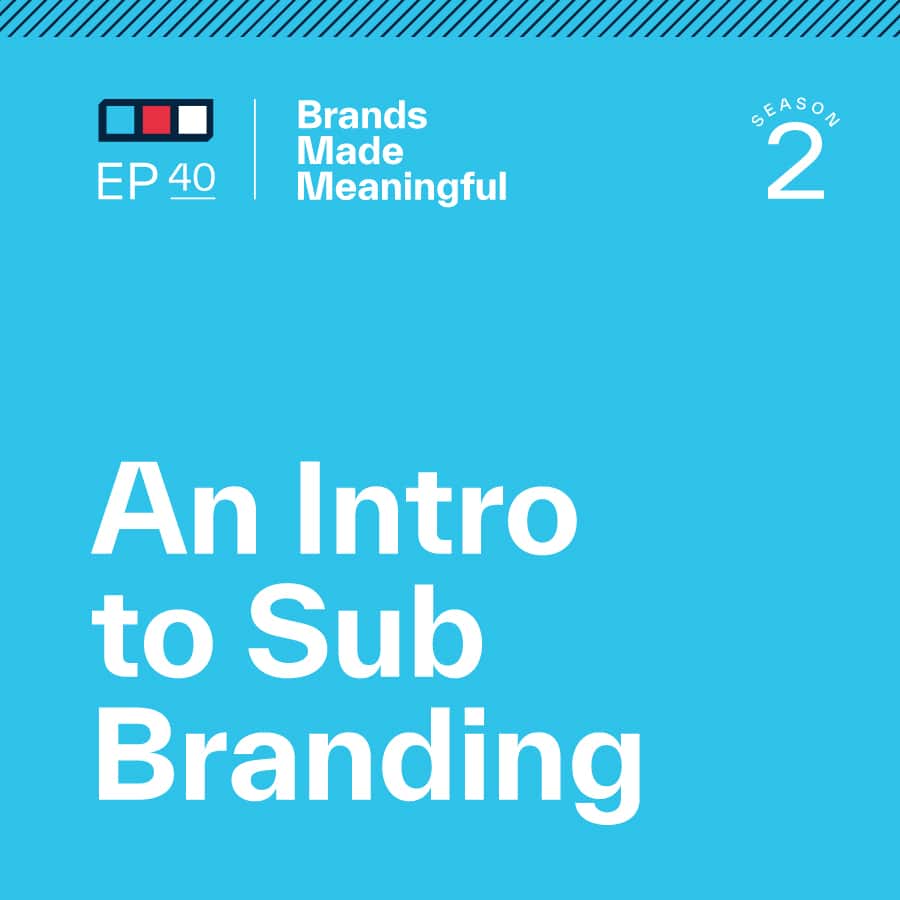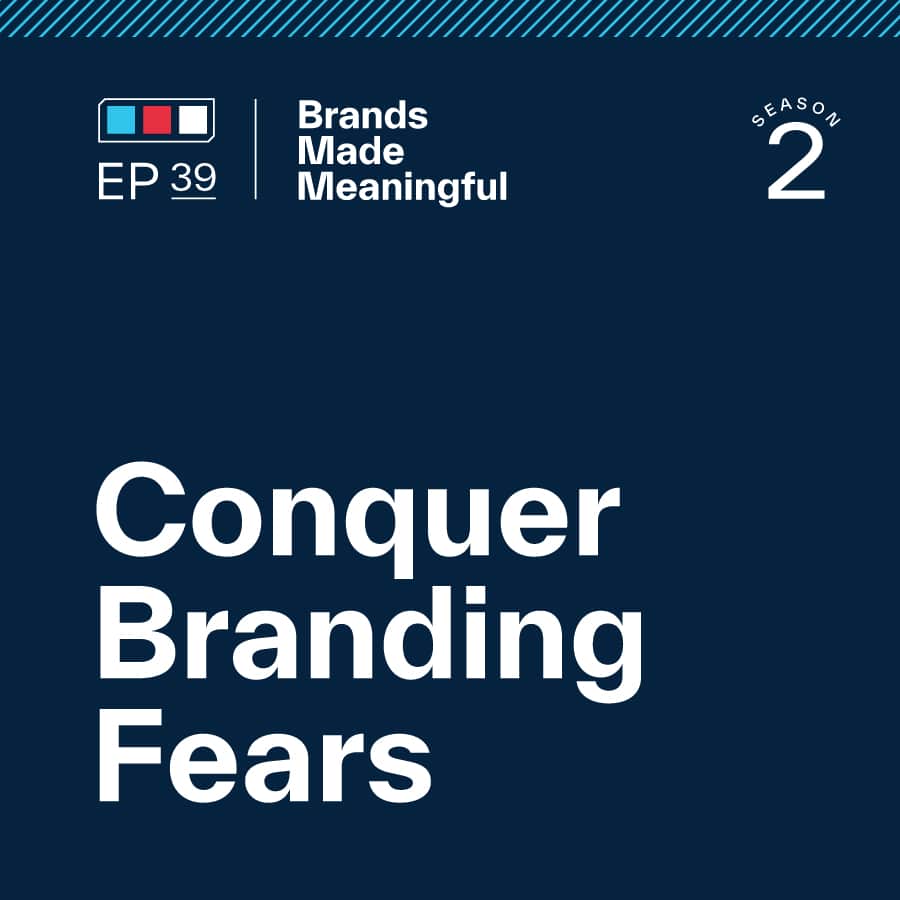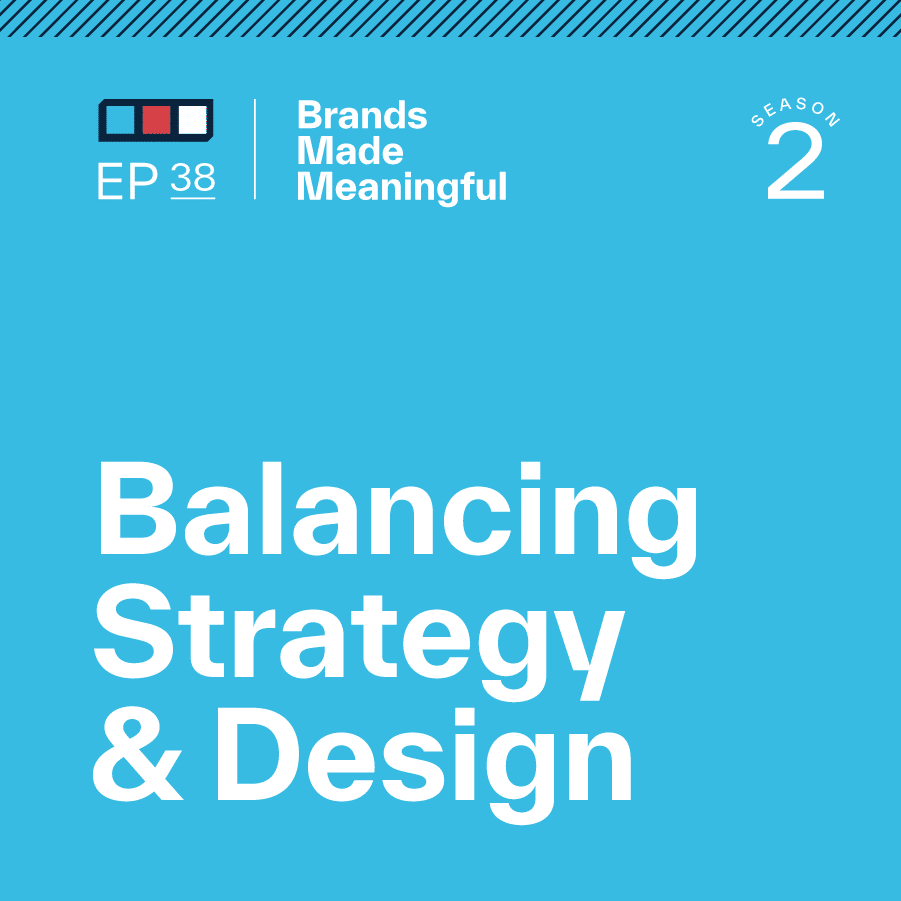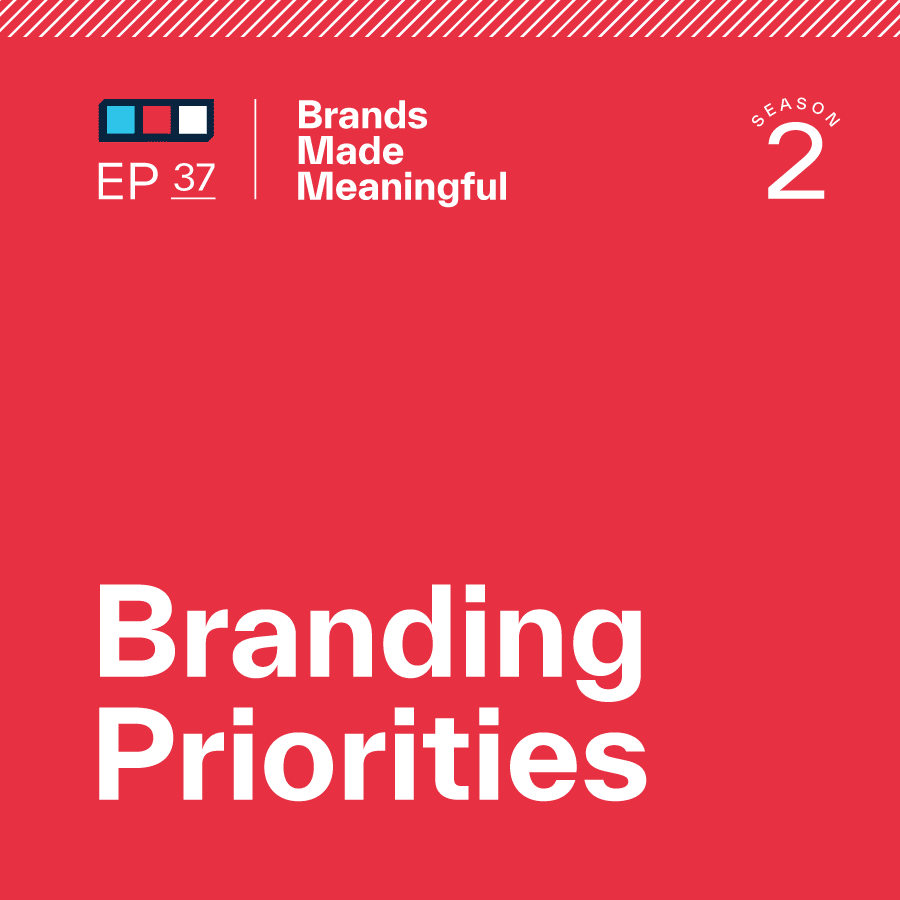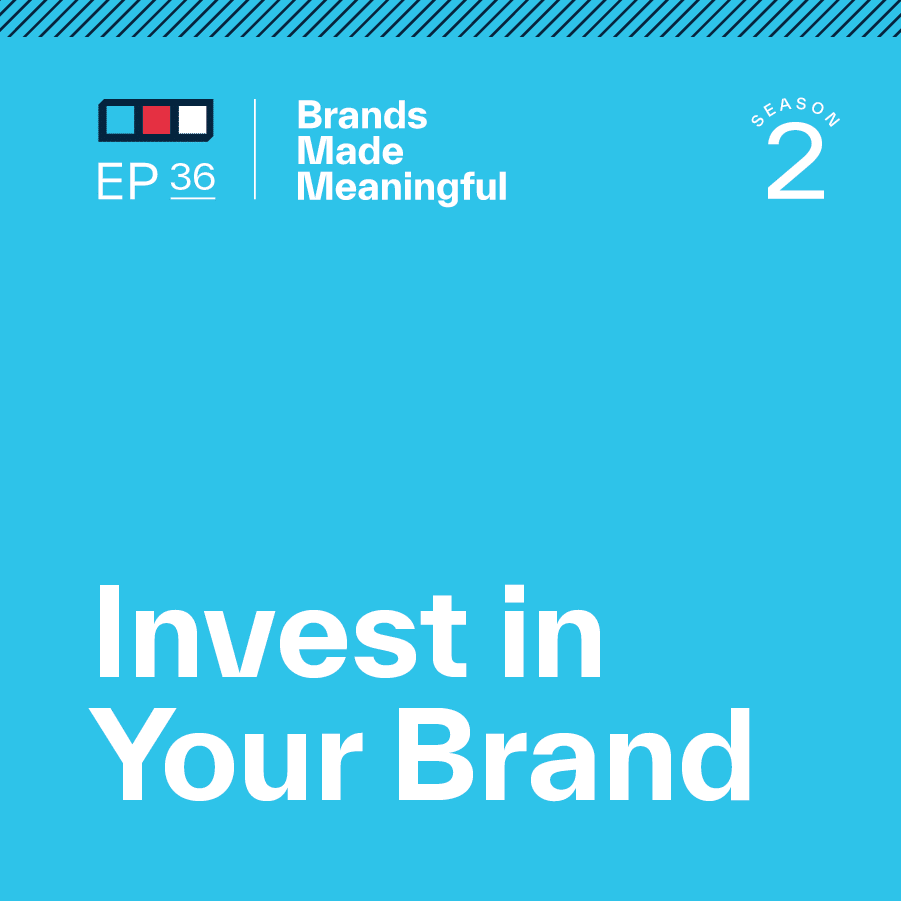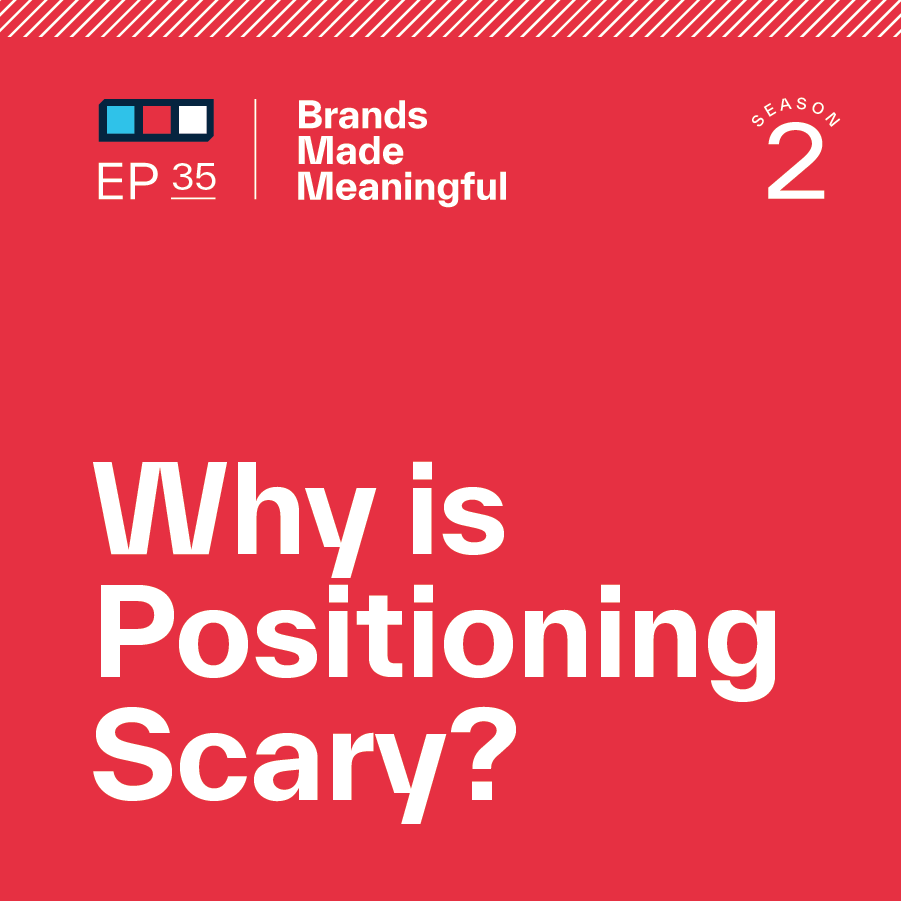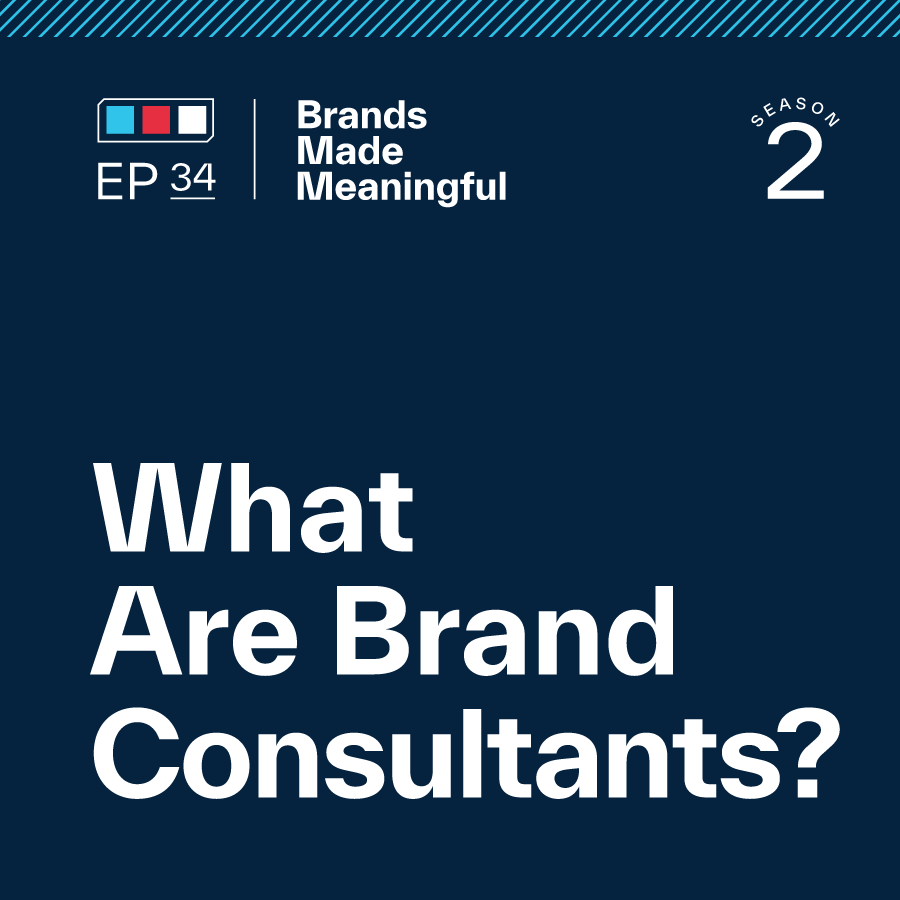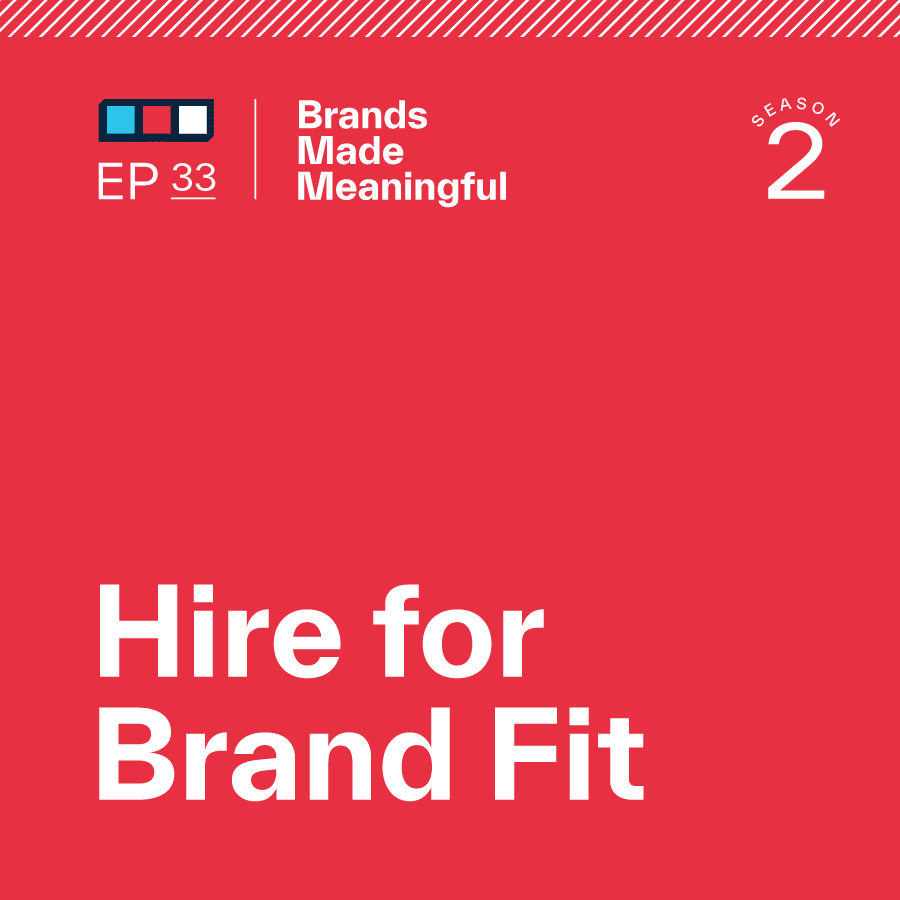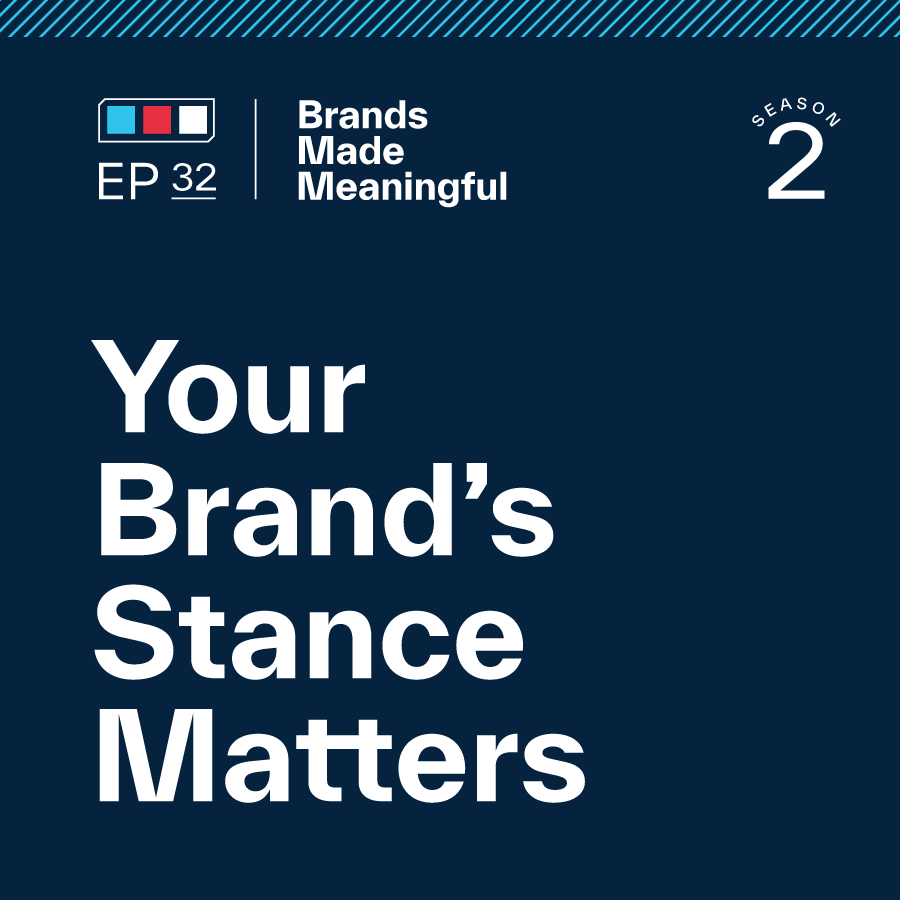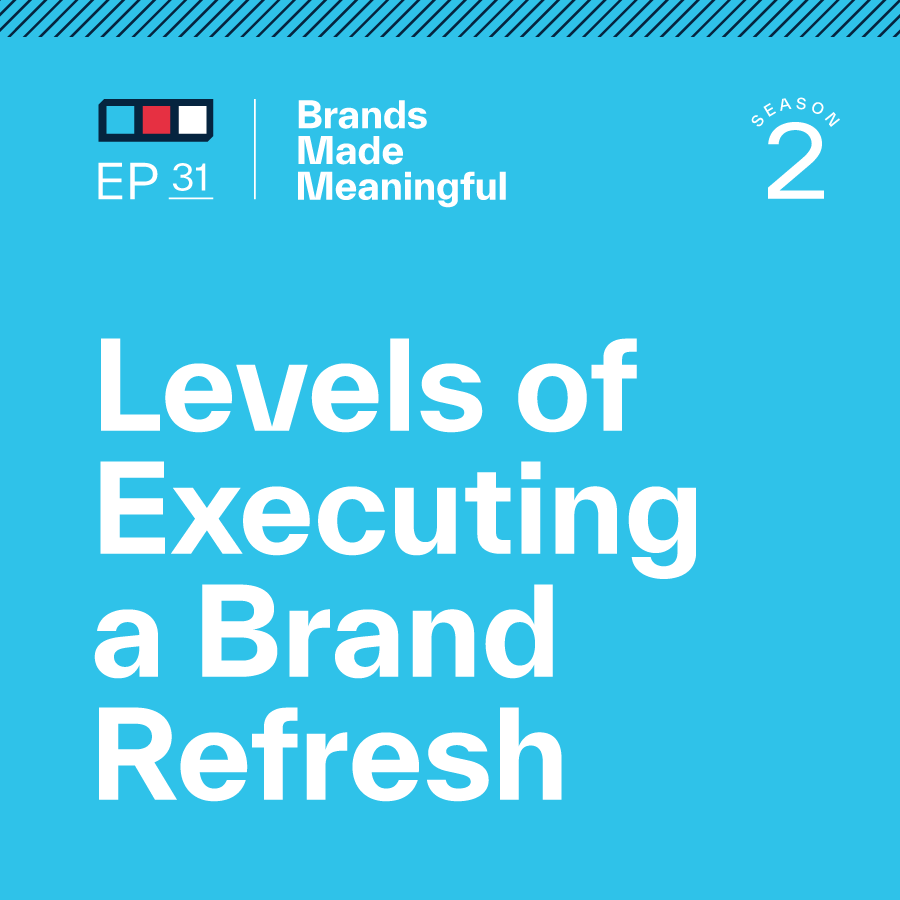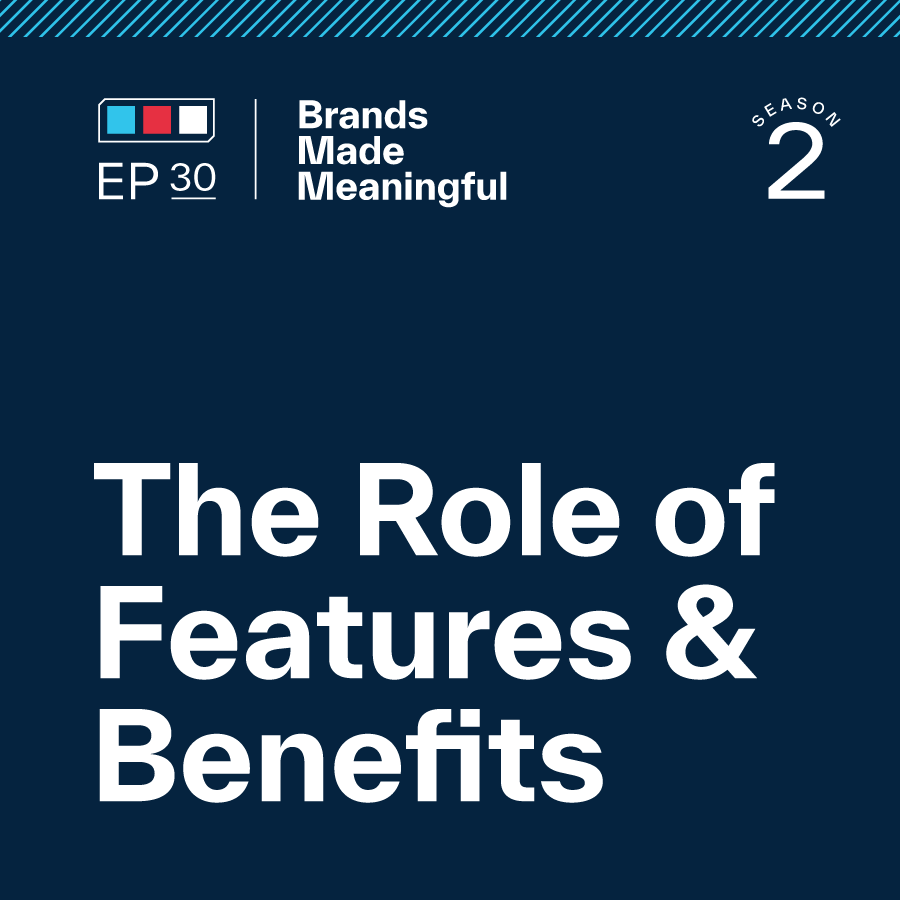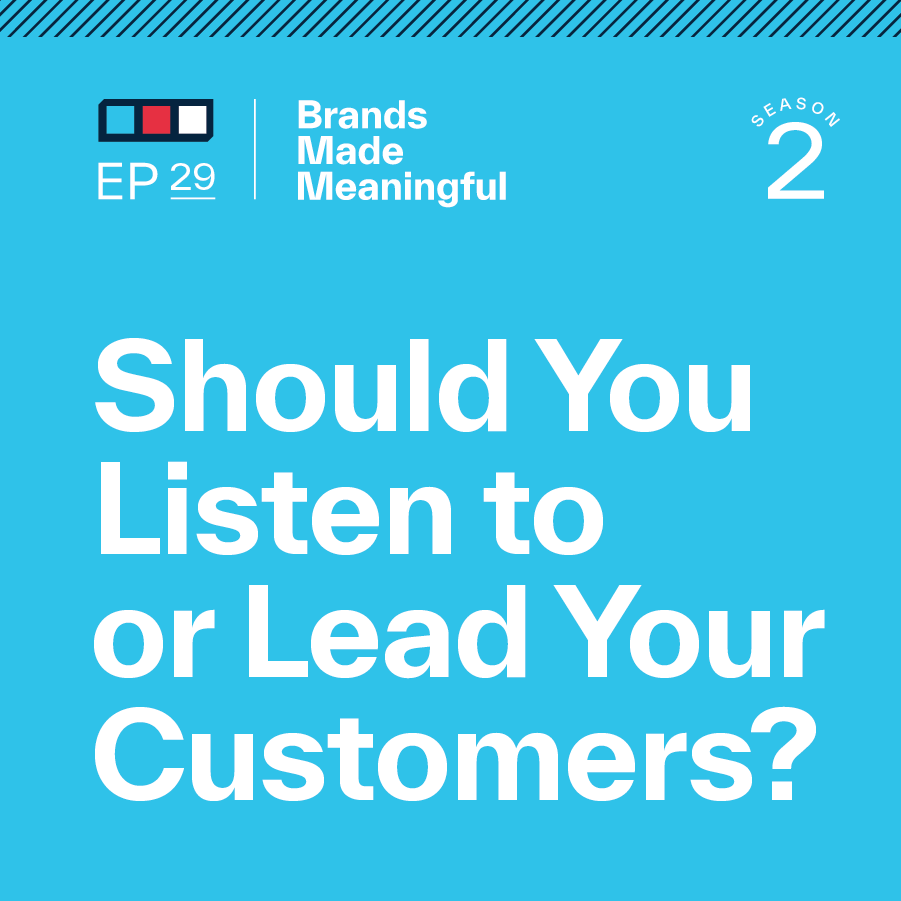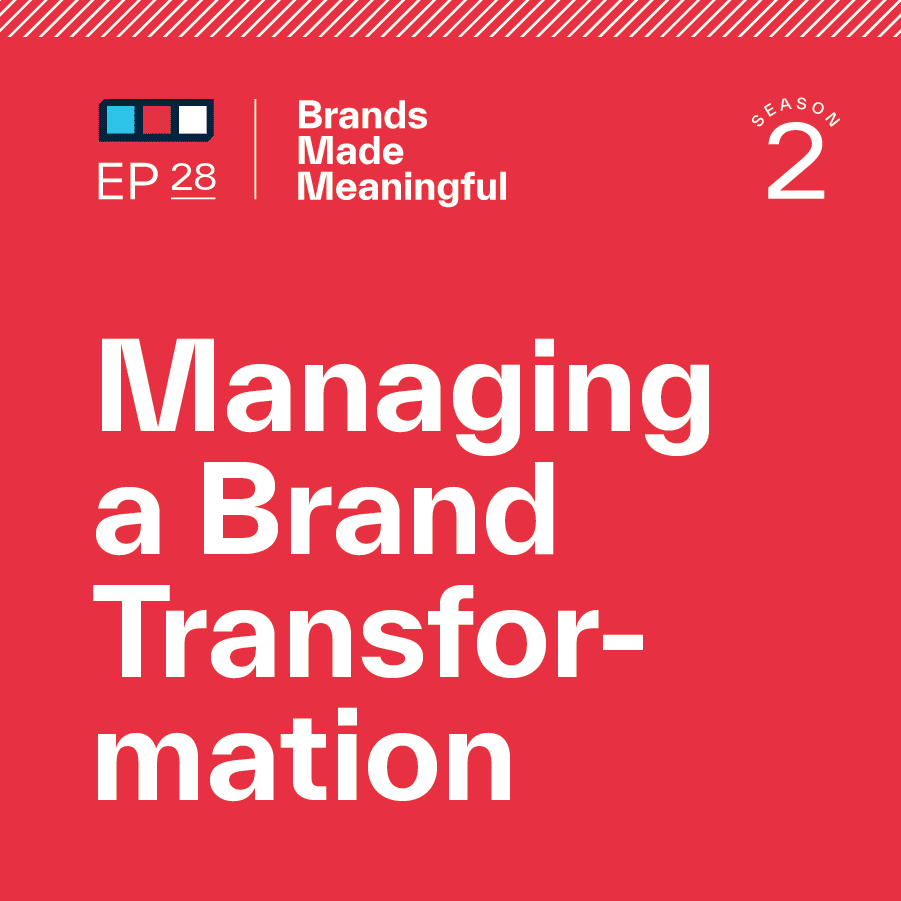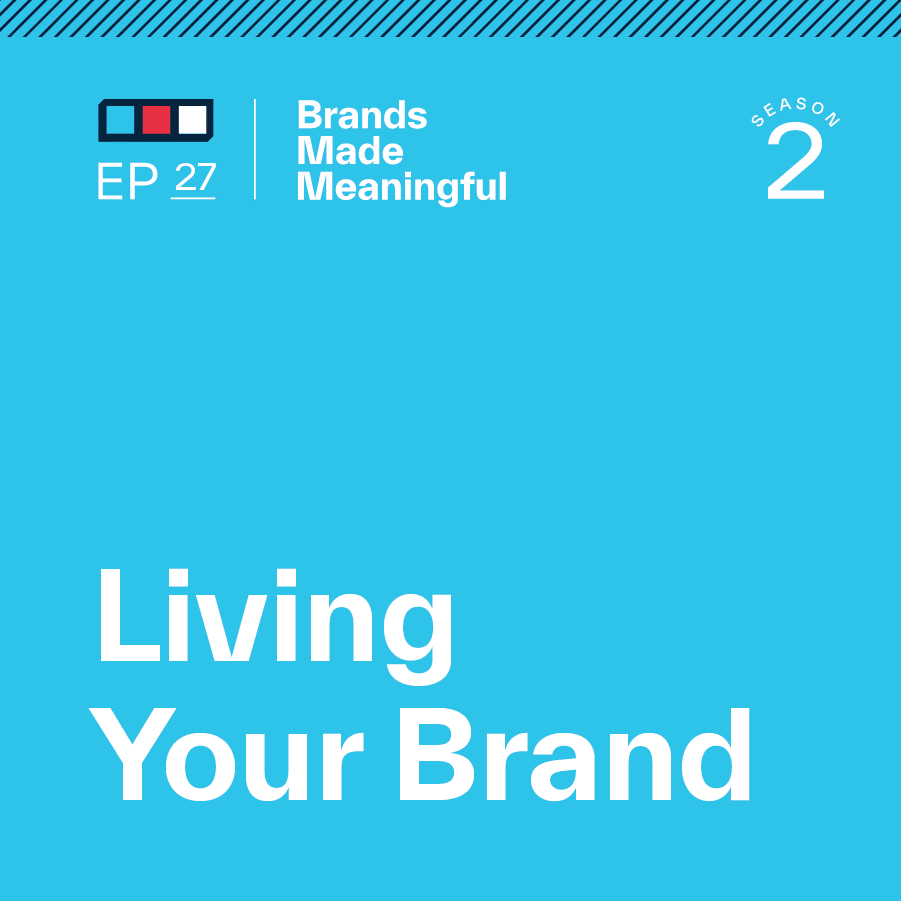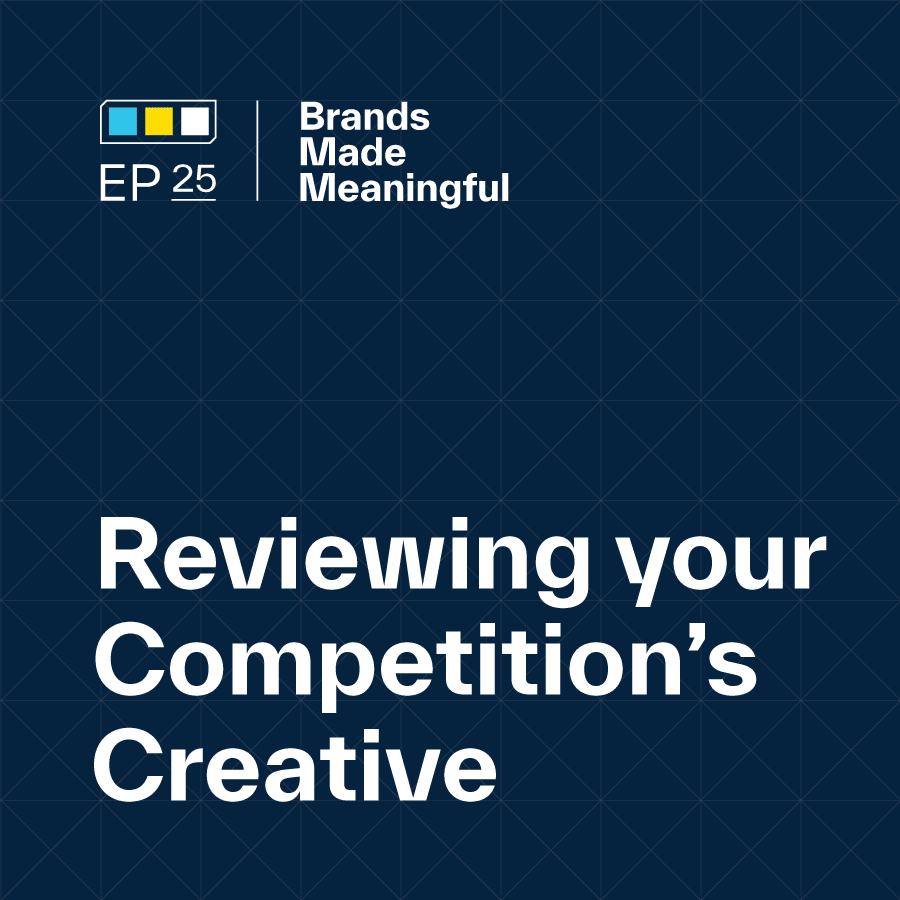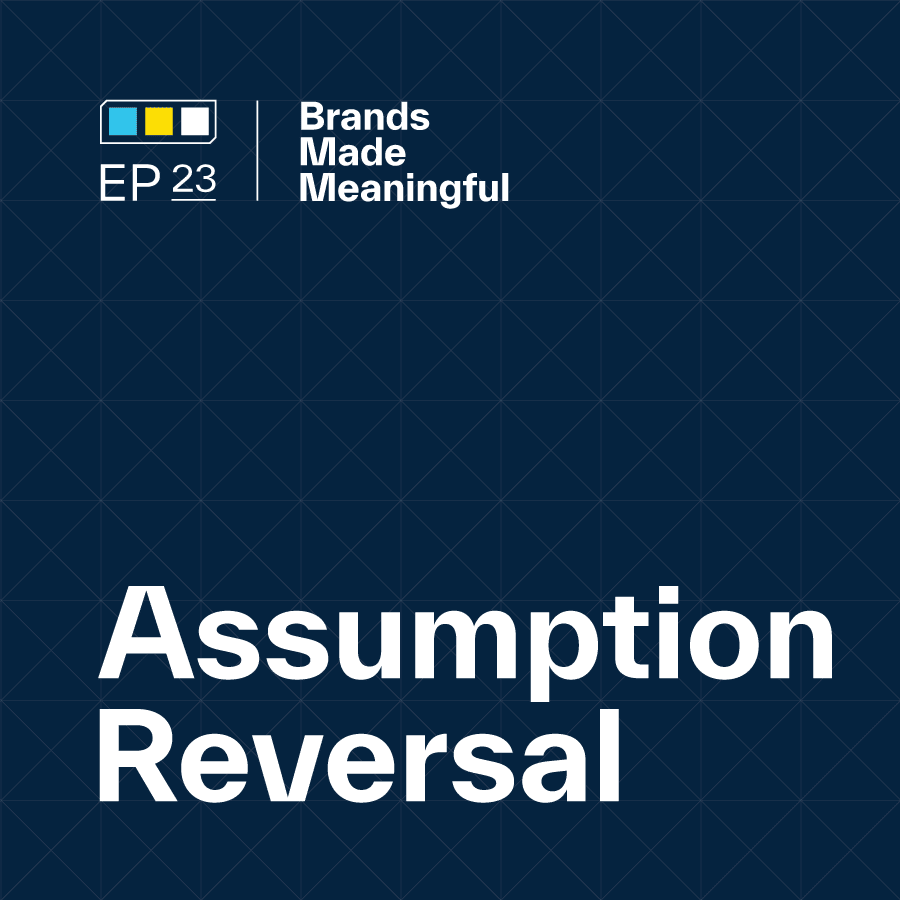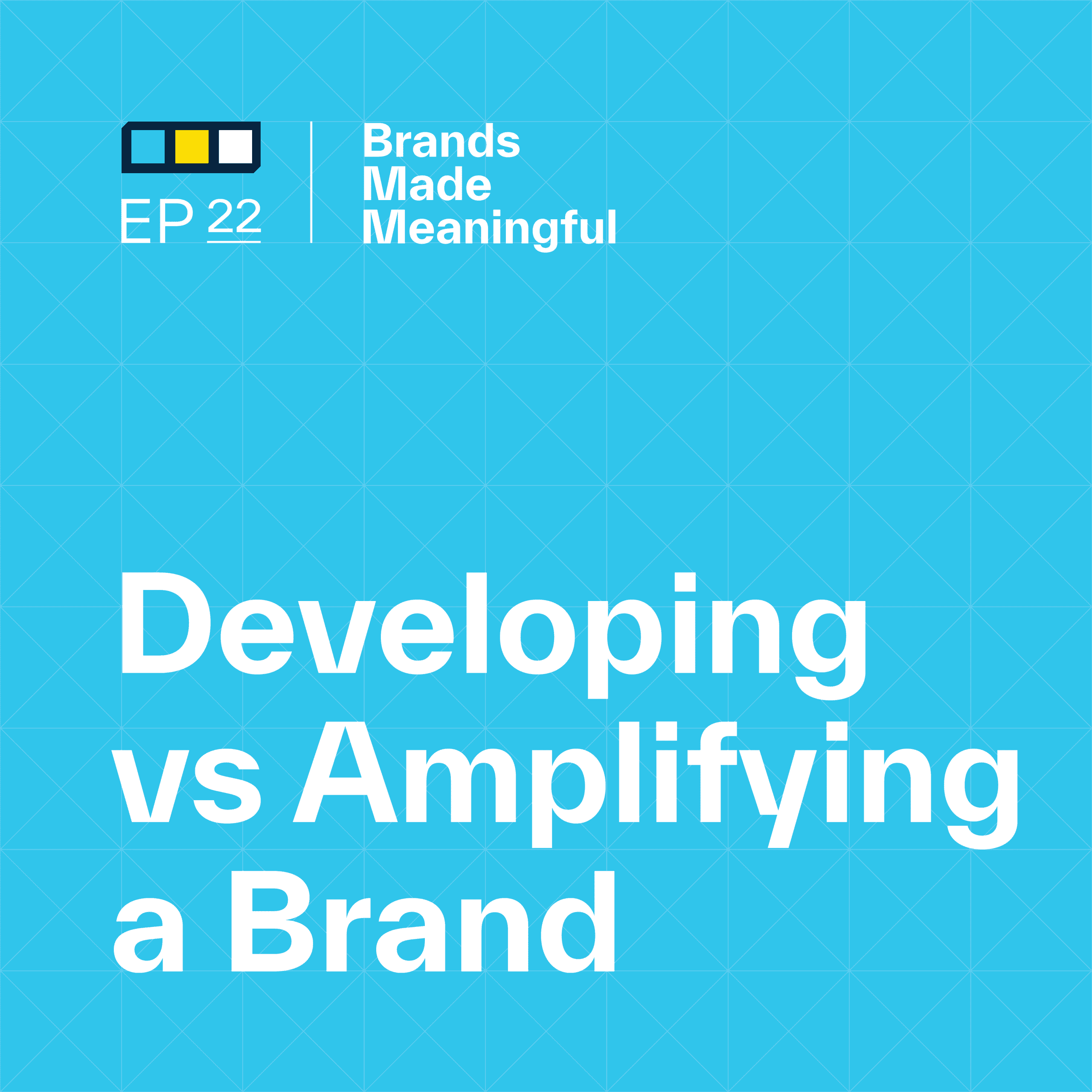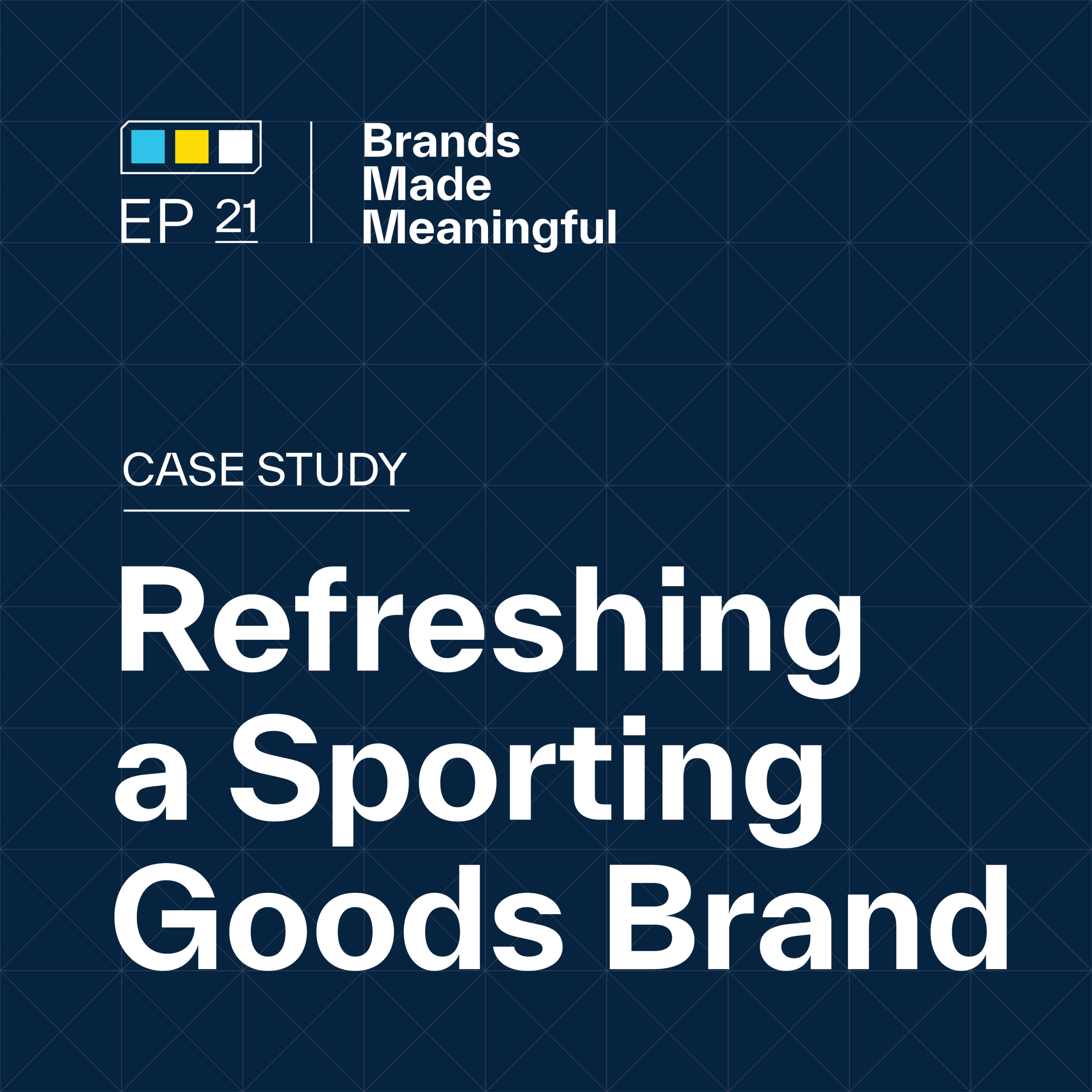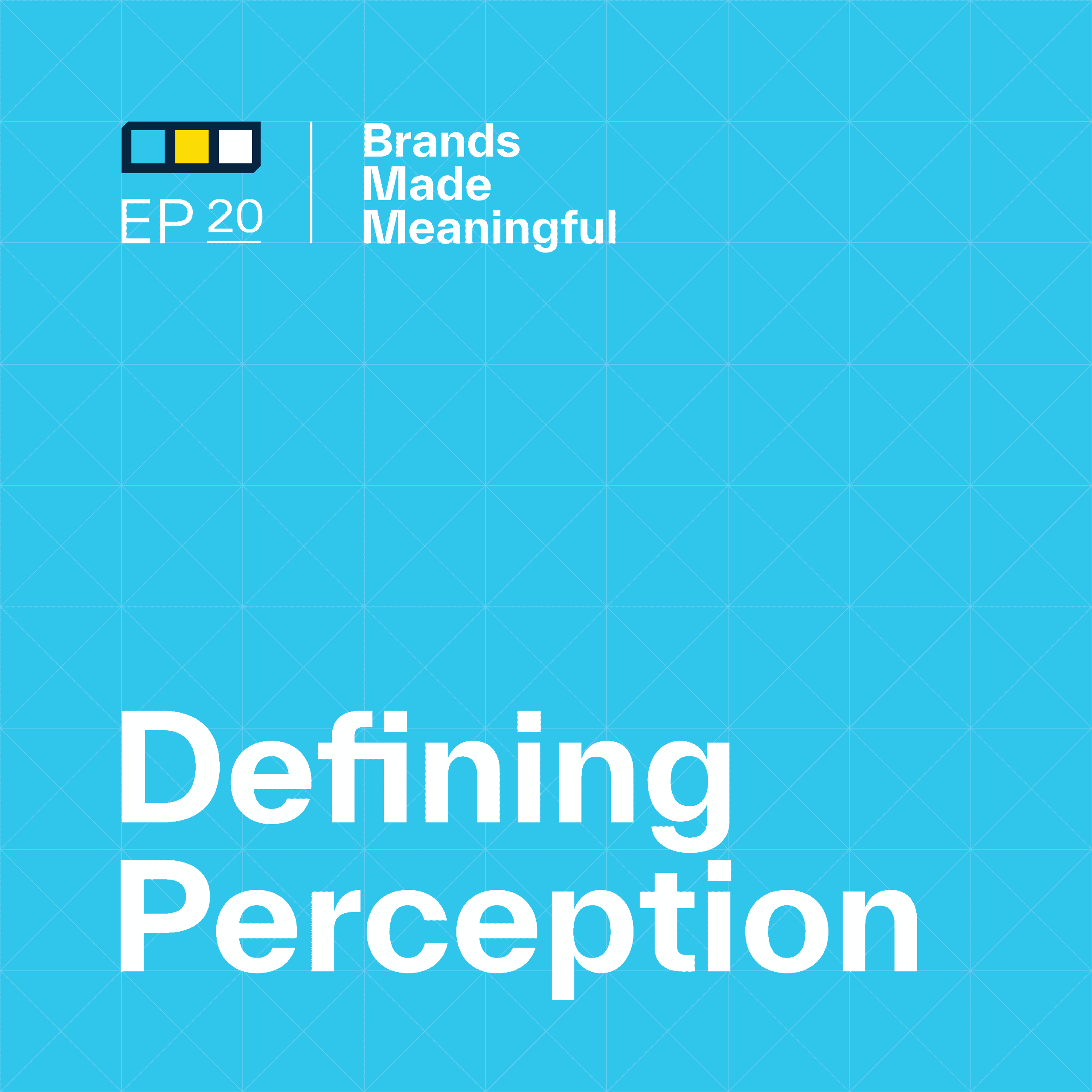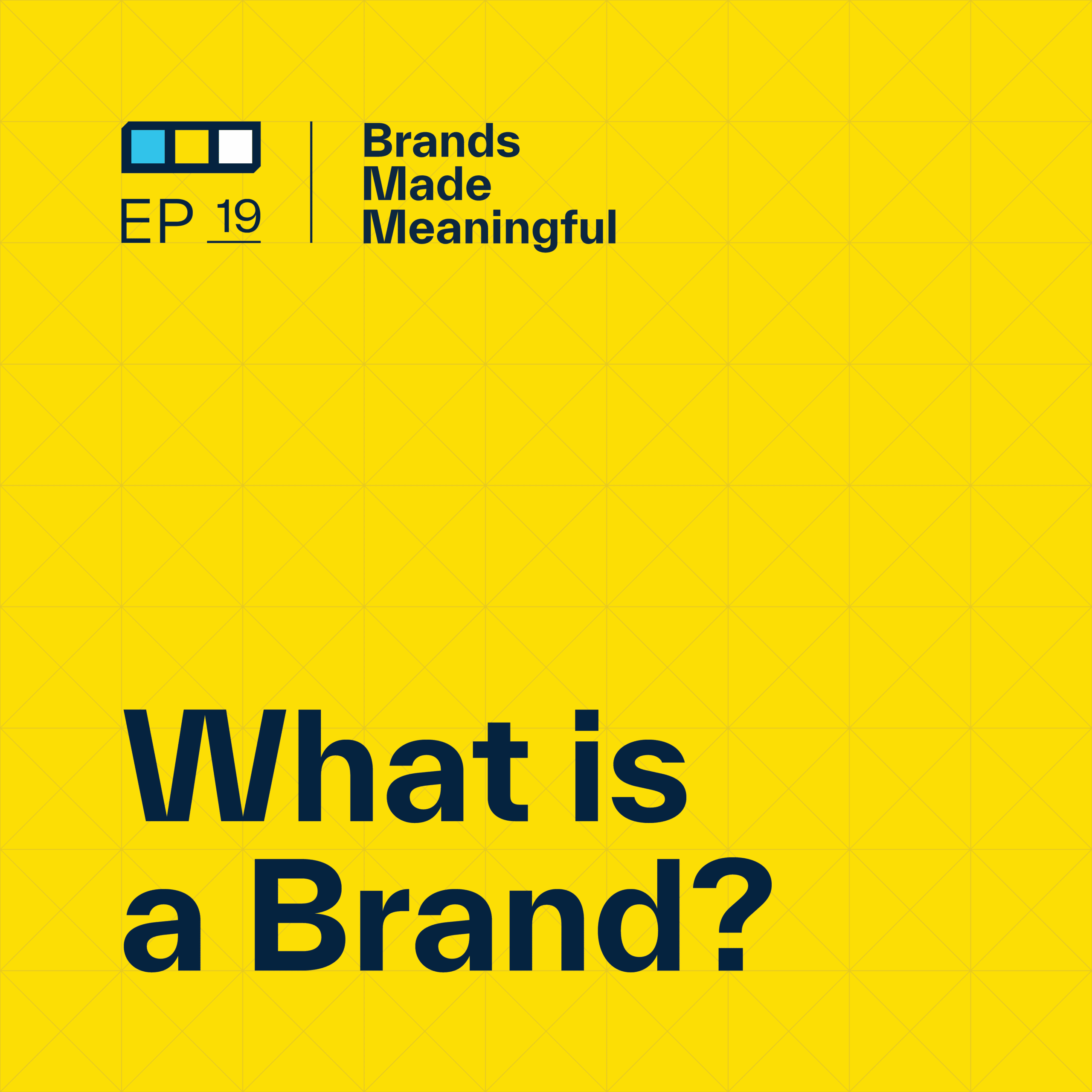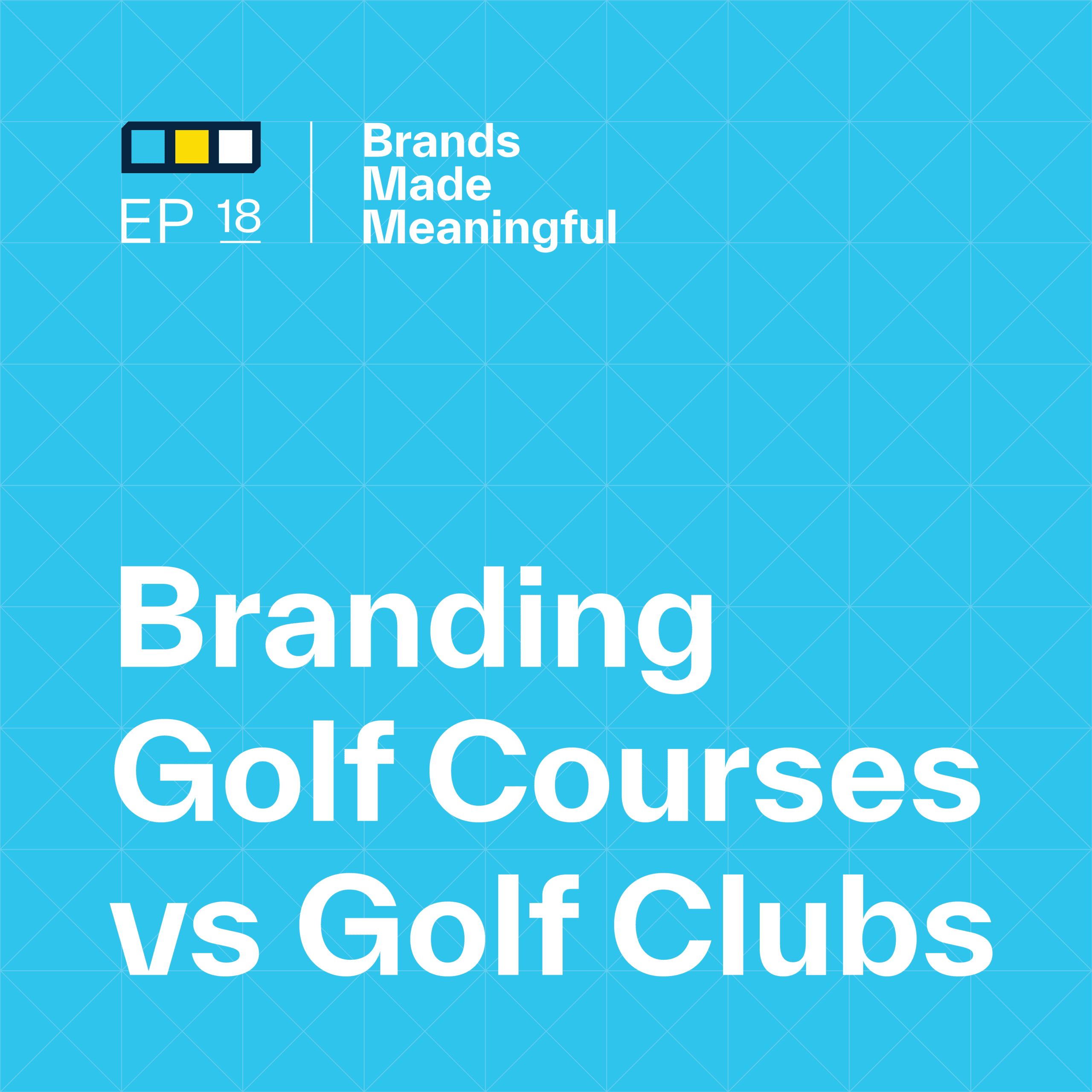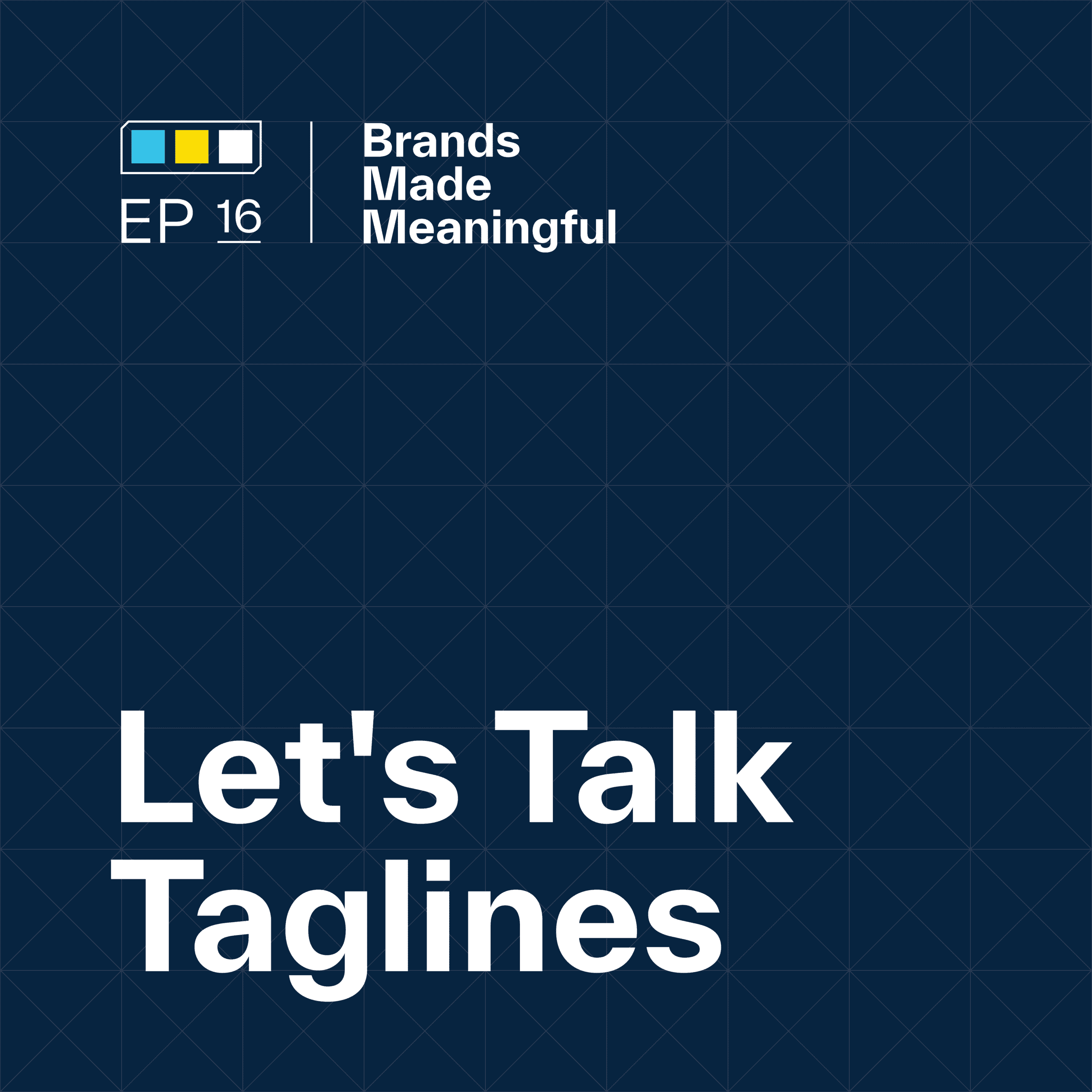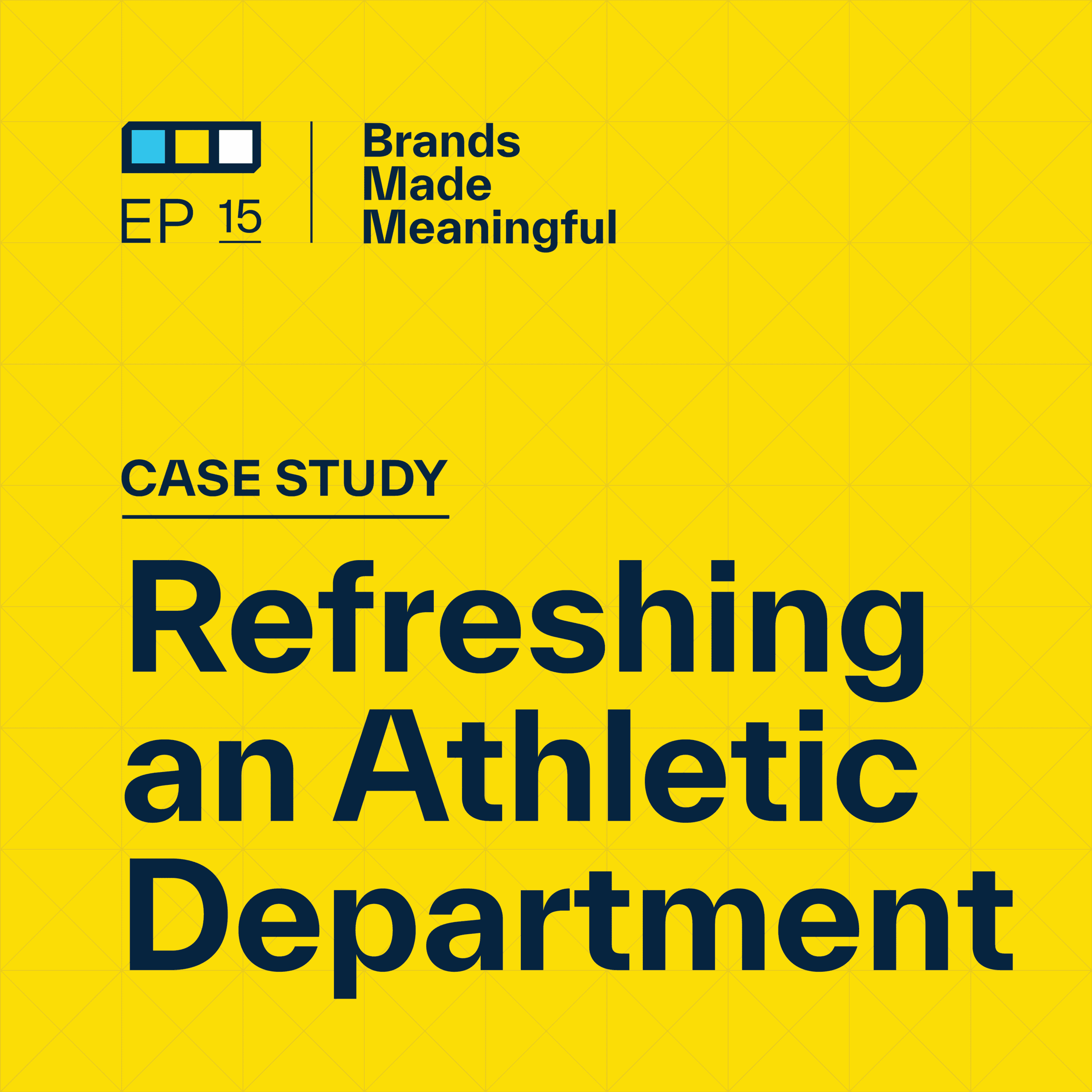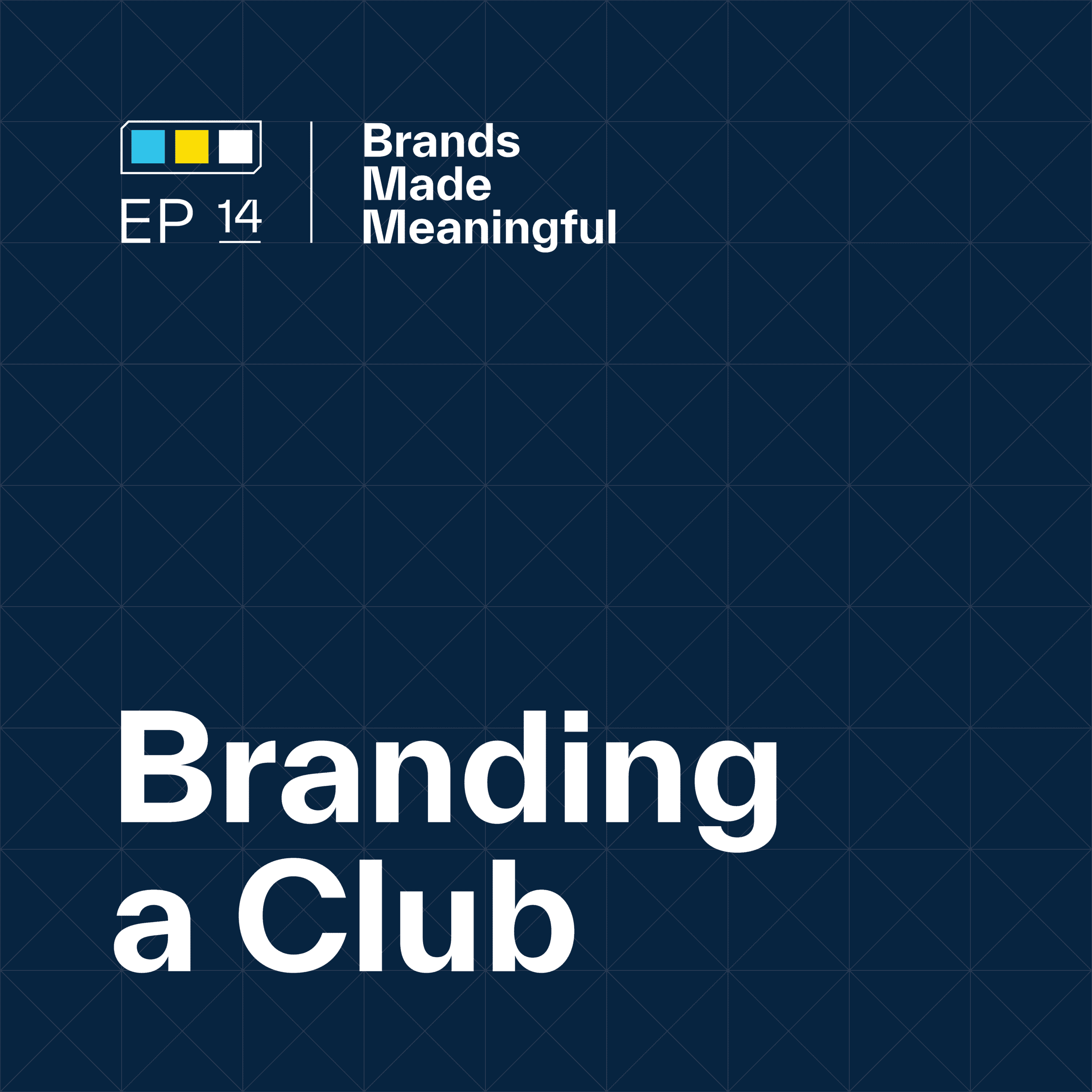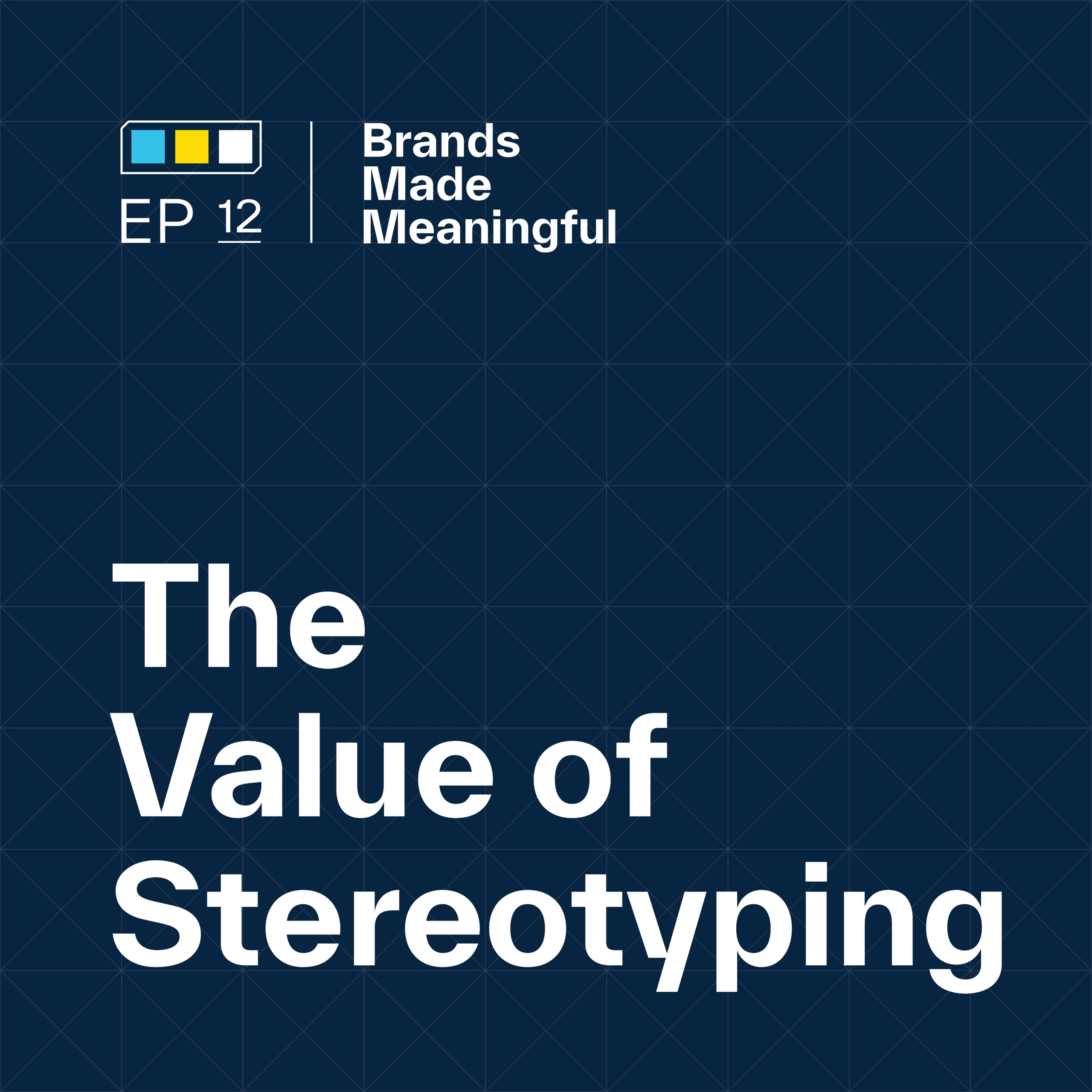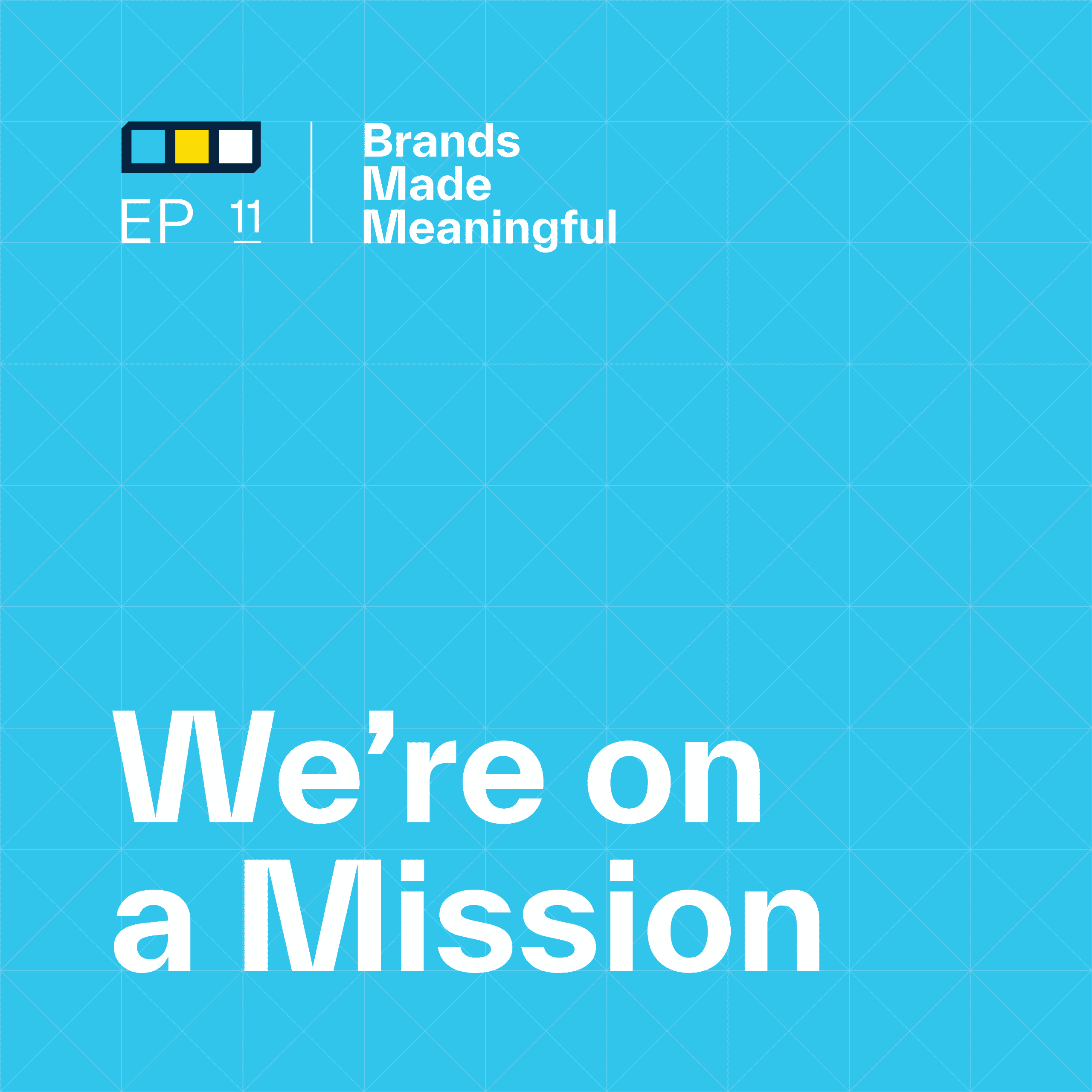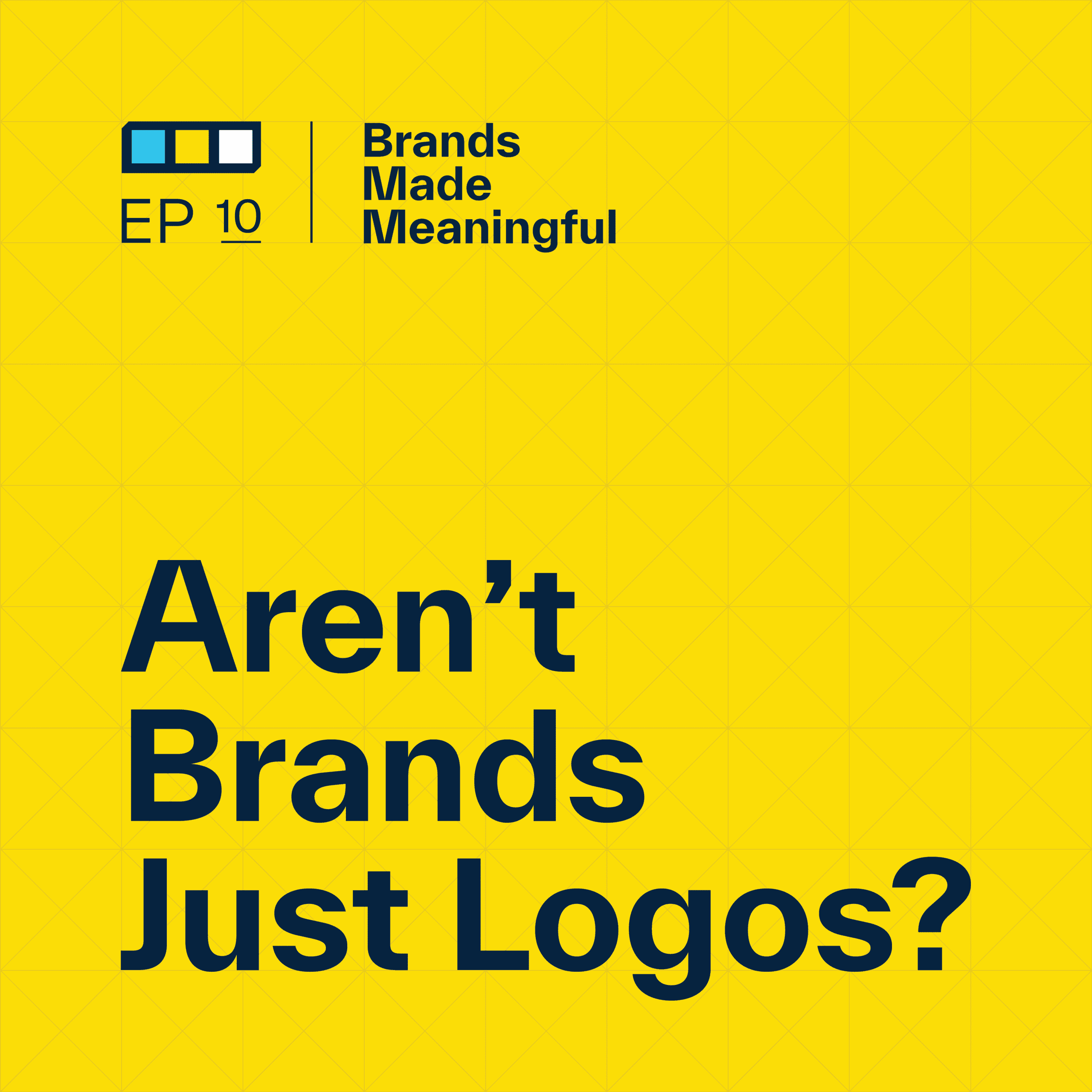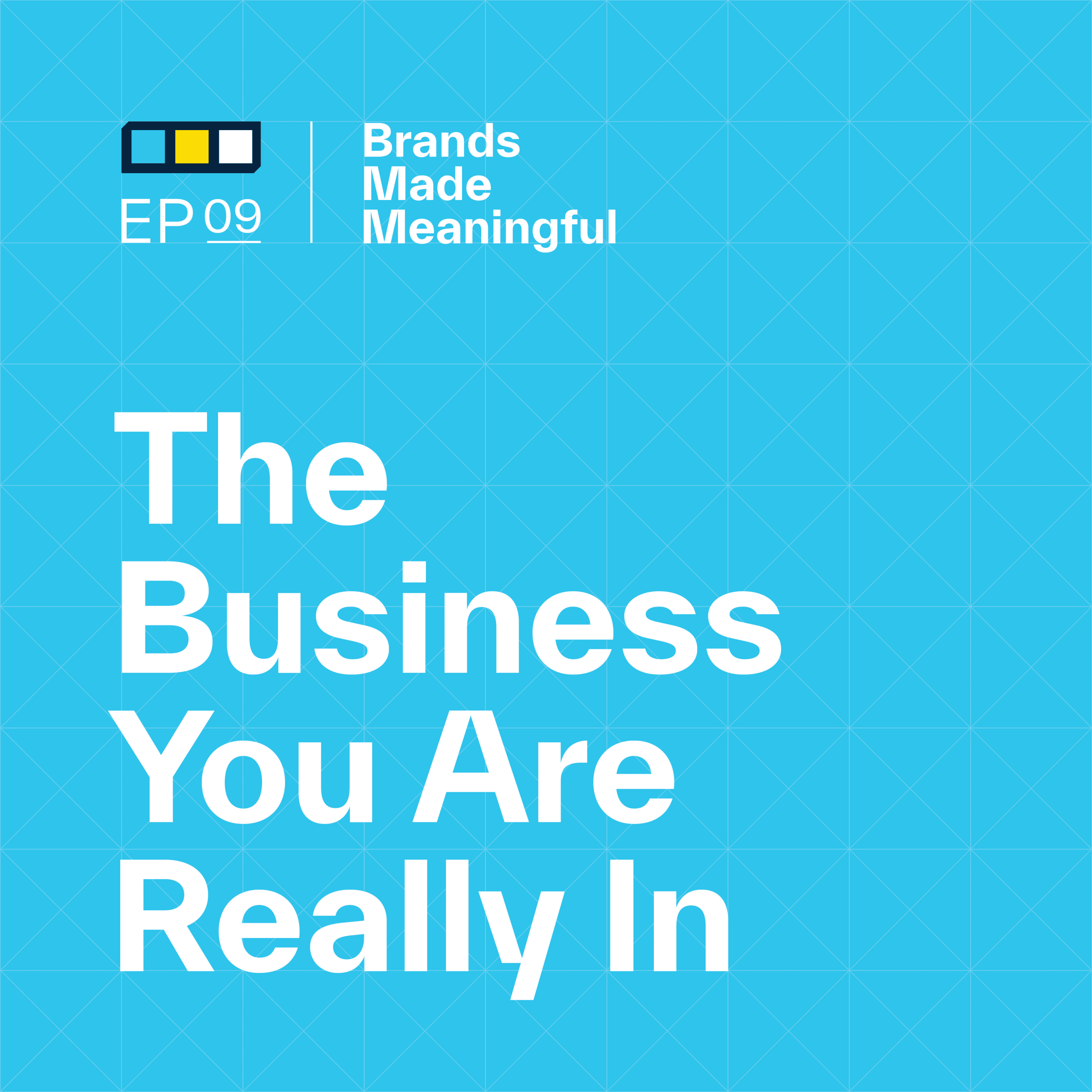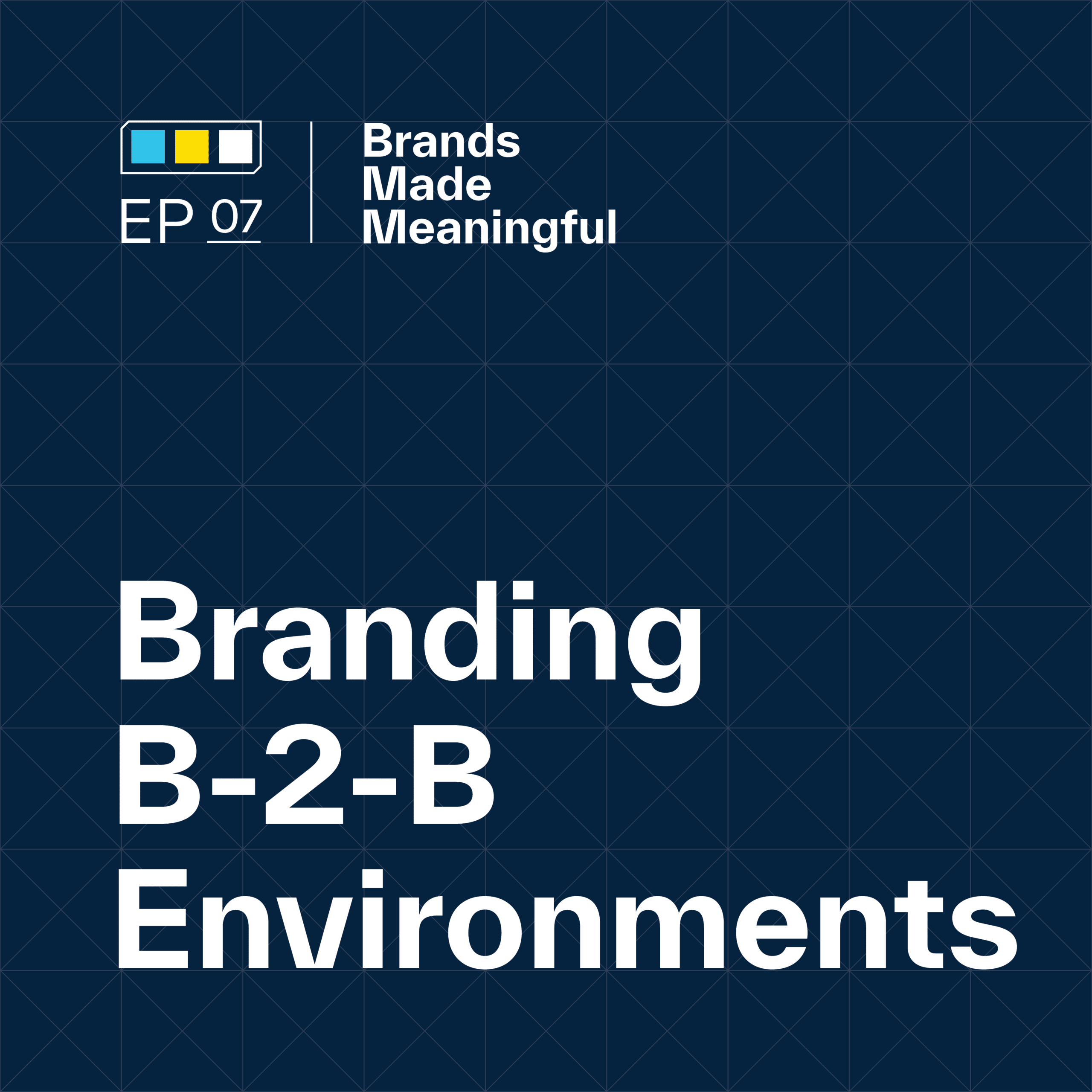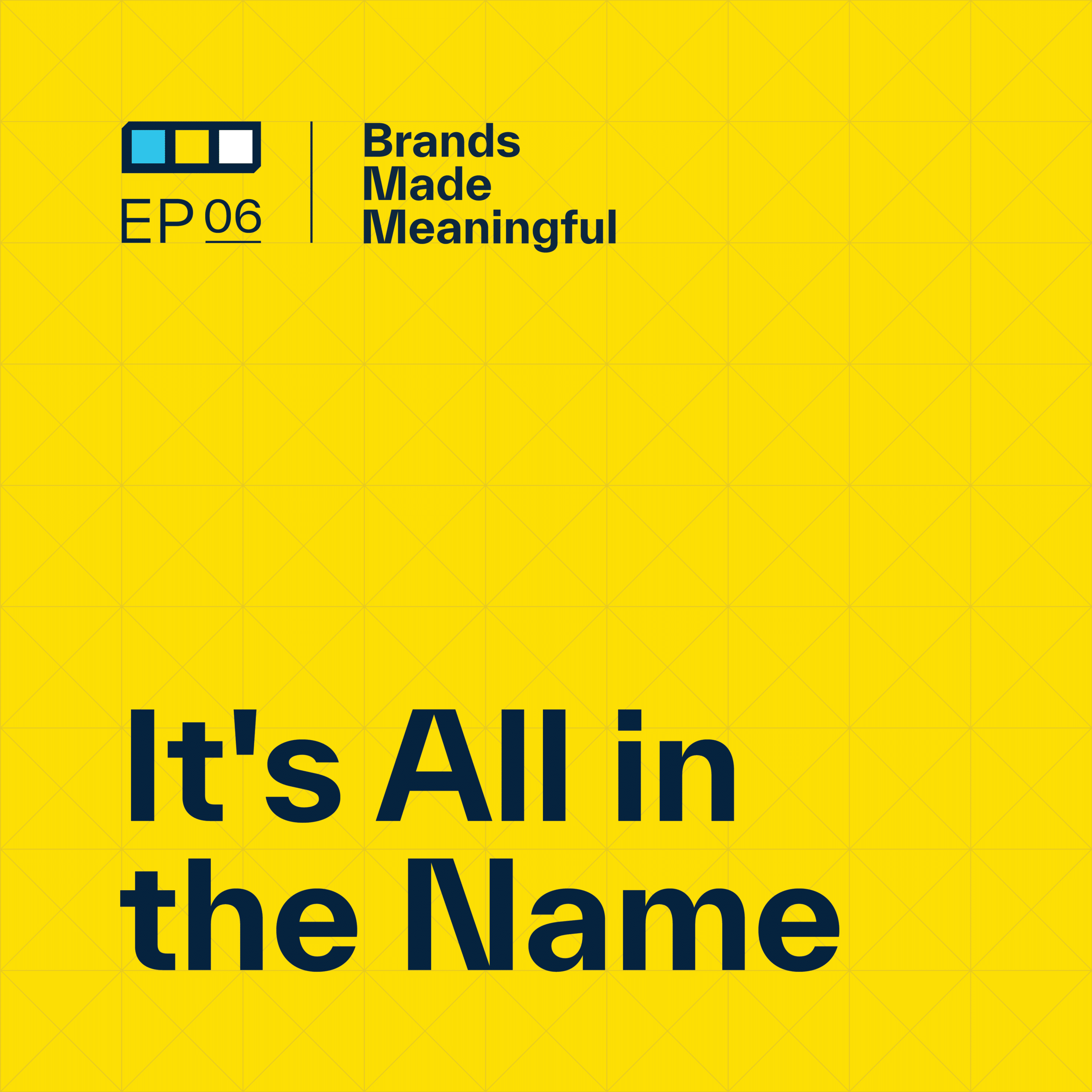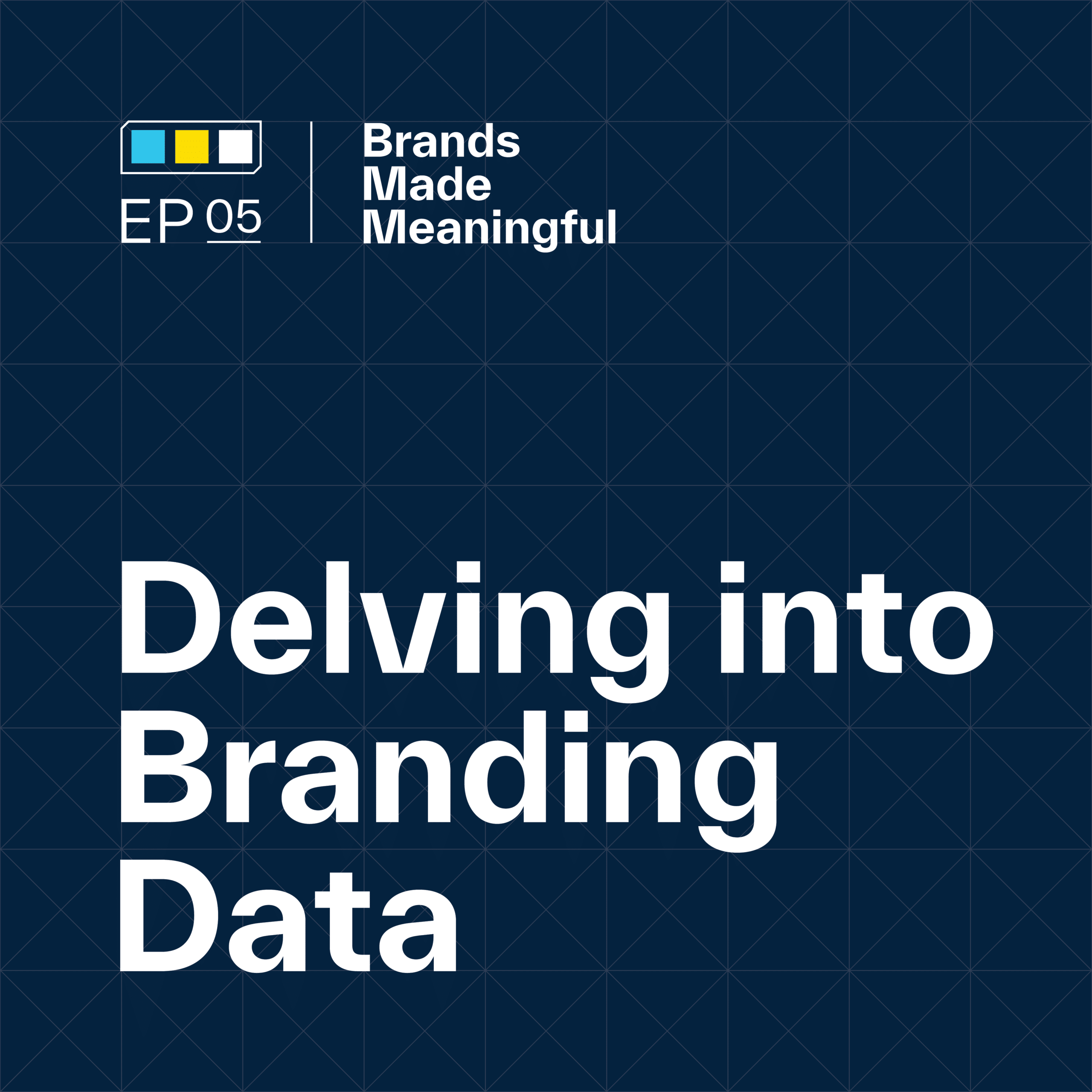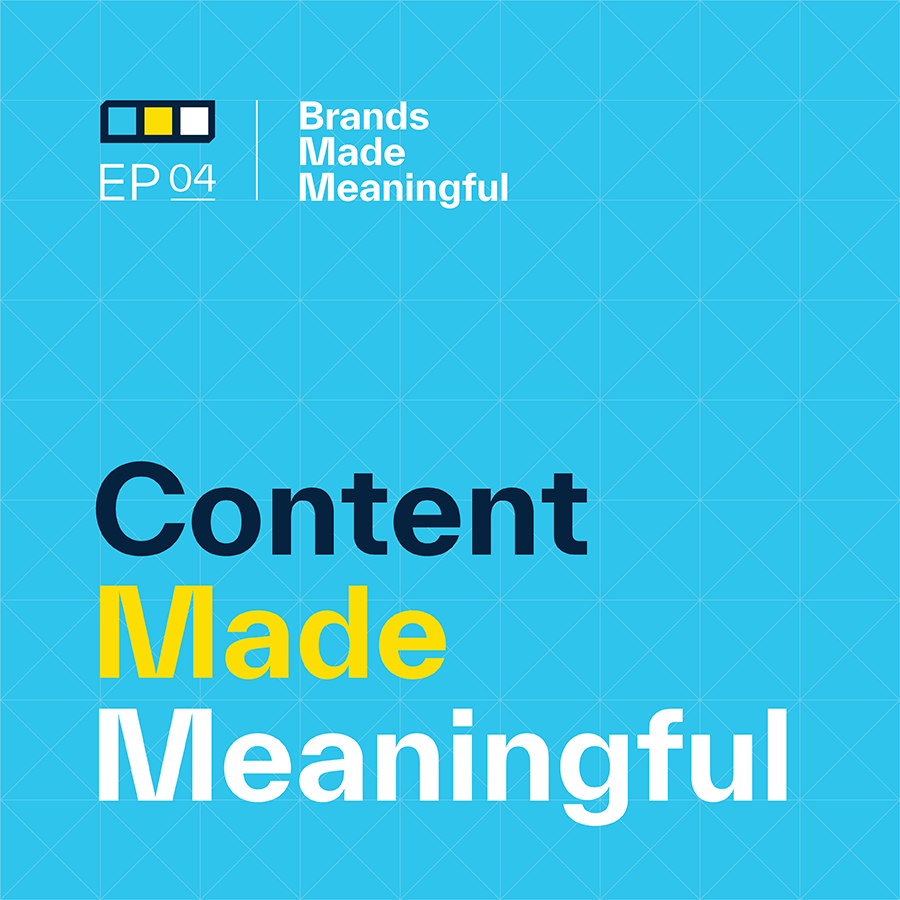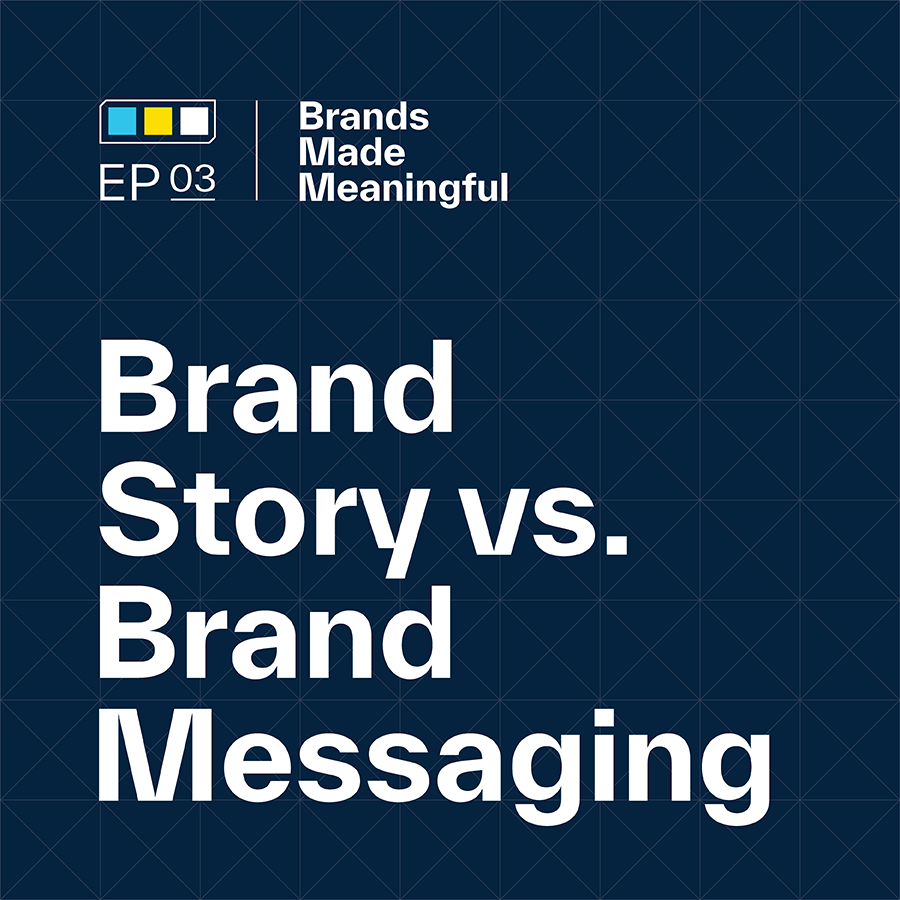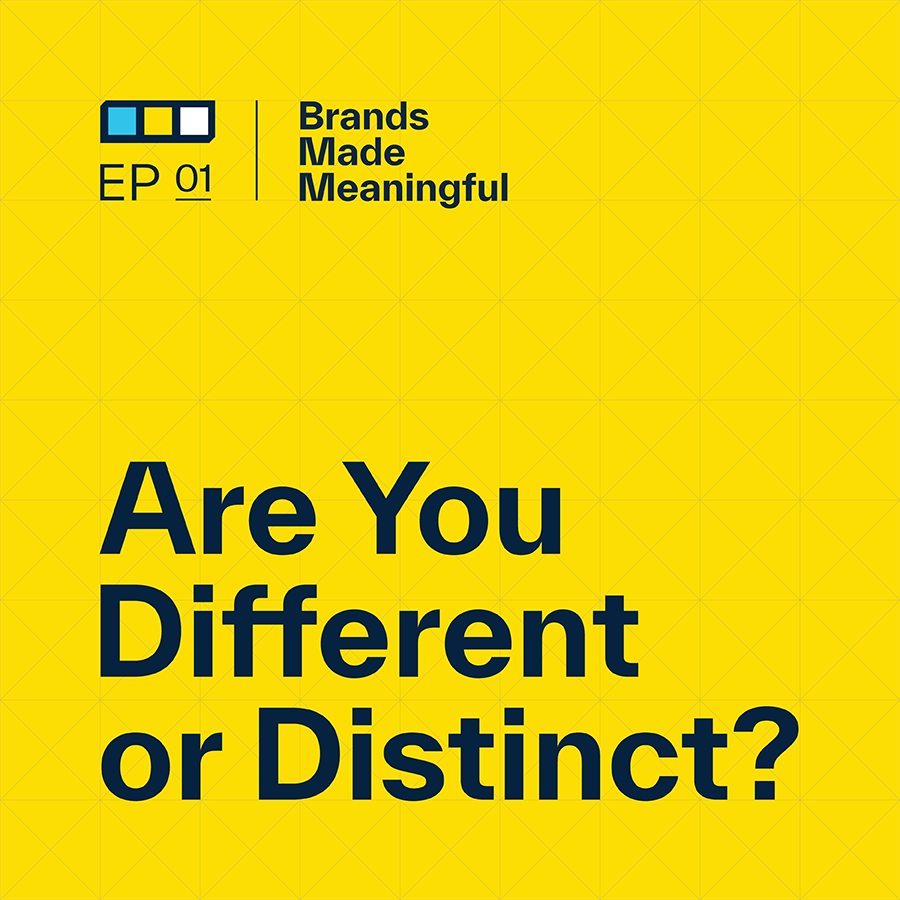EPISODE 17
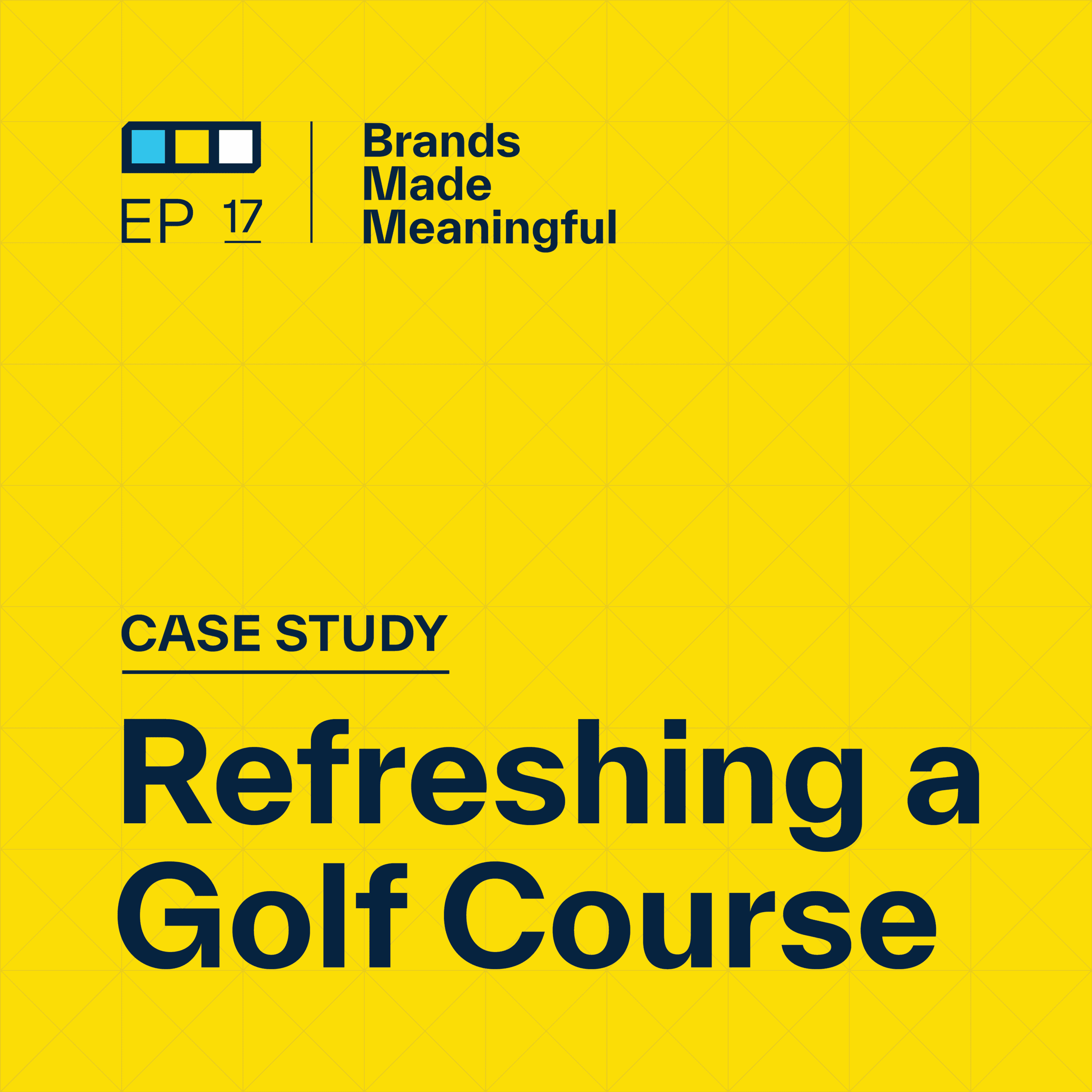
Refreshing a Golf Course
Episode 17
Derek and Tucker discuss the bar for golf course design – and how to push past it.
EPISODE TRANSCRIPTION
In today’s conversation, we’re talking about a rebrand for a golf course that we did about a year or so ago.
Tucker
We’re doing it because people have mentioned we talk about all these branding concepts and we talk about the kind of principles around these things. But what about an example? Can you talk through actually doing this for somebody? We did it before with an athletic department rebrand for NYT – that podcast has already come out. But we thought that since we’re recording this in August and it’s right in the thick of golf season, we would talk about a golf course that we rebranded. And it’s a course right outside of Buffalo, Minnesota, called Albion Ridges. Talk about how we got connected with them. Let’s walk through the process of how they got from where they were to where they are today.
Derek
The connection came from Steve Fessler, the PGA Golf Pro who is now the pro at Albion.
Expand Full Transcript
Tucker Derek, today is an exciting day because we’re talking about a rebrand for a golf course that we did about a year or so ago. And we’re doing it because people have mentioned we talk about all these branding concepts and we talk about the kind of principles around these things. But what about an example? Can you talk through actually doing this for somebody? We did it before with an athletic department rebrand for NYT – that podcast has already come out. But we thought that since we’re recording this in August and it’s right in the thick of golf season, we would talk about a golf course that we rebranded. And it’s a course right outside of Buffalo, Minnesota, called Albion Ridges. Talk about how we got connected with them. Let’s walk through the process of how they got from where they were to where they are today.
Derek Steve – Fess, as he’s known in our circles, has been the pro that I’ve taken lessons from for maybe 15 or more years. And he’s not only super tied and knowledgeable about the golf industry, but he’s also knowledgeable about courses and clubs, public and private because even in the time frame that I’ve known him, he’s worked at four or five different places. And when he arrived at Albion, he basically had determined that the spirit of this 27-hole facility, the fun factor, and the family that owns it, wasn’t represented in its current branding, and they were having a hard time attracting golfers who have a wide range of choices and options of golf courses to them, even just in their specific area.
Tucker So you were already connected with the pro there. And he came in and said, you know what, we could do better. We can do a better version of communicating ourselves visually. So let’s walk people through how we start. If you want to reference the case study, it’s on our website. It’s Albion Ridges. I think it might even be on our home page right now. But if not, go to our work page. It should be there. And that should show you some before and after stuff, and then you’ll get a good sense of what it looks like today. So when we start any process, we start with the discovery process. But specifically for them, we knew that it was important to stand out against the field when it looks at golf courses. It’s so popular in Minnesota. There are so many courses here, and so many public courses, that we know that there’s a big need to look different so that someone who’s either in the Cities or even around the Buffalo area can look online and go, okay, this place looks different. Why does it look so different?
Derek Exactly. There are a couple of statistics about the state of Minnesota that the quantity of golfers per capita and golf courses per capita put it in the top two to three states. So people are crazy about golf. There are a lot of golf rounds being played. Especially since 2020, two years ago, there’s been a resurgence. And according to the Minnesota Golf Association, that resurgence has sustained itself. It wasn’t a spike and it’s gone away. And so currently the golf industry is in a healthier place than it’s been in the last handful of years. So our first job is to understand what all the competition looks like. Now for this golf course specifically, this is a family-owned, privately owned golf course, but it’s a public golf facility. It’s a daily fee. It’s open for green fees. Anybody and everybody can go play golf there. It’s 27 holes with three distinct nines out in the countryside on what I would consider the fringe of the Minneapolis/Saint Paul metro area. So part of their challenge is going to be that they need to be distinctive enough that they can draw people that are going to be willing to drive a little bit further to get there versus driving past a course that is also a fun course to play.
Tucker It is fun. I’ve played there. You’ve played there several times. It’s really fun. It’s right on the side of farmland. Normally when you go west here in Minnesota, it gets flatter and flatter and flatter. It doesn’t play like that, which is interesting. But anyway, golf aside, when we look at other courses in the area, we’re looking at what kind of elements they are displaying, what they are really selling on their website, and what they are trying to communicate. When I look at a golf course that I’ve never been to, I’ll look it up. I’ll go on the website and ask, what is this? What do they say? What do I need to know about it? So talk through a little bit of the research that went into really trying to create a distinctive mark for them.
Derek We looked at three or four tiers, specifically of what we would consider the competitive set of the other courses in the area. We looked at the three golf courses that we believe are their direct competitors. We looked at the colors, the logos, the fonts, and the symbols to understand visually what they were representing. Because initially one of the owners of Albion said something like, Well, let’s just make sure we look like our neighbor course. Let’s have cattails in our logo also because they do and this course has a really great reputation. So we want to piggyback off of this other course’s great representation. So we presented to them a page of: Here are the three courses of your direct competition. Here are the next dozen courses in a ten-mile radius.
Tucker Like a secondary consideration.
Derek Then we looked at about 50 public golf courses in the wider western half of the Twin Cities Metro to say, look at what all of these look like. And then we did a pretty simple analysis to say, look at the six elements that almost every one of these logos has. They all have some sort of earth or prairie element – cattails, trees, birds, golf flags, or a water element. Almost every one of them had that in their logo. And so if we were going to lean into any of those to represent this specific golf course, we were going to have to make sure that, at a minimum, we did it in a distinctive way. Or again, they weren’t going to stand out.
Tucker We needed to tell the news story and we needed to pull out things. We looked at 60 or 70 courses and it’s apparent what needs to happen. There are just so many of the same-looking things. It’s actually shocking when you look at more and more courses and you wonder if there is going to be one that really stands out. It almost allows us to say, okay, anything’s possible as long as we stay away from trees, long things of grass, and birds. And leaves.
Derek They also have the word ridges in their name. At a minimum, there are two or three other golf courses in the Twin Cities that have the word ridges in their name also. So that started to guide us towards leaning into Albion.
Tucker Rather than the ridges.
Derek Rather than the ridges.
Tucker Just as a side note, when someone goes, well, why don’t I hire you guys? Why does it take four, five, six, or seven months to do a new logo? Why does it take that? You can see that we take a long time to do the discovery. We get really thorough with what the challenge is here and what we need to find out. In this instance, it wasn’t interviews. For some brands, we have to do in-depth interviews or maybe surveys or some other form of discovery. For them, it was visual discovery. We needed to do a lot of visual discovery and that takes a long time.
Derek And we needed to visit the site. We needed to know what the place, what the experience was that is unique to them.
Tucker So there’s a lot of work that goes into that and we haven’t even started designing anything. But then we move on to strategy. So what do we really accomplish here in strategy for them?
Derek For them it was trying to determine what we think would be the most successful perception that we could create for the brand. We use a handful of adjectives that we land on through an exercise that we do that we believe does a really great job of starting to put some parameters around how this specific client, in this case, Albion Ridges, should be perceived or could be perceived that would make it attractive to its target market.
Tucker What do the customers want from this? How do we take what they want, that experience that we’re building? How do we articulate that in 5 to 6 words so that we as a team can be on the same page as leadership to say, this is what we’re trying to create? We’re trying to create a mark and a brand that does X, Y, and Z, is that correct? So for them, it was all about creating a mark that enticed golfers to come here, had to be about golf, had to be focused on those things. And then we knew it had to be a crafted feel, it had to be comfortable, it had to be really familiar for people. And so the way that we moved forward was focused on those things rather than focusing on natural elements. And on the things that we talked about before.
Derek Exactly.
Tucker So after we have the strategy, and that form of strategy for Albion specifically was on our lighter side of what we do for strategy. It’s our more streamlined approach where it’s like, how can we get this done as quickly as possible? But then we move through the visual direction. Sometimes it’s mood board, sometimes it’s style direction. But for them specifically, talk about how the visual direction came to be.
Derek What we try to do is look at imagery that we associate with those adjectives and characteristics and attributes that we landed on in the previous one. And some of these images are metaphoric, some are literal, some are about the experience. Some have nothing to do with golf at all. But the goal is to create this visual, creative direction that when we look at it goes, oh my gosh, that feels exactly like Albion Ridges and what it’s like to experience this place. One of the words you said was familiar, but one of the other words that we landed on was surprising. And I think that one of my first experiences, when I got there, was that not only was I surprised by the topography and that the land wasn’t just flat farmland, I was surprised by the fun factor. The course was completely unique. I can’t even describe it to you. So to try to land on some imagery that felt familiar yet surprising was what started to inspire us when we got to the next stage of creative.
Tucker And when we were looking at imagery, we really honed in on some of the pieces that describe it really well. So if we’re looking at their imagery, we have a Coors banquet beer there. It’s not necessarily a Coors Light, it’s not necessarily a craft IPA. It’s something that’s a Coors banquet beer that feels a little bit heavier. It feels a little bit more robust, a higher quality. So when you’re going out to this course, we want you to see the imagery and think, this looks like a high-quality golf place. Their current logo, or the logo that was before this, the final one now, is not going to convey that. It’s not going to convey quality. It’s not going to convey high-quality golf at all. And so I think that that was really important for ownership to say how do we have something that creates that sense of pride in what we do?
Derek Something that gives us the opportunity to be distinct in telling this story. This is literally one of, and I guess technically it’s their secondary logo even though I’d like it to be the primary, my most favorite logos that we’ve done in a long time. When we combine surprising and familiar, the word Albion doesn’t mean anything. There isn’t a history behind that name, and Albion doesn’t have the benefit of having a name like their neighbor, Fox Hollow. So when your name is Fox Hollow, you start to think about maybe a fox is the mascot and the logo, and there’s an obvious connection there. But Albion doesn’t mean anything with respect to the land or the history or golf. So we needed to figure out what was that representative thing. And we discovered that there’s a working farm site right next to the first hole, the golf course with a silo on the left side of the first fairway that’s literally in play. You have to play around or over. I don’t know that I can hit the ball far enough to hit it over the top. But you have to choose right, left or over. And it’s an iconic part of the golf course. When you drive down the road, as you come into the property and turn into the parking lot, it’s one of the first things you see – the silo on the first hole. So we ended up leaning into the silo as a visual that could help with the distinction and recognizability of Albion Ridges.
Tucker And it’s on a farm. There are holes that come all the way down some of the farmland. And it’s pretty, it’s really nice. And when you think of the courses in the area, is a farm completely unique? Probably not. But no one else seems to be wanting to tell that story. So we felt that that story could be told in that way, whereas other people could tell the story but choose not to. So we’ll take it. Then we go into this thing. So Derek’s talking about wanting that silo to be the primary. It’s secondary because the leadership of the club wanted to have this emblem.
Derek They don’t embrace the silo. They look at the silo on the side of the hole and they’re like, damn it, we had to build our golf hole around the silo. And we said this is actually a great opportunity to embrace it. And so a great first step was getting them to agree that the silo could be and should be part of their identity. But the compromise with them was to say, let’s not lead with that yet. Coming right out of the gates with this rebrand, let’s lead with the monogram that is the primary, the new primary logo.
Tucker And their monogram has a little tee in it. And the funny part is they didn’t want the silo, but that silo actually has won an award for the visual. It’s just an amazing little mark that represents them perfectly.
Derek With the three rolling hills in the background that represent the three different nine holes of this 27-hole golf course.
Tucker So when we talk about all of the identities created, we’ve done all that stuff. We didn’t do messaging for them – that wasn’t a part of this project. But then we apply it to everything, right? That’s going on flags and going on hats and going on golf balls and going on shirts. Then how do we apply those things? How do we think about the application of those things as it comes into play?
Derek We work with the club, the course, and the leadership to understand, but we basically do an audit of all of the places and ways that they use the logo.
Tucker The touch points.
Derek For them, specifically, one of the reasons that we had a timing deadline was so that the logo was done in time so that they could get all of their merchandise printed and logoed for that upcoming golf season. So we ended up putting together a brand style guide with fonts and colors to help their printing partners and embroidery and apparel partners have all the tools, the art, and the guidelines that they needed to help roll this out into merch. I know that the course put the logo on scorecards, on ball markers.
Tucker Signage.
Derek Signage. And they’re starting to they’re continuing to start to roll this stuff out.
Tucker Normally when we refresh brands or recreate brands, the process is, let’s get this established, created, and do that, and then over the course of a year or so, we help them roll that out and apply it to things that they wouldn’t normally think of. So like we talked about, how do we apply this across the board? How does someone go somewhere and say, Oh, I remember that? It’s almost like, how do we paint the silo? What do the flags look like? What do the T markers look like? So when we look at golf course specifics, there are so many different touchpoints that people can see that apply across brands in general. When we work with a corporate client, we still do that same thing. It may not have as many applications from physical touchpoints like a golf course might have, but from a corporate standpoint, there are still so many other things that it can be applied to, like internal signage or anything like that.
Derek I think our goal would be to have enough merch, enough items in the pro shop that somebody who goes there has a blast, really enjoys the spirit and the energy and the experience of playing a place like Albion Ridges that you give them the opportunity to grab a little souvenir that says that they’ve been there so they can tell their friends, tell other golfers that they play with, spread the word, grow that awareness and hopefully come back and come back often.
Tucker Absolutely. So this is a shorter episode, but we went through that Albion Ridges’ case. So if you haven’t seen it, go to our website. The work page should have it there. It was a great project. It was really fun to do and it’s nice because people here like golf anyway.
Derek So if you’re in the Twin Cities listening and you’re a golfer, I give it my endorsement. Go check out Albion Rridges and tell Steve Fessler we sent you.
Tucker Send Derek an email and ask him to go golf with you and he’ll go do it. Until next time. Thanks.
More Episodes Like This
Changing a Club’s Membership ModelEpisode 83
Derek and Tucker discuss key considerations and challenges when changing your club’s membership model.
Connecting a Club with its Story with Jackie CarpenterEpisode 82
Derek and Tucker are joined today by Jackie Carpenter, author of People First.
Branding a Club AnniversaryEpisode 81
Derek and Tucker discuss the unique opportunity presented by milestone and anniversary dates for private clubs.
Private Club Storytelling with Ricky L. Potts, Jr., CCMEpisode 80
Derek and Tucker have the pleasure to speak with Ricky L. Potts Jr. about how powerful storytelling can be for your club members.
Opportunity in Club Facility RenovationEpisode 79
Derek and Tucker discuss pivotal key moments in your legacy and how to transform your story through renovation.
The Evolution of Club Members with Jon LastEpisode 78
Derek and Tucker are joined by Jon Last from Sports & Leisure Research Group to discuss the evolution of club members.
Member Branding vs. Product BrandingEpisode 77
Derek and Tucker discuss the challenges their client's have moved through when approaching differing styles of branding.
The Role of a Private Club's LogoEpisode 76
Derek and Tucker take a look back on private club logos they've designed over the years and explain the strategic reasons behind their choices.
Club Brand GovernanceEpisode 75
Derek and Tucker divulge the steps to evolving your brand while retaining your core values.
Seasonal Member MerchandiseEpisode 74
Derek and Tucker take a look at crafting specific merch to celebrate landmarks and special times of the year.
Who is Sussner?Episode 73
Derek and Tucker take a break from talking shop to talk about who they are and what they stand for.
Club Identities Beyond AmenitiesEpisode 72
Derek and Tucker discuss what it takes to stand out in unique ways for your club.
Little Things Mean EverythingEpisode 71
Derek and Tucker take a look at the often missed and easy to overlook.
Build Flexible Brand SystemsEpisode 70
Derek and Tucker break down the building blocks for long lasting branding.
The Club at Golden ValleyEpisode 69
Derek and Tucker take a close look at one of their recent rebrands.
When to Launch a Club RebrandEpisode 68
Derek and Tucker break down how to find the perfect timing when launching a club rebrand.
Steps to Launching a Club RebrandEpisode 67
Derek and Tucker break down the steps to take and the reasons why you should consider a club rebranding.
Brand Marketing vs. Brand DesignEpisode 66
Derek and Tucker define the line between marketing and design and how they intersect to inform one another.
Building Brand GuidelinesEpisode 65
Derek and Tucker show us how to build infrastructure guidelines to unify your brand experience across the board.
Club Identity SystemsEpisode 64
Derek and Tucker cover what Identity Systems entail and how to discern between internal and external methodologies.
Navigating Branding With a BoardEpisode 63
Derek and Tucker bring clarity to uniting your company under one cohesive vision.
Putting a Committee TogetherEpisode 62
Derek and Tucker assemble your need-to-know facts when putting together your committee.
The Guiding Principles of Private ClubsEpisode 61
Derek and Tucker go over the top ways private clubs can find the balance between pleasing old members while attracting new ones, all while making moves towards the future.
How Color Affects PerceptionEpisode 60
Derek and Tucker cover how to best convey your business with color.
Brand EcosystemsEpisode 59
Derek and Tucker break down how to craft effortless experiences when considering your brand as a whole.
6 Types of Brand TransformationEpisode 58
Derek and Tucker dive into 6 distinct types of transformations for a wide range of brands.
Tournament Branding For ClubsEpisode 57
Derek and Tucker discuss designing and delighting your club members with tailored events.
Brand Promoters & DetractorsEpisode 56
Derek and Tucker discuss how high level promoters increase your NPS and how to turn the tides on your detractors.
The Loudest Voices in the RoomEpisode 55
Derek and Tucker talk about gathering feedback while prioritizing every voice.
Determining A Primary AudienceEpisode 54
Derek and Tucker discuss if and when you should be honing in on your audience vs. casting as wide a net as possible.
Branding For ExclusivityEpisode 53
Derek and Tucker discuss the intricate process of naming your brand.
Measuring Brand SuccessEpisode 52
Derek and Tucker discuss how we measure our success in branding and a few key KPIs that help us understand our impact.
Branding For ExclusivityEpisode 51
Derek and Tucker breakdown how brands can create the perception that they are exclusive and only for a certain type of consumer.
What Makes A Brand SurprisingEpisode 50
Derek and Tucker break down the Sussner formula that we believe leads to a surprising brand.
Breathe Life Into Brand TraditionEpisode 49
Derek and Tucker discuss the intricacies and common pitfalls of branding for Private Golf Clubs.
They Key of Visual DifferentiationEpisode 48
Derek and Tucker break down the importance of differentiating your brand on a visual level.
Branding For Private GolfEpisode 47
Derek and Tucker discuss the intricacies and common pitfalls of branding for Private Golf Clubs.
Dealing With An Identity CrisisEpisode 46
Derek and Tucker breakdown how to identify and remedy a brand's identity crisis throughout thoughtful and intentional brand management.
Branding vs MarketingEpisode 45
Derek and Tucker discuss the differences between Branding and Marketing and how to make the two compliment each other.
Build Your Brand's FoundationEpisode 44
A brand's foundation is a critical element in being successful in the long-term.
Building a Constructive Branding ProcessEpisode 43
Derek and Tucker break down the steps required to build the most constructive and meaningful branding process.
What Makes a Brand Relevant?Episode 42
Relevance is a key piece of a brand's identity for creating clarity and connection.
Your Right to WinEpisode 41
Derek and Tucker discuss the “Right to Win” and the odds of your brand's success within your target market.
An Intro to Sub BrandingEpisode 40
Derek and Tucker discuss the nuances of developing sub-branding and strategies.
Conquer Branding FearsEpisode 39
Derek and Tucker dive into how to overcome the fear of change and the nature of constant refinement of your brand.
Balancing Strategy & DesignEpisode 38
Great strategy is a necessary foundation for great design—and great design brings great strategy to life.
Branding PrioritiesEpisode 37
Branding priorities are the actions and initiatives that shape or enhance a brand's identity, perception, and market position.
Invest in Your BrandEpisode 36
Investing in your brand benefits your company as a competitor in the marketplace, builds trust with customers, increases perception of quality, and drives employee engagement.
Why is Positioning Scary?Episode 35
Narrowing the brand's position is really a strategic decision to focus the brand's offerings, messaging and target audience on a specific niche or segment within the market.
What Are Brand Consultants?Episode 34
Derek and Tucker discuss the importance of hiring expertise with a wider breadth of knowledge than just visuals.
Hire for Brand FitEpisode 33
Hiring people that fit your brand is key in order to maintain brand authenticity, positive culture, and consistent messaging.
Your Brand’s Stance MattersEpisode 32
Your stance can help define your brand from a core level and make branding, hiring, and marketing not only easier, but more meaningful.
Levels of Executing a Brand RefreshEpisode 31
If you have a brand strategy in place, how do you execute it?
The Role of Features & BenefitsEpisode 30
Derek and Tucker discuss the importance of features and benefits within the context of branding, selling, and marketing your products and services.
Should You Listen To or Lead Your Customers?Episode 29
Within the challenge of any rebrand is the challenge of managing customers' perception of change.
Managing a Brand TransformationEpisode 28
Episode 28 discusses the highlights and challenges of rolling out a new brand, both internally and externally.
Living Your BrandEpisode 27
Your brand is not this shiny trophy on the shelf. It is something that you are molding every single day.
What Makes a Brand Authentic?Episode 26
Season 2 starts off with a discussion about building authentic brand experiences, both internally and externally.
Reviewing your Competition's CreativeEpisode 25
Derek and Tucker discuss the process of reviewing your competitors' creative strategy to better position your brand within the market.
Interviewing your Audience for InsightsEpisode 24
This episode details the process and benefits of interviewing your audience as part of the branding process.
Assumption ReversalEpisode 23
Derek and Tucker discuss how we change our thoughts and get into a different mindset to refine and revise our branding.
Developing vs. Amplifying a BrandEpisode 22
Another way to say it is, development is building and crafting your brand story, and amplification is then telling it.
Refreshing a Sporting Goods BrandEpisode 21
This episode shares the steps behind Sussner’s work in refining the Shock Doctor brand.
Defining PerceptionEpisode 20
Derek and Tucker discuss the positive and negative impacts of brand perception.
What is a Brand?Episode 19
Derek and Tucker discuss what defines a brand and what makes them successful.
Branding Golf Courses vs Golf ClubsEpisode 18
Derek and Tucker further hone in on golf course design.
Refreshing a Golf CourseEpisode 17
Derek and Tucker discuss the bar for golf course design – and how to push past it.
Let’s Talk Taglines Episode 16
Derek and Tucker talk taglines in today's episode.
Refreshing an Athletic DepartmentEpisode 15
Derek and Tucker sit down today to discuss what logos mean within branding.
Branding a Club Episode 14
Derek and Tucker discuss how to brainstorm branding a club.
An Intro to Internal Branding Episode 13
Derek and Tucker discuss the power behind internal branding.
The Value of Stereotyping Episode 12
Derek and Tucker sit down today to discuss the meaning of stereotyping within the branding world.
We’re on a Mission Episode 11
This episode digs into the rallying cry for the greatness your team is going to accomplish.
Aren’t Brands Just Logos? Episode 10
Derek and Tucker sit down today to discuss what logos mean within branding.
The Business You Are Really In Episode 09
Derek and Tucker sit down today to discuss how to discover what business you are really in to better understand your mission statement.
Clarity of Vision Episode 08
Derek and Tucker discuss the importance of looking ahead towards the big picture to better hone the purpose behind what we do in the now.
Branding B-2-B Environments Episode 07
Derek and Tucker discuss the Branding of Spaces.
It’s All in the Name Episode 06
Derek and Tucker discuss what a name can say - and not - about your company.
Delving Into Branding Data Episode 05
Derek and Tucker jump into the discovery phase of branding before it hits the drawing board.
Content Made Meaningful Episode 04
Today Derek and Tucker discuss the concepts within content and its common misconceptions such as the phrase "Content is King."
Brand Story vs. Brand Messaging Episode 03
Your story matters.
Visuals That Take The Cake Episode 02
Derek and Tucker sit down to discuss visual impact and what that could mean for your brand.
Are You Different or Distinct? Episode 01
It's not about being the only option, it's about being the right option. Join Derek and Tucker as they discuss Differentiation & Distinction.



